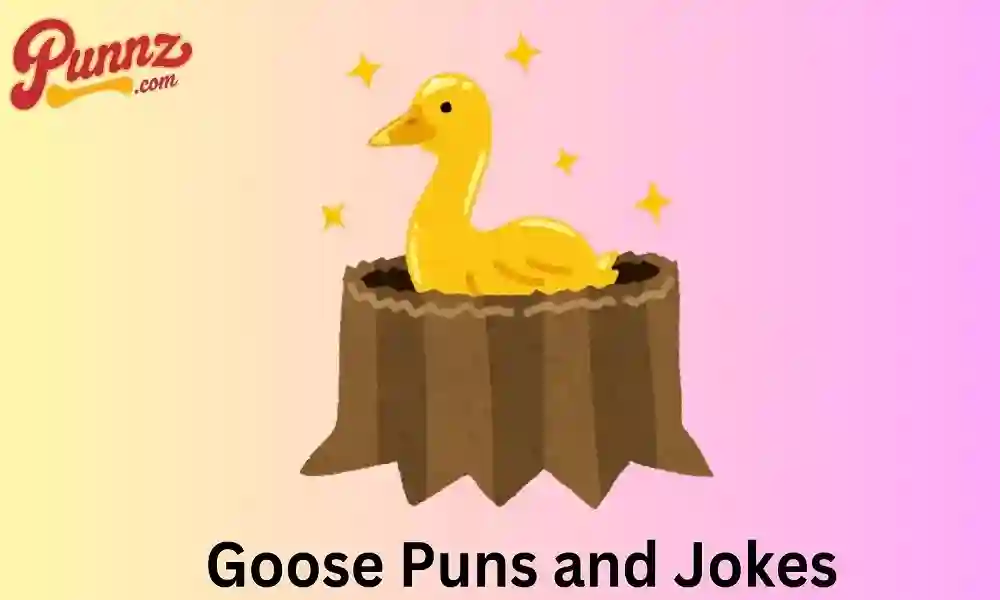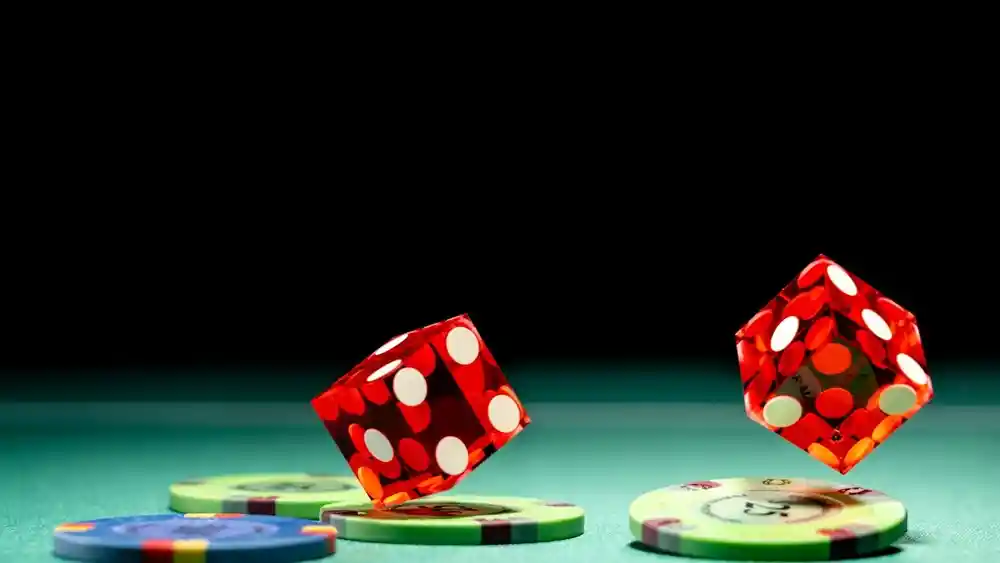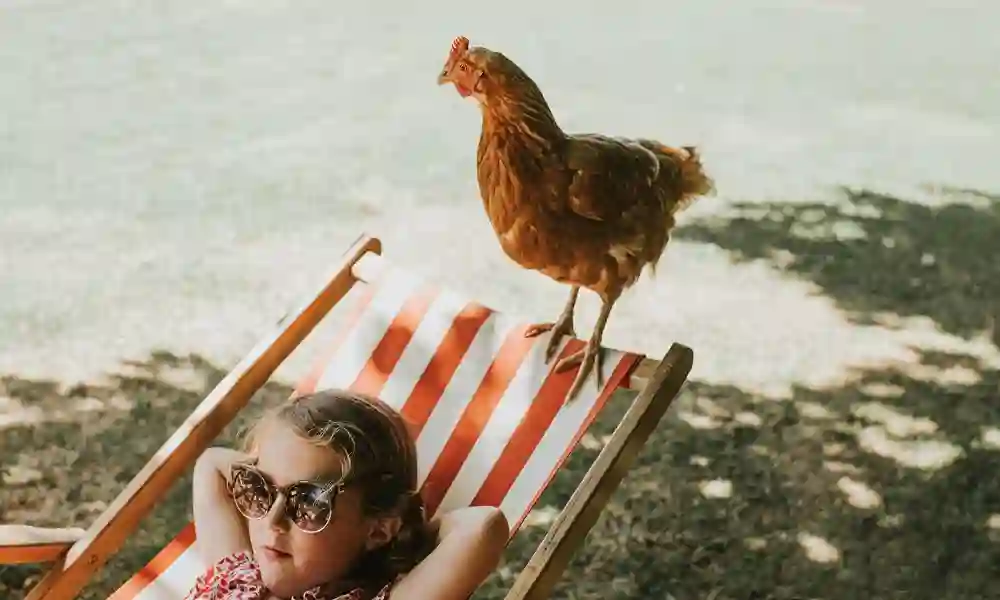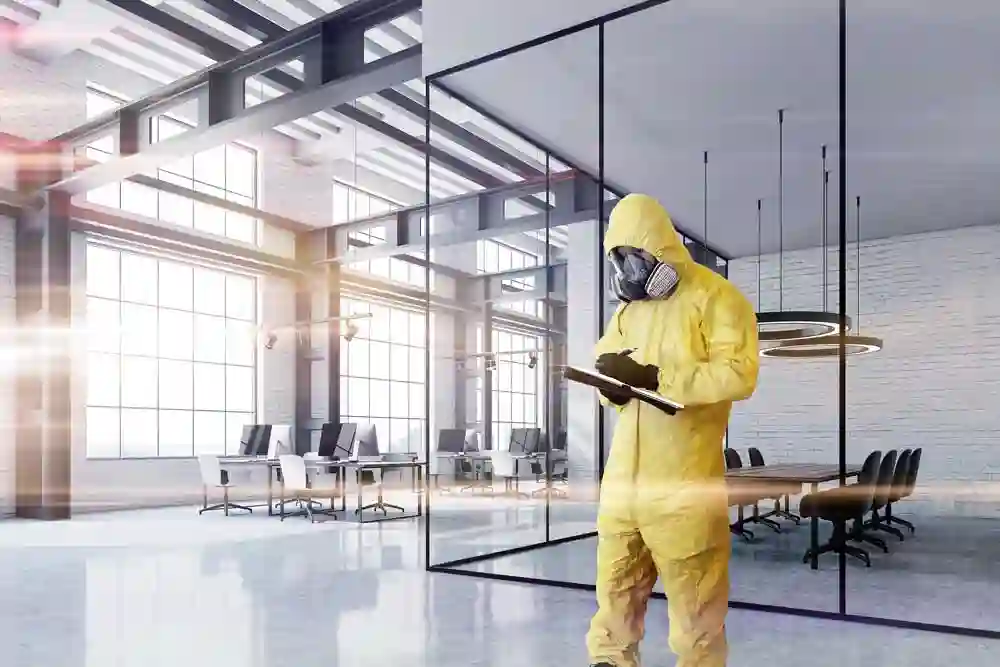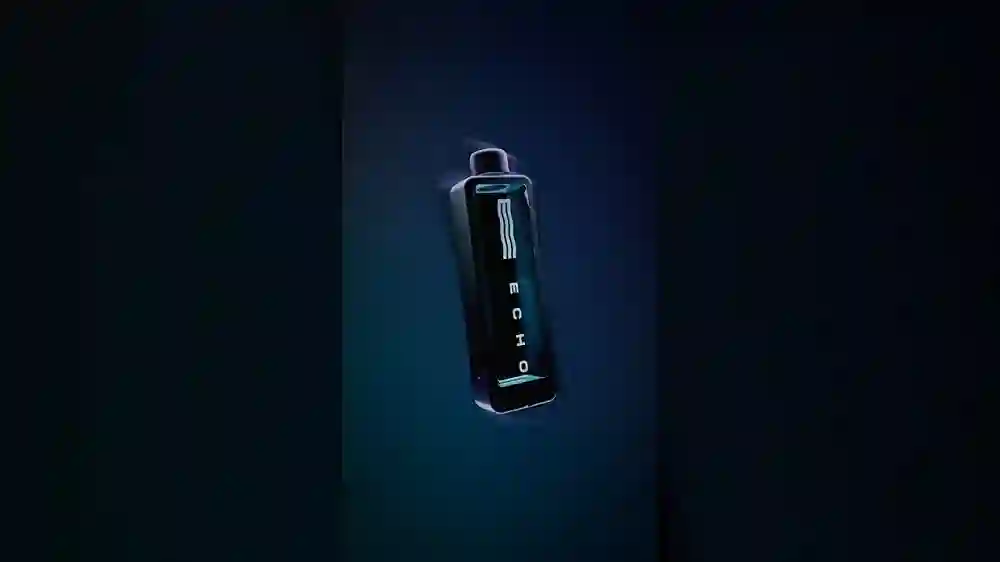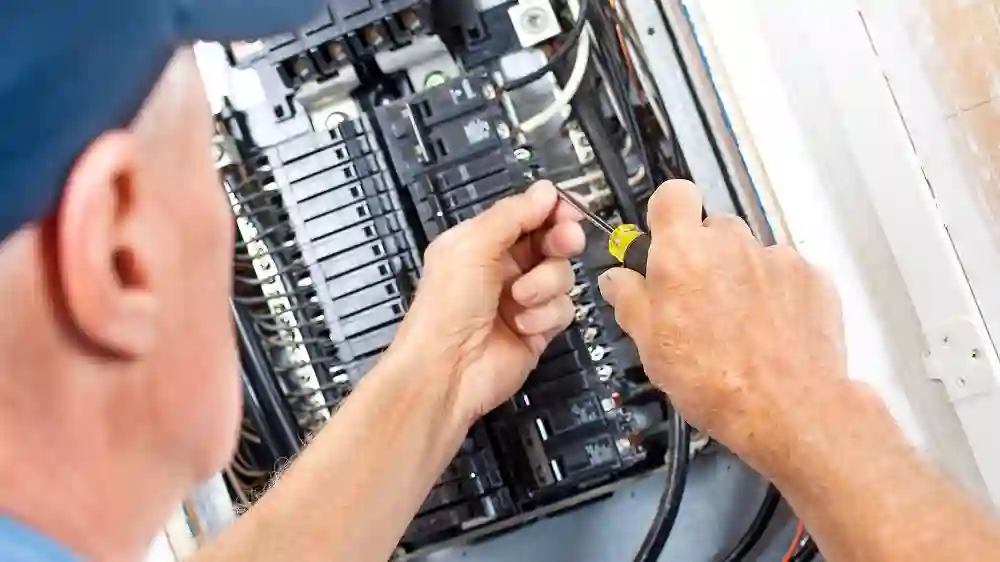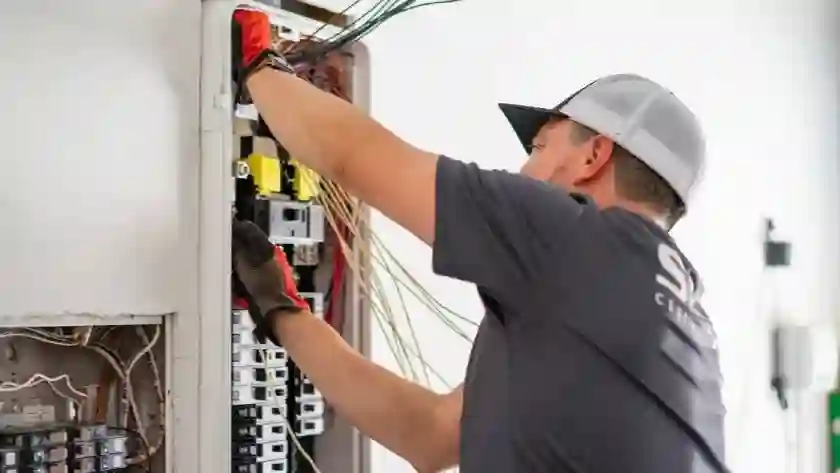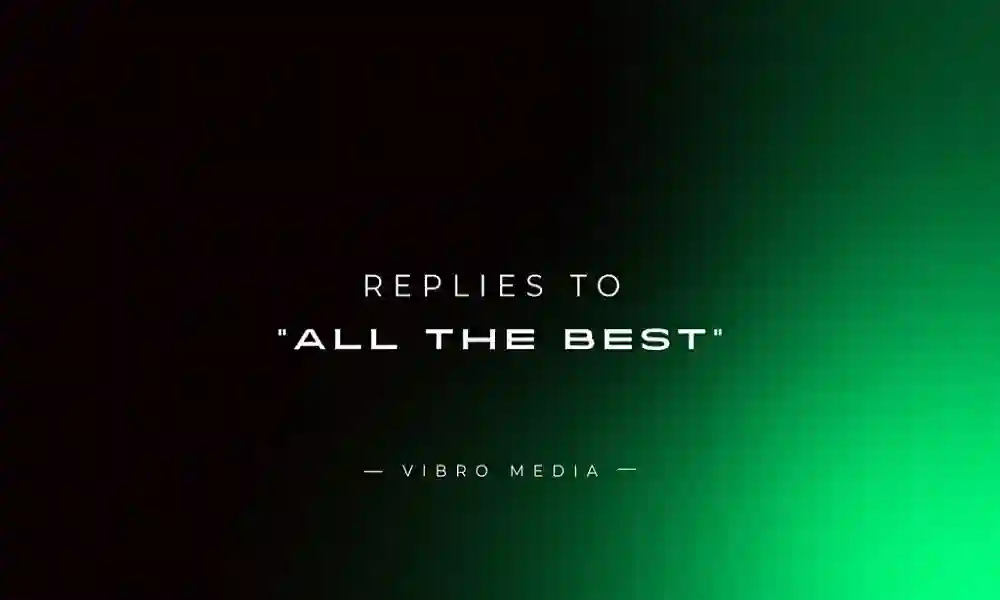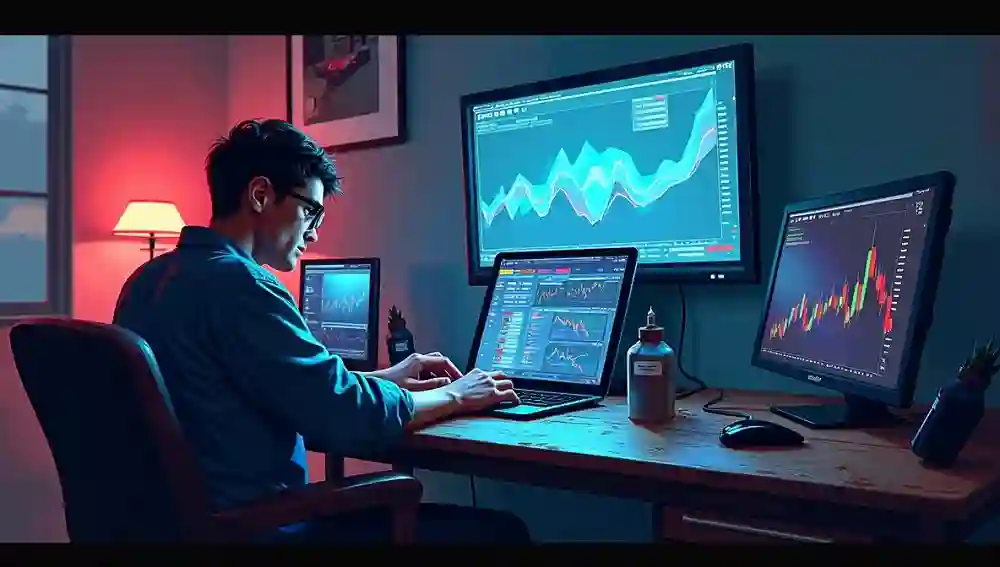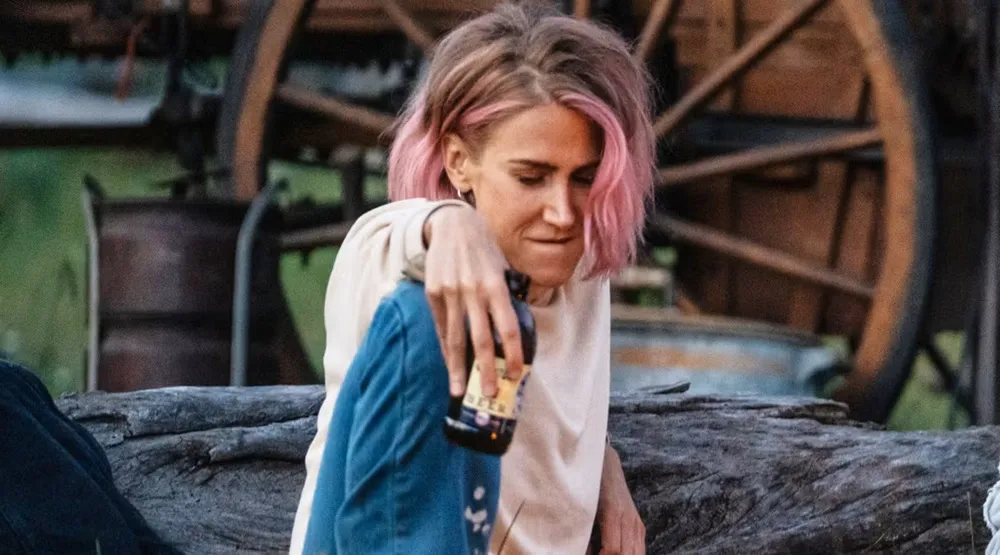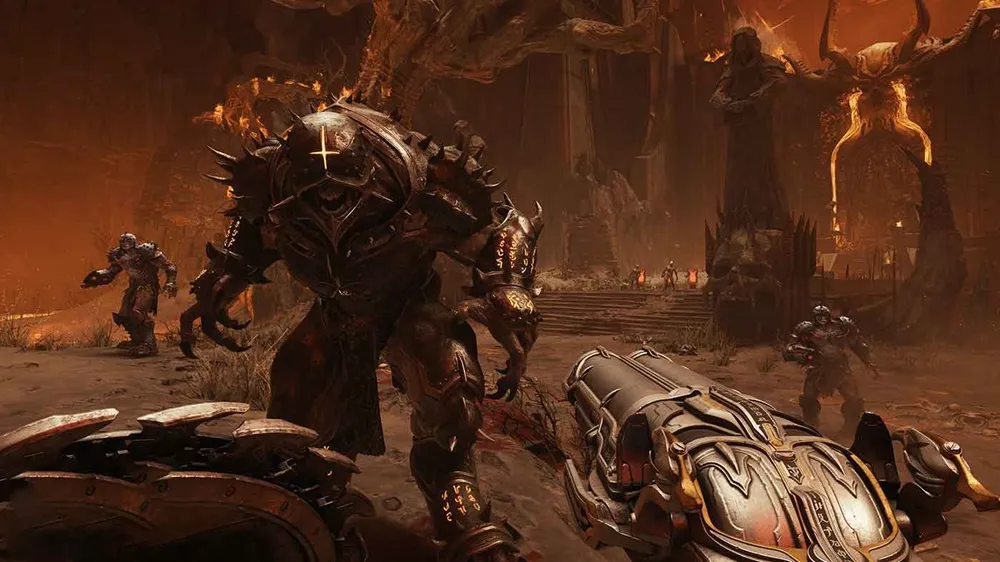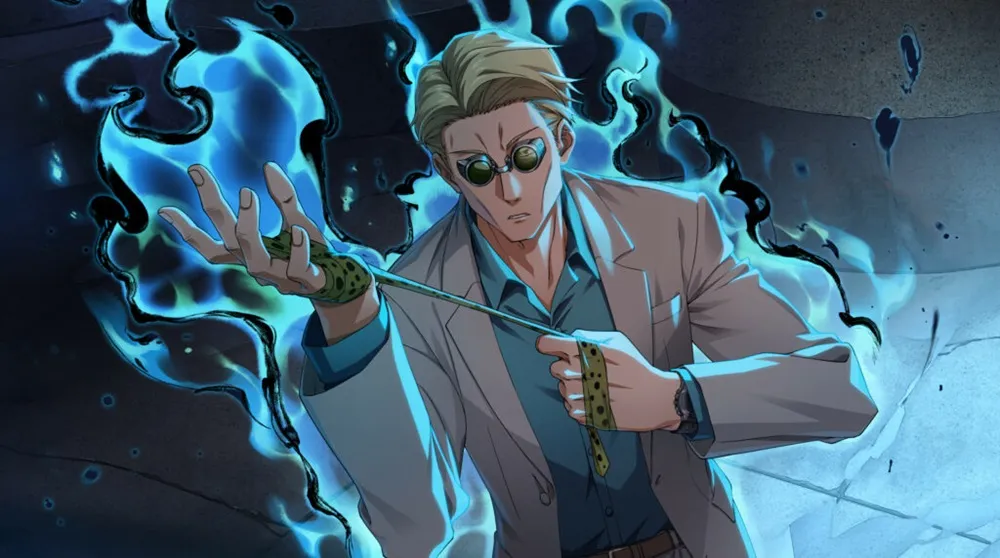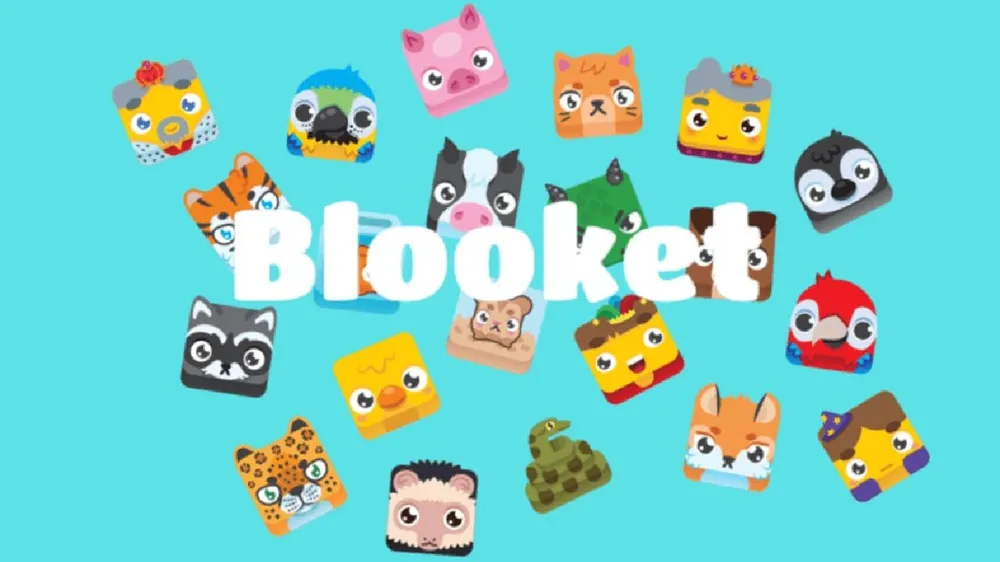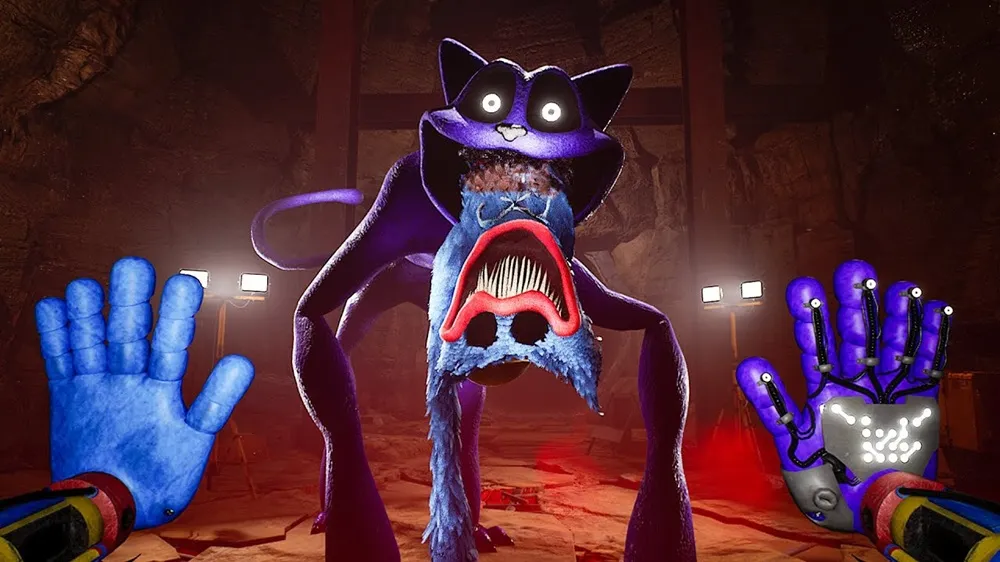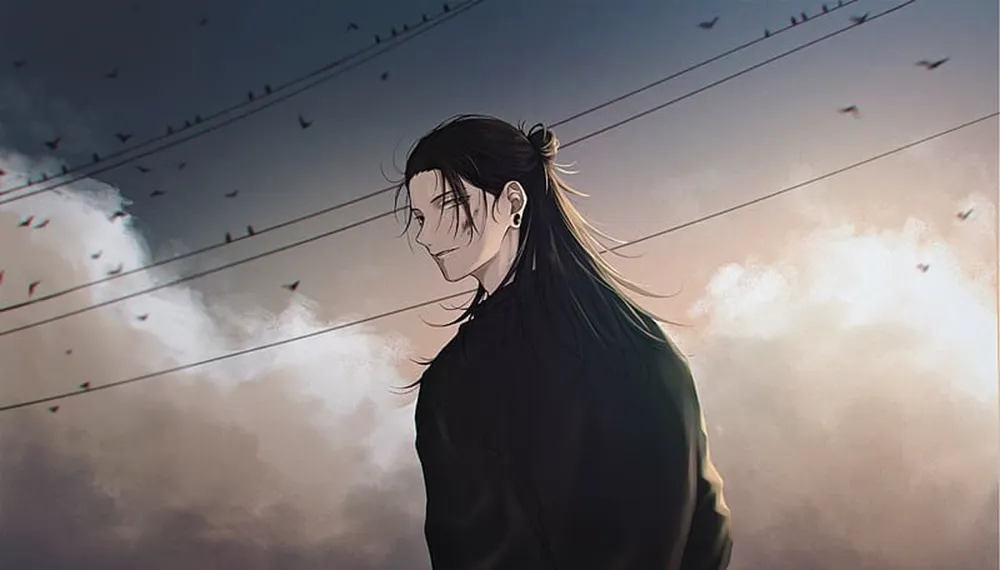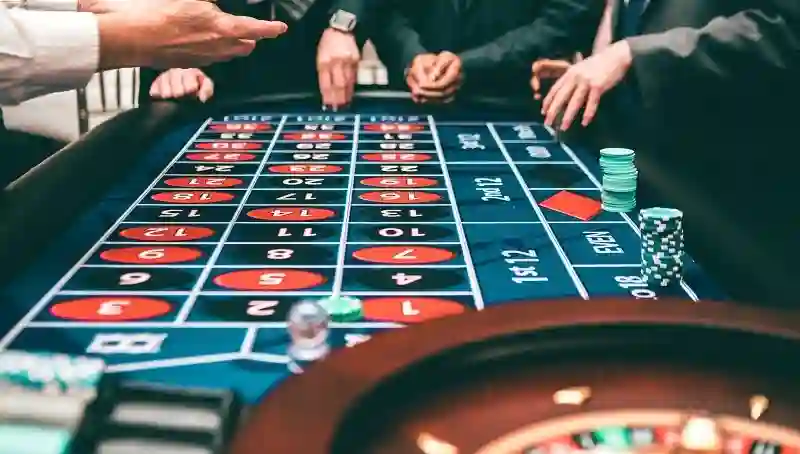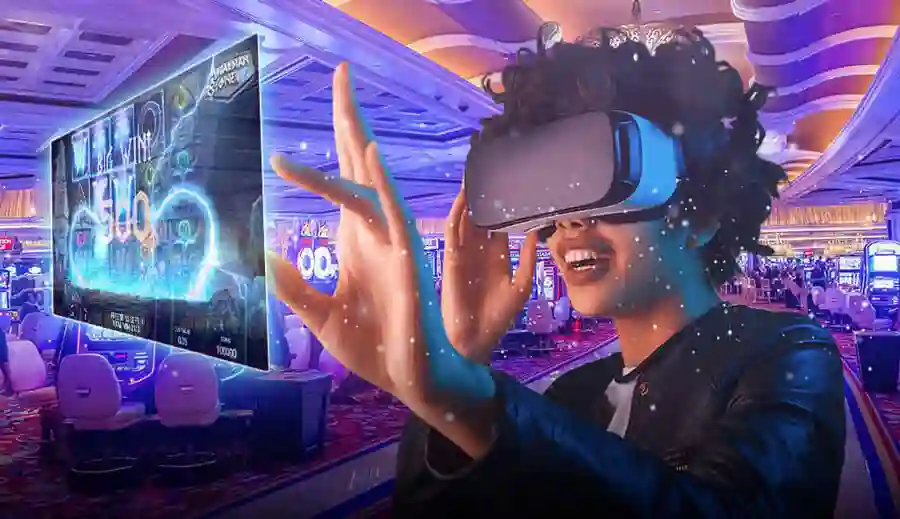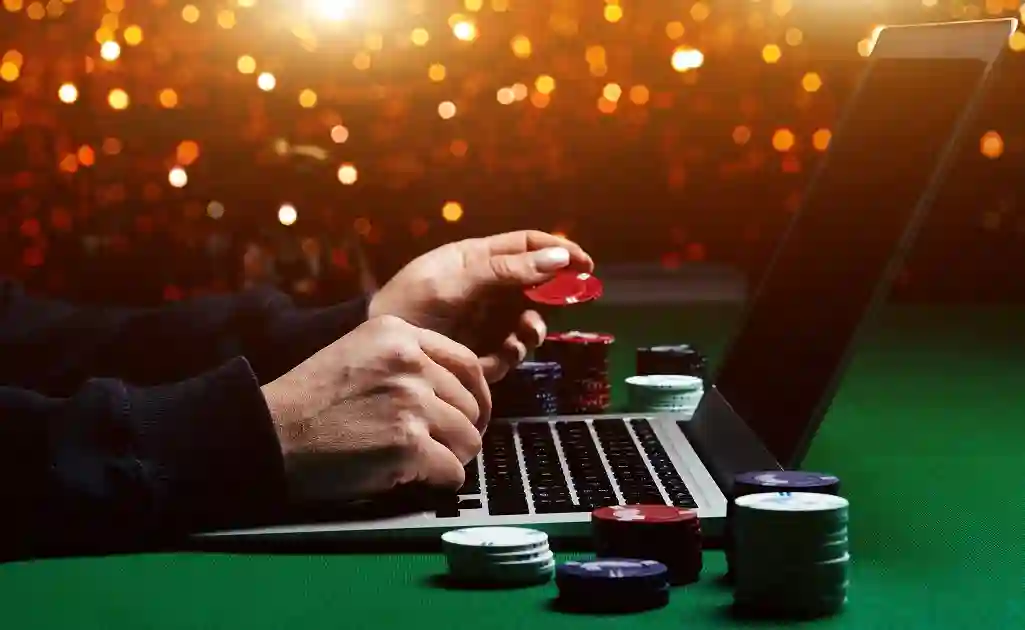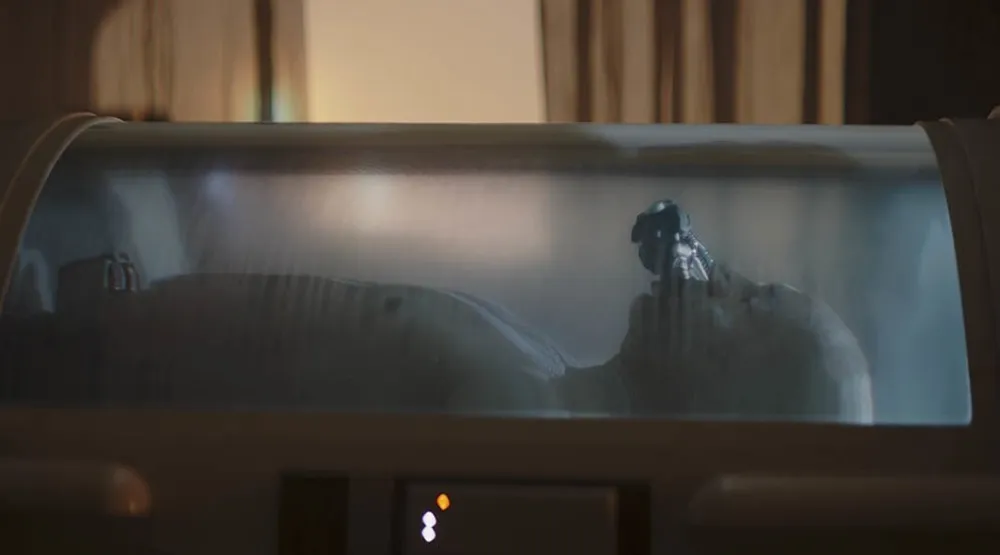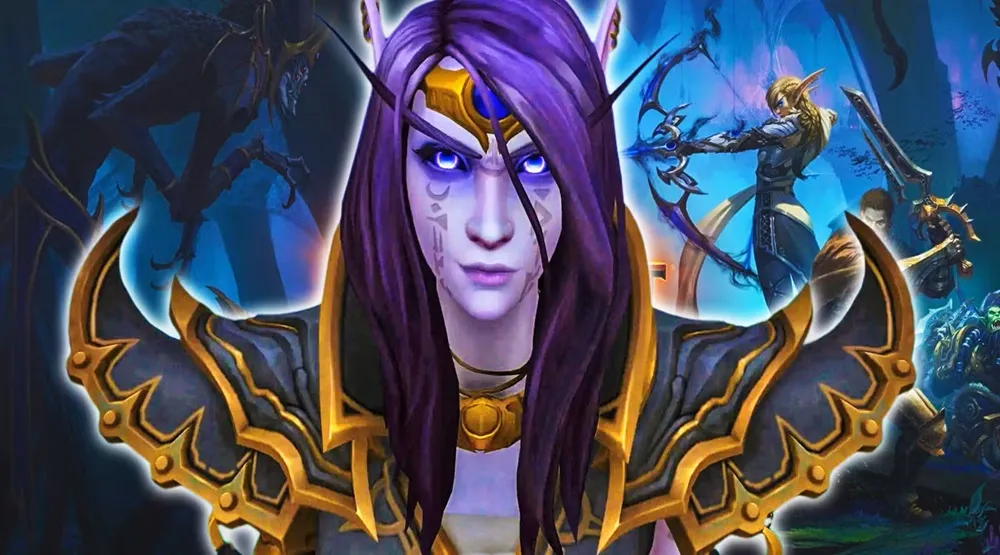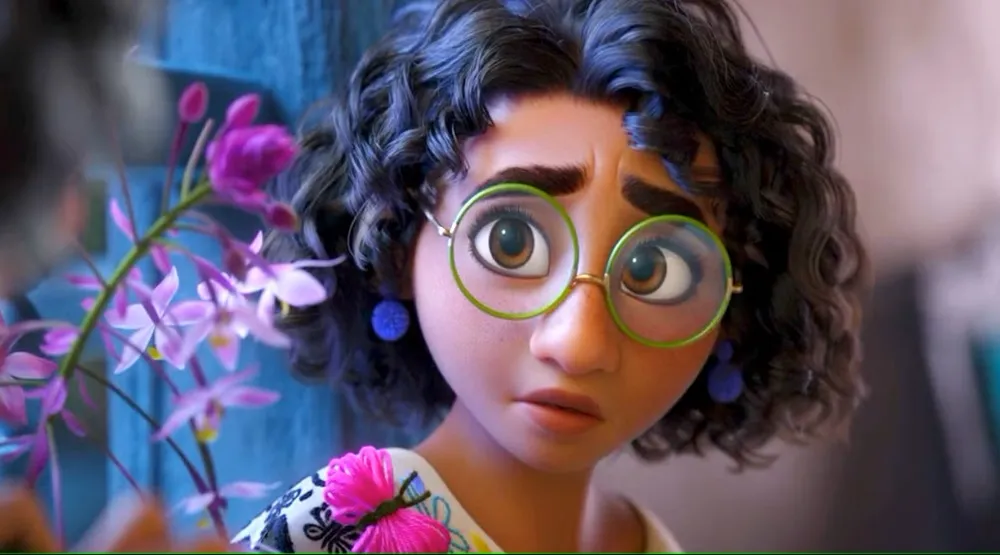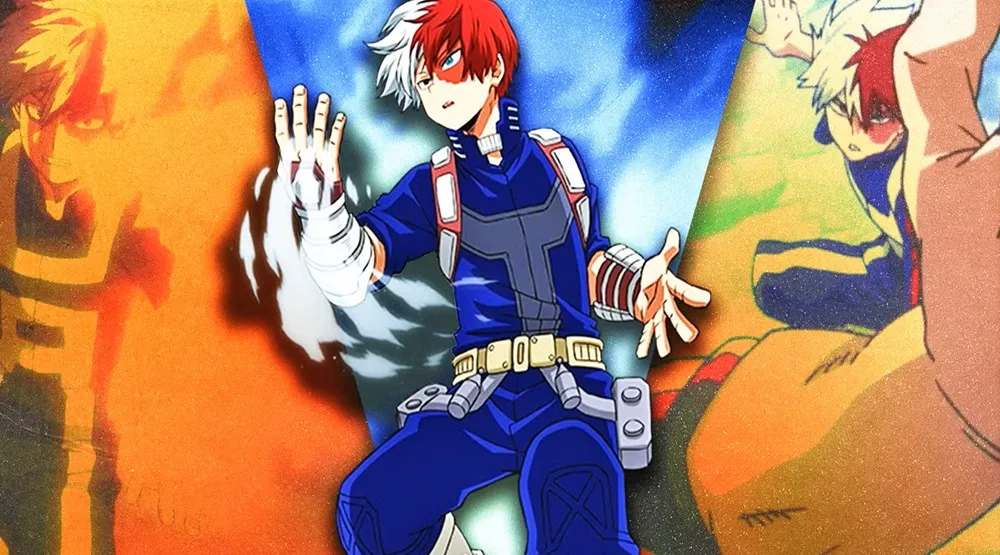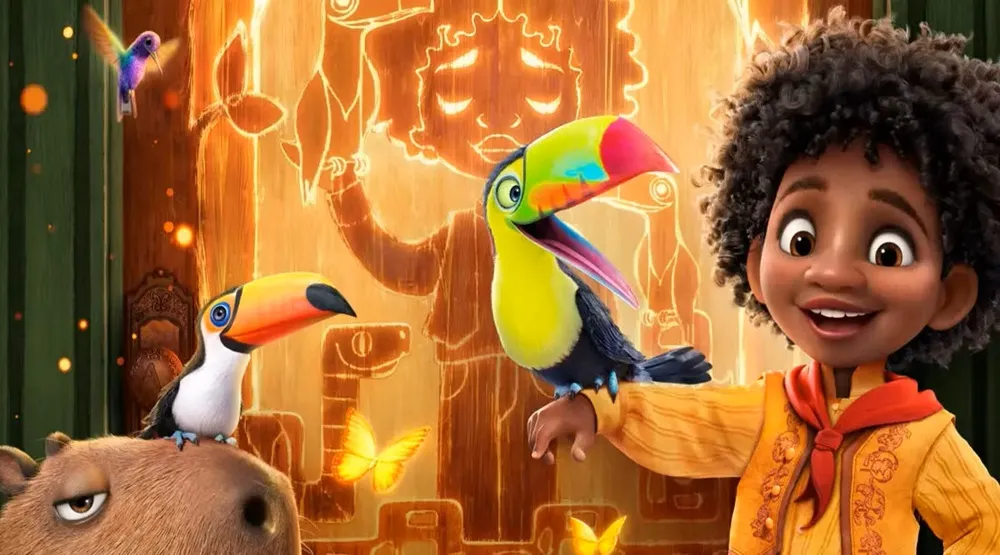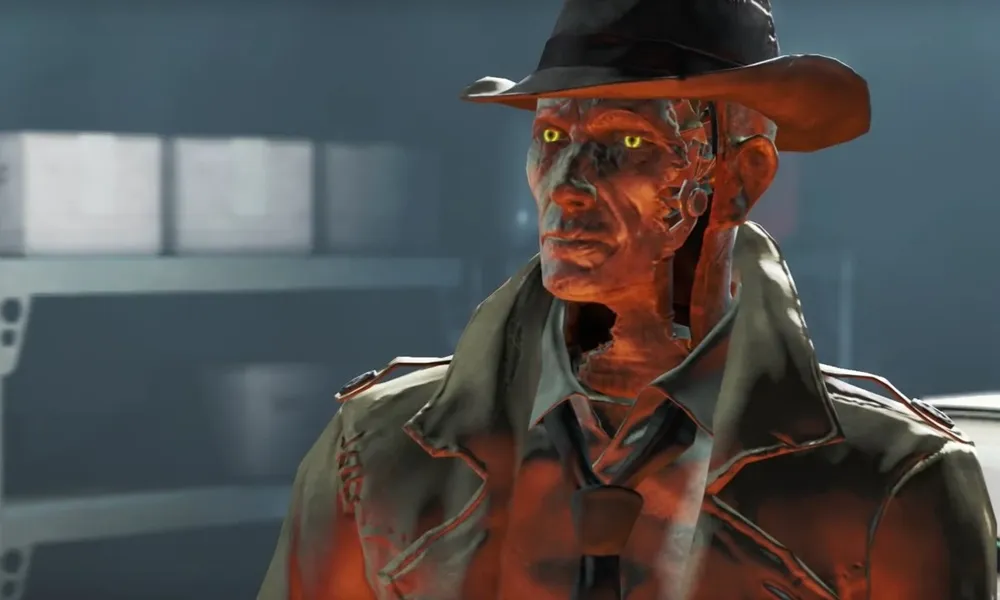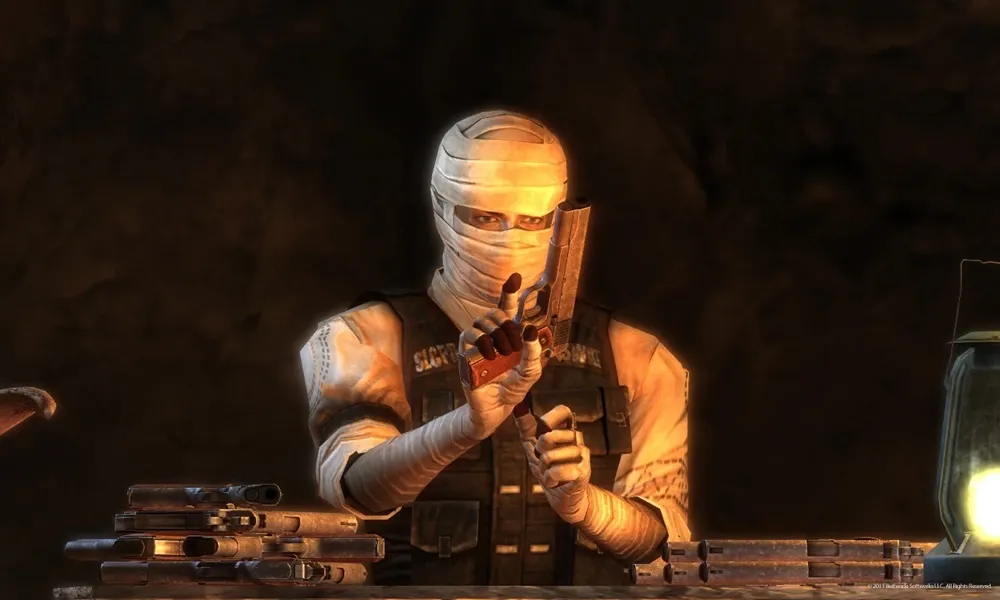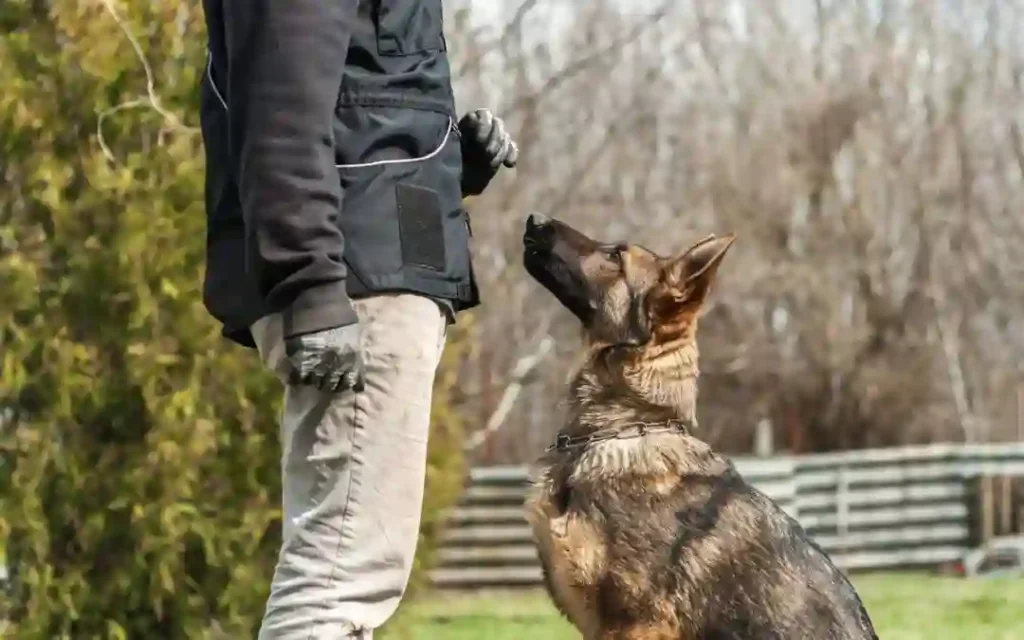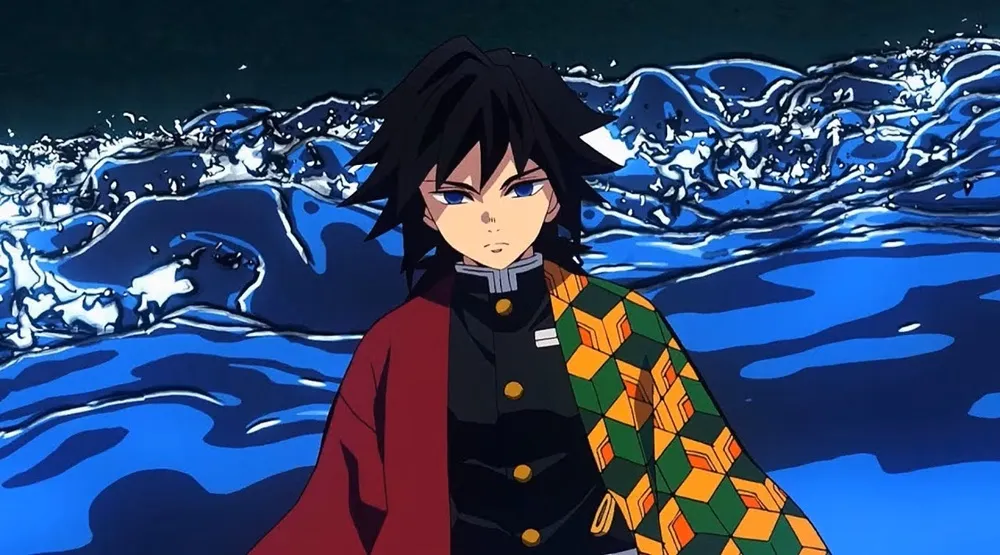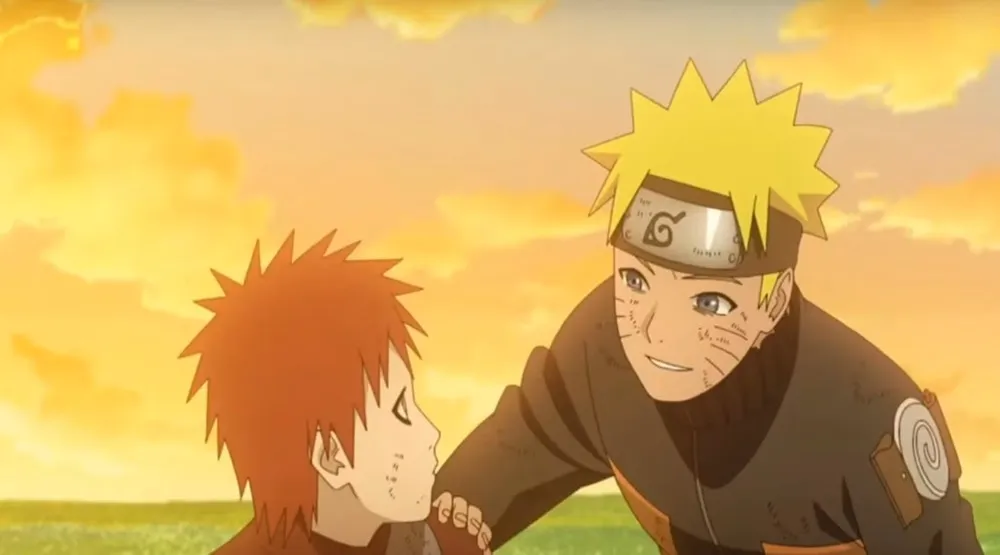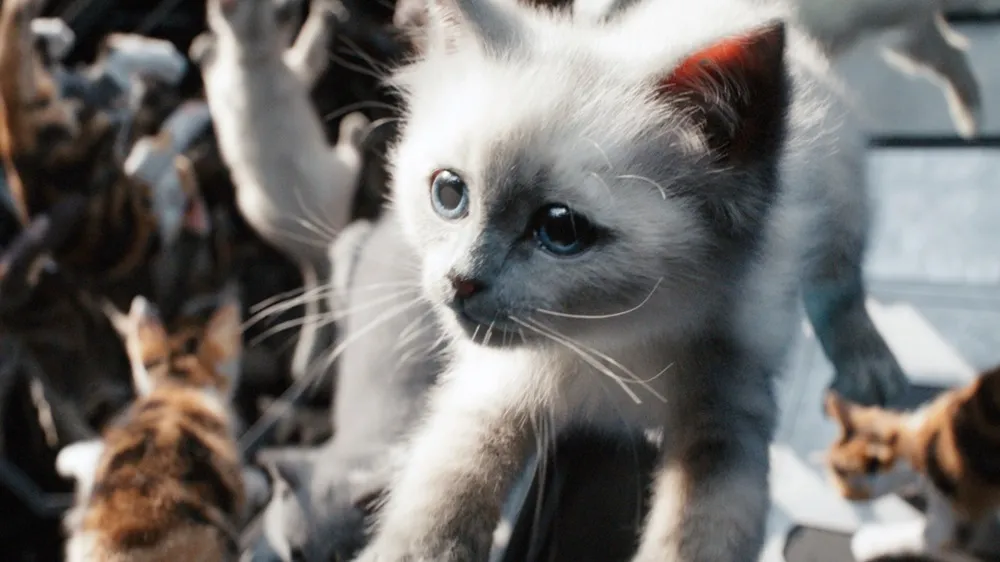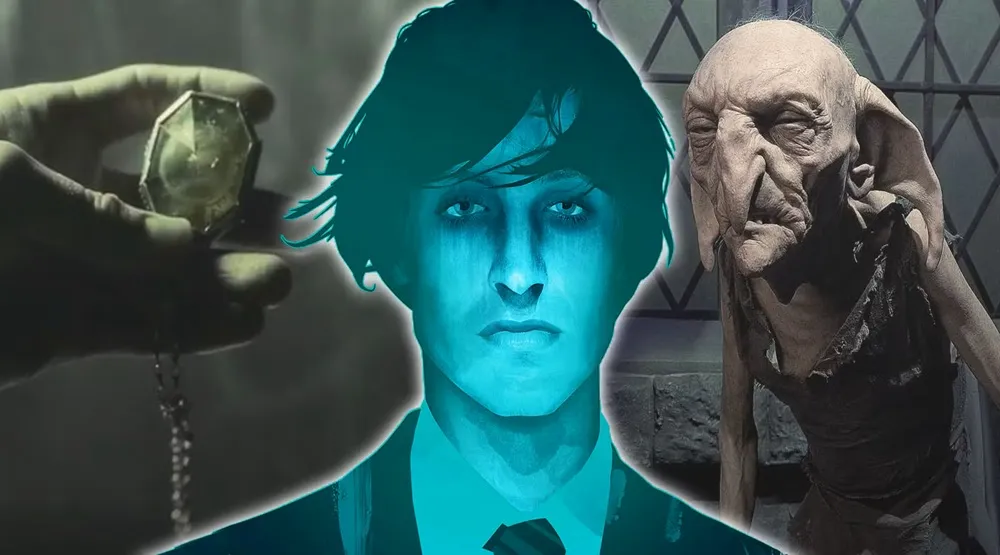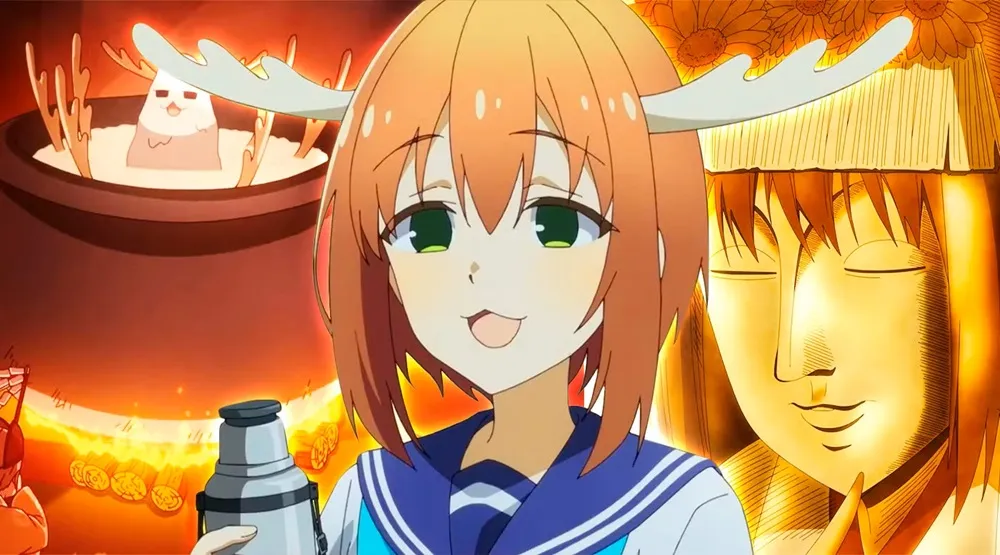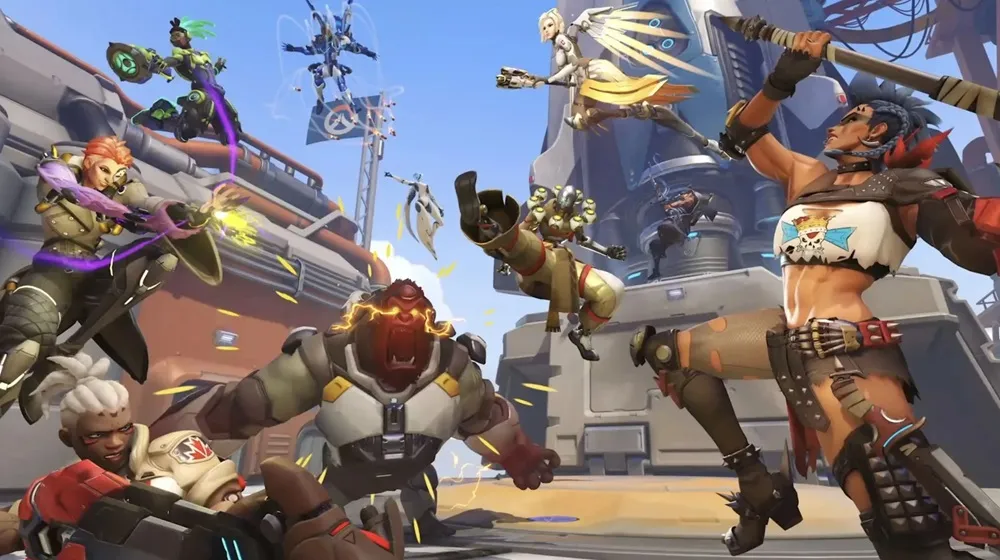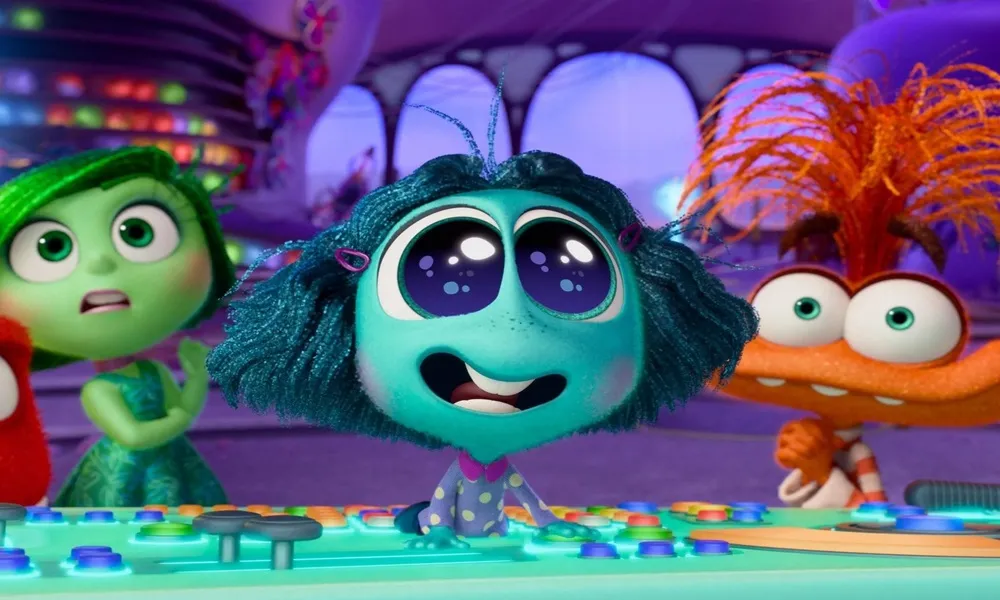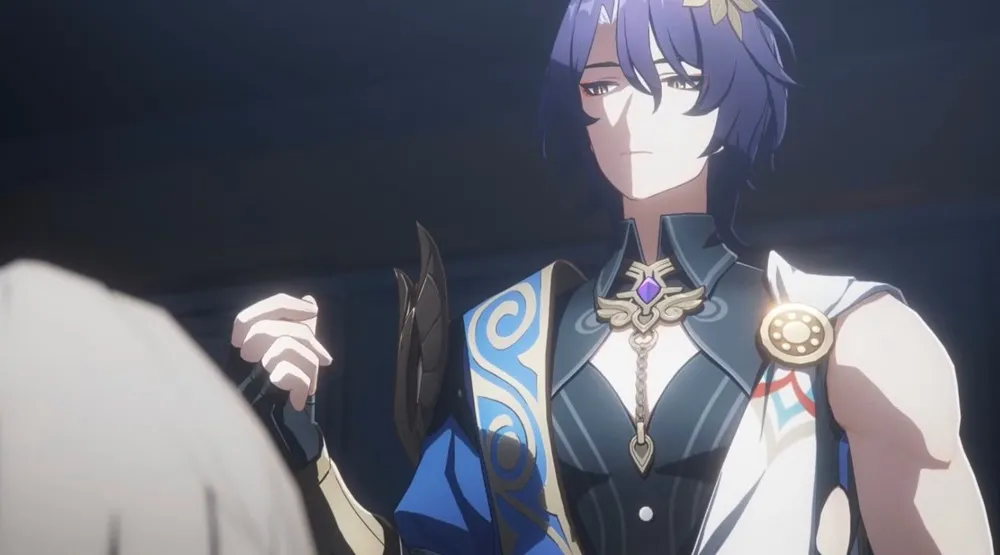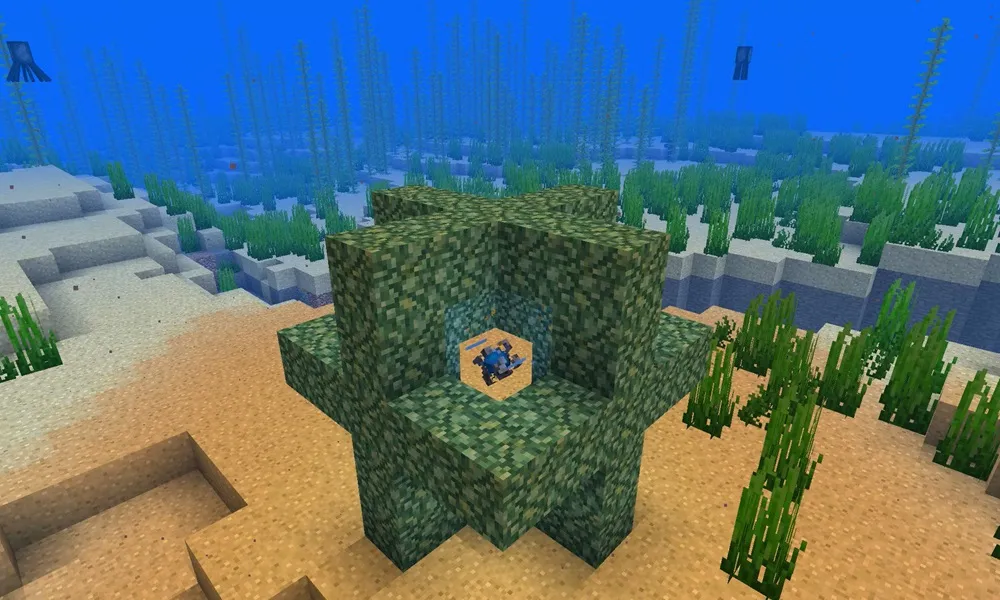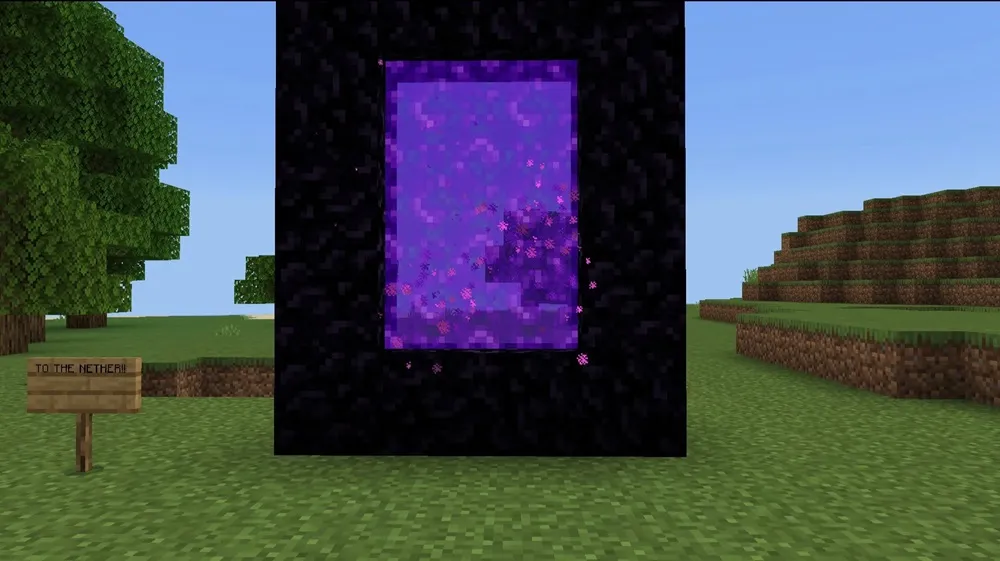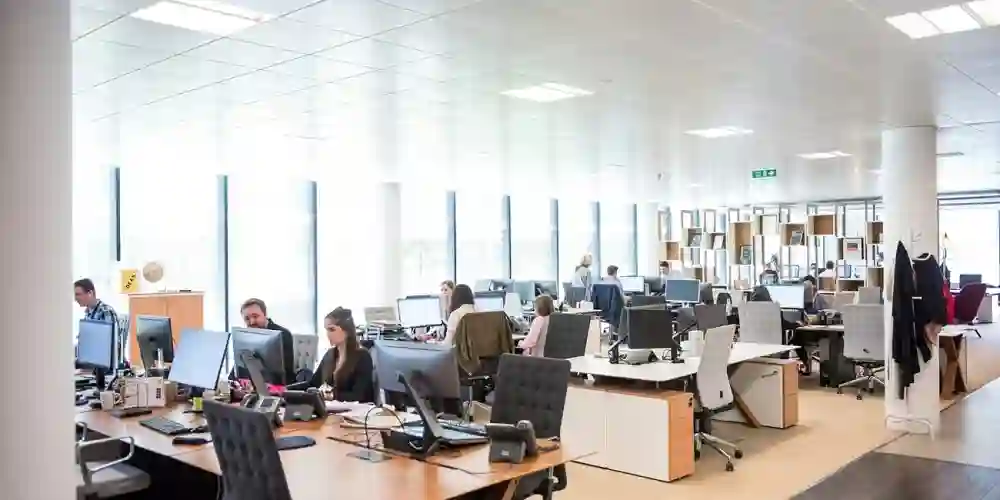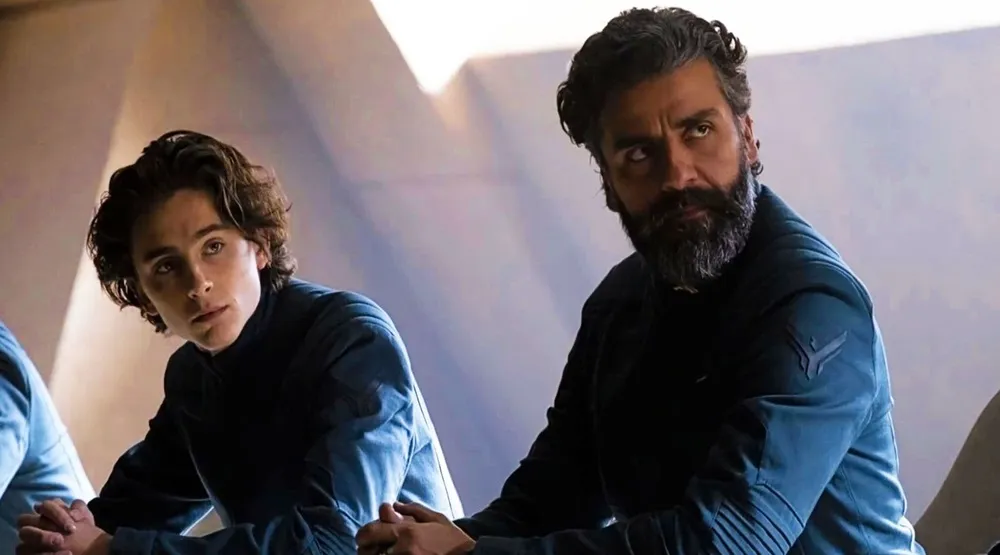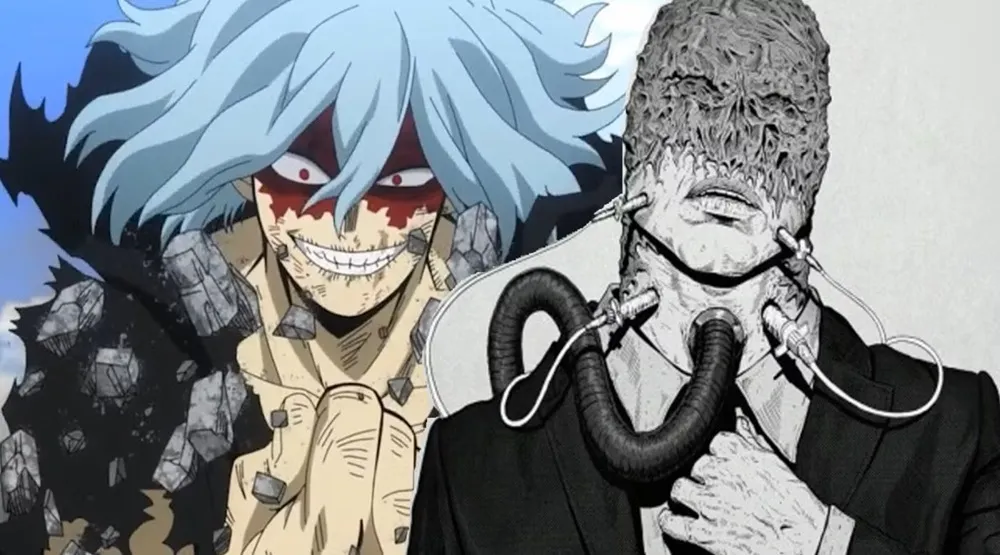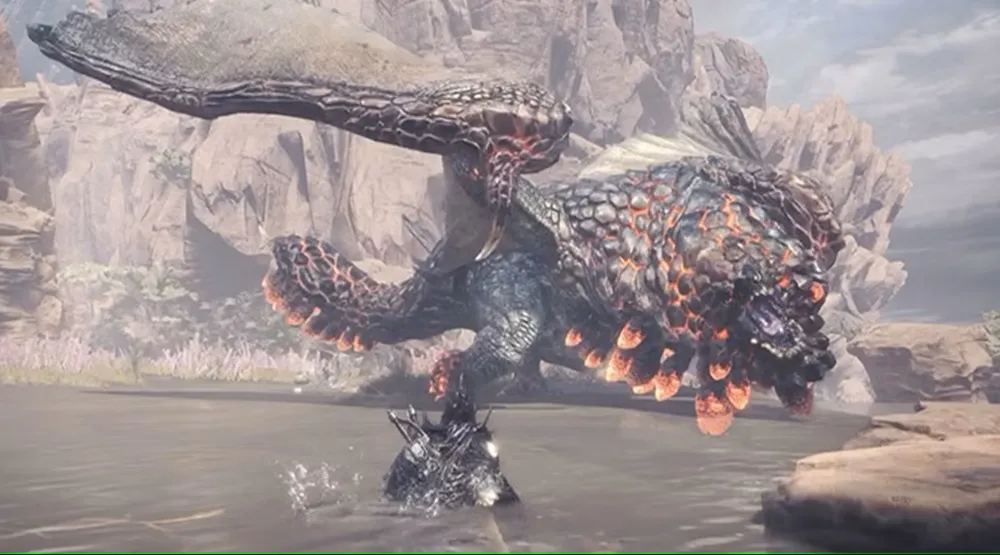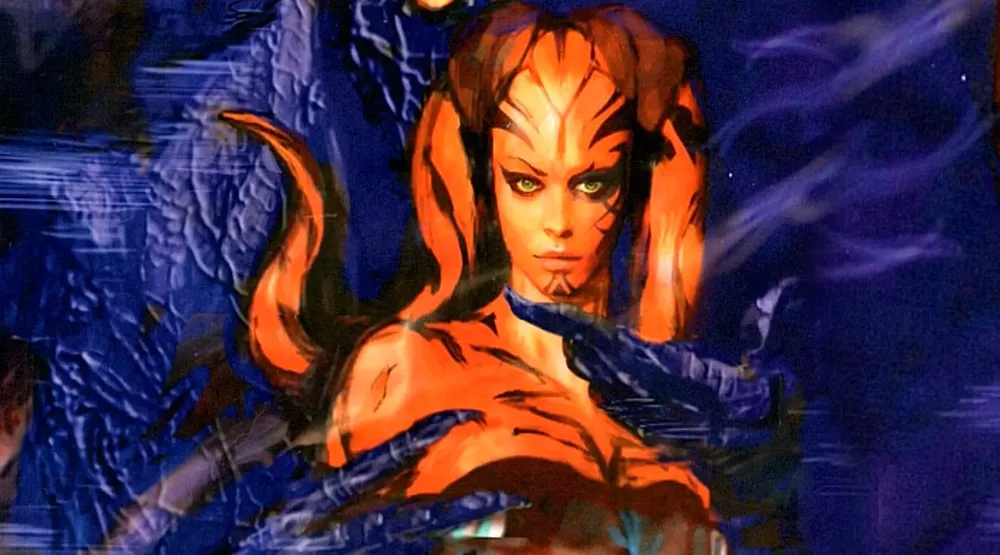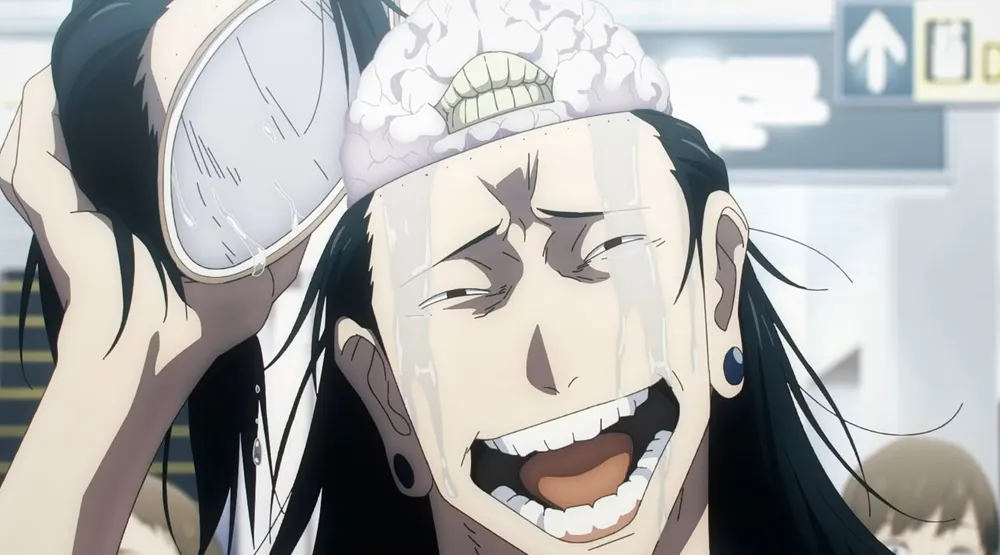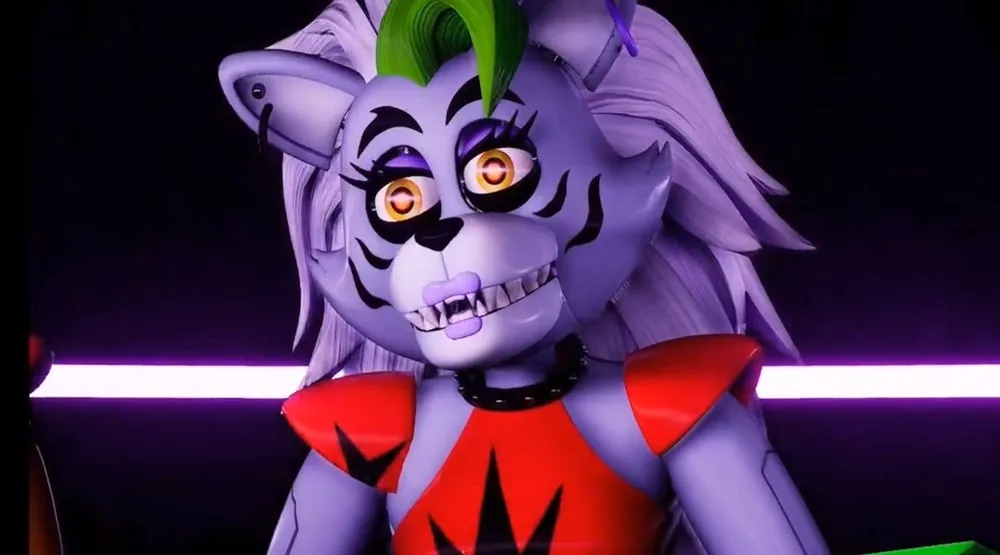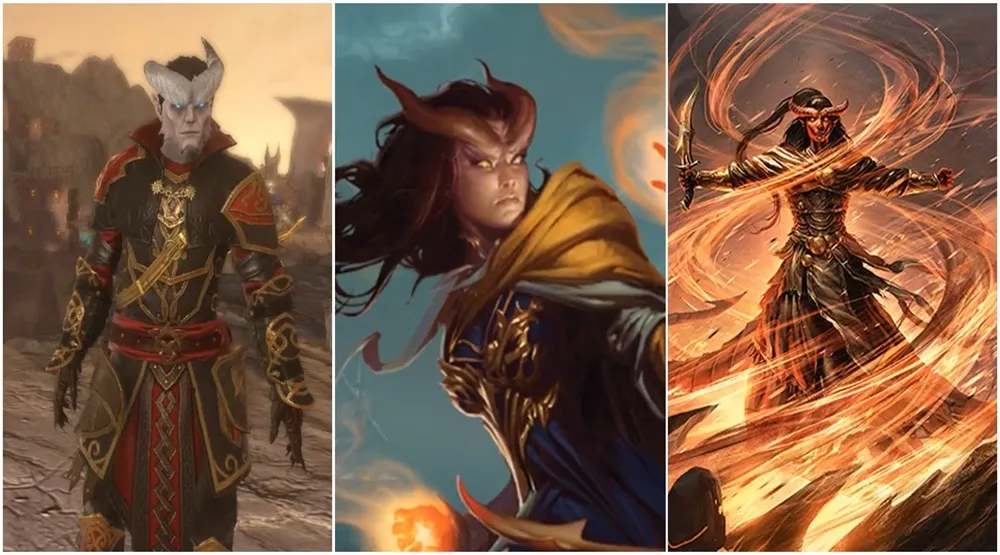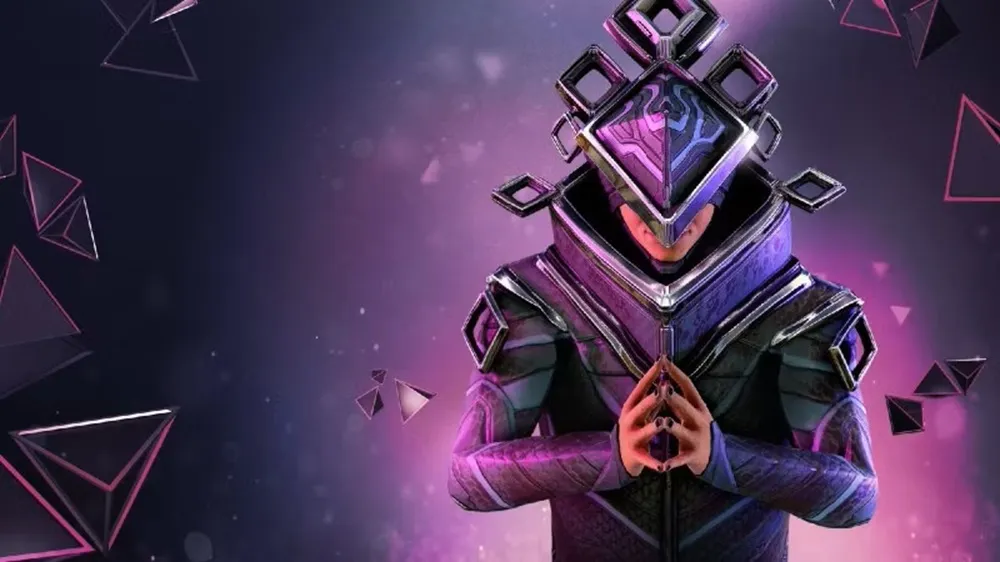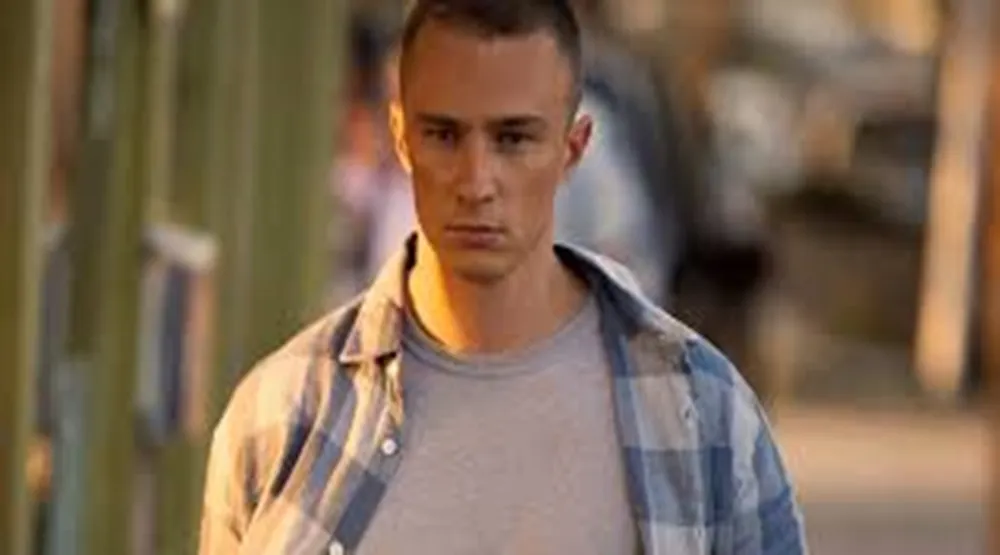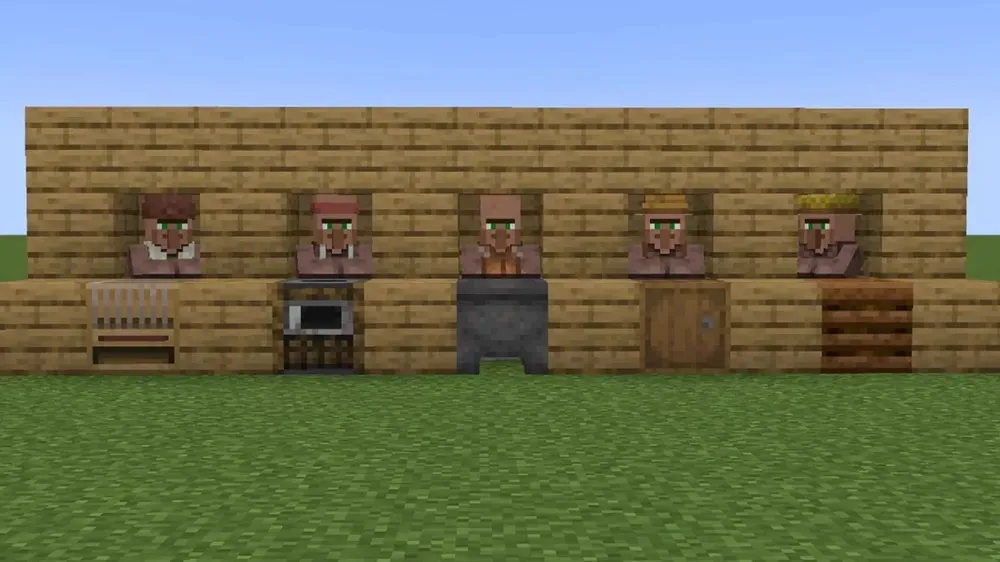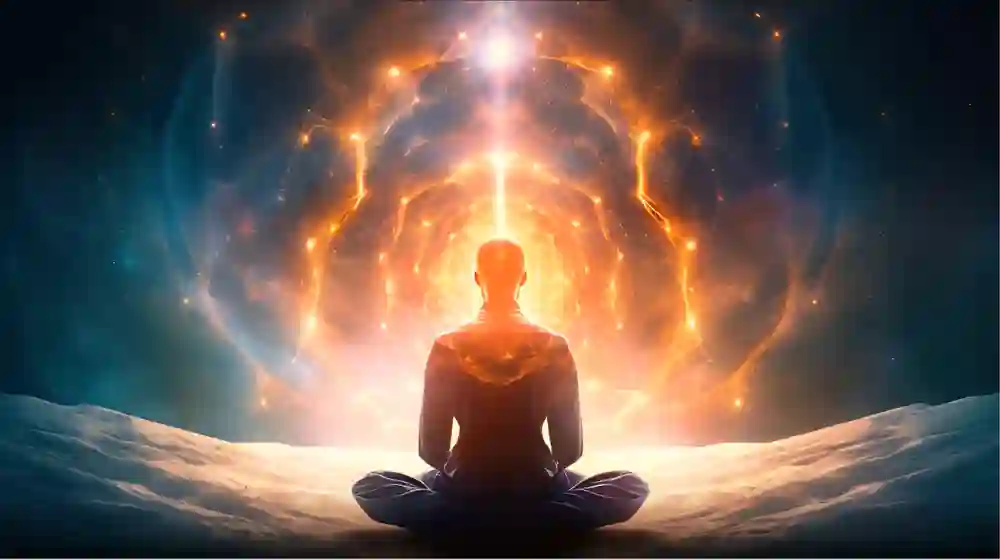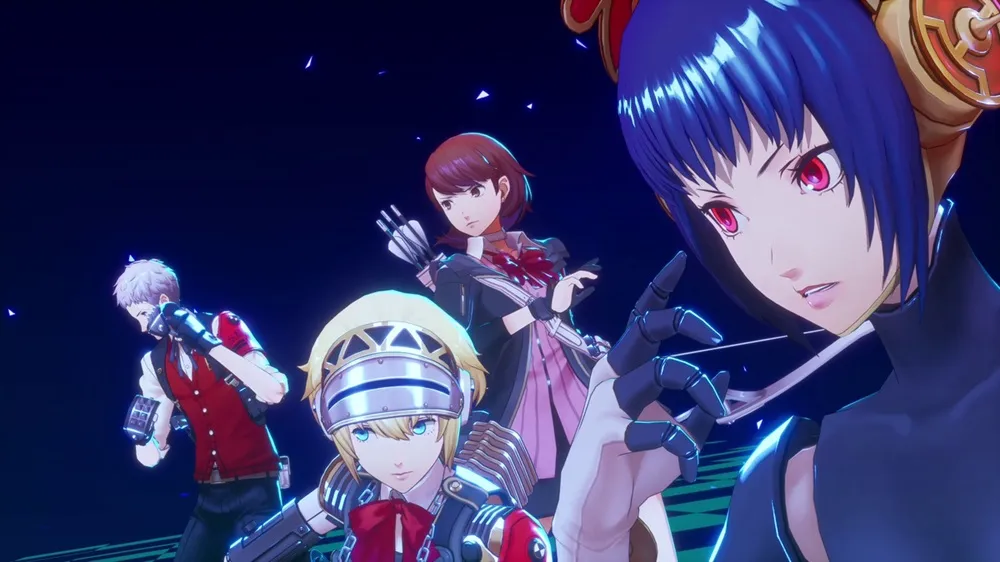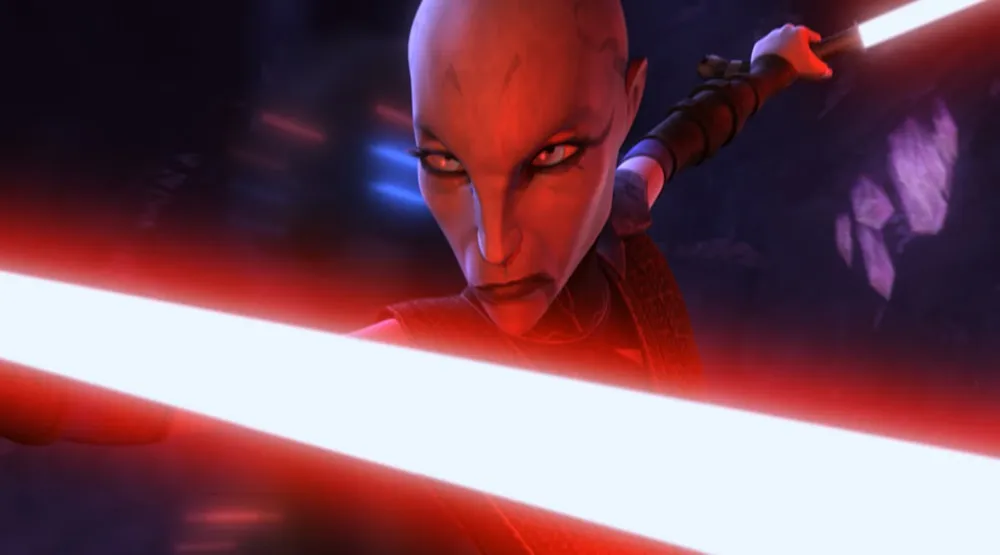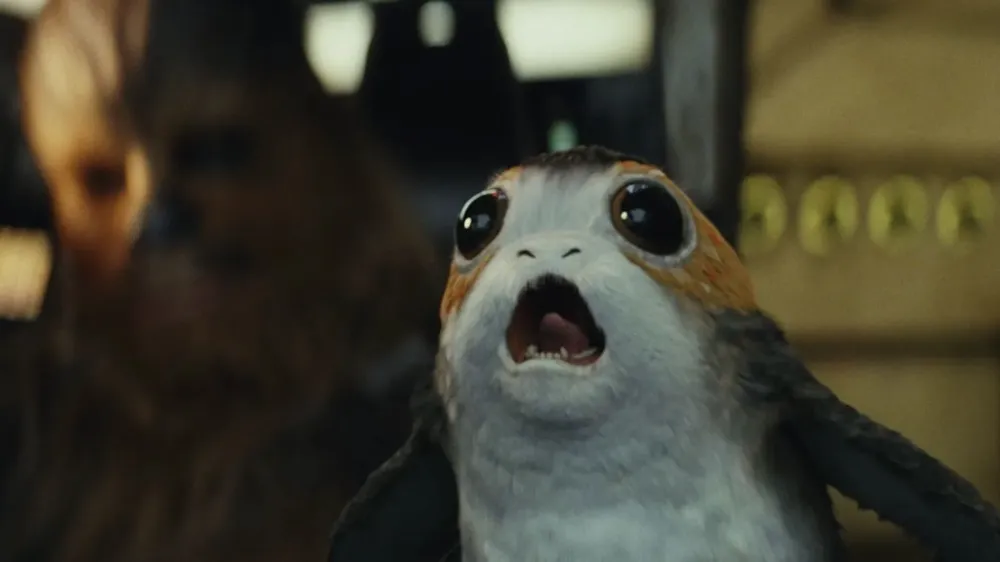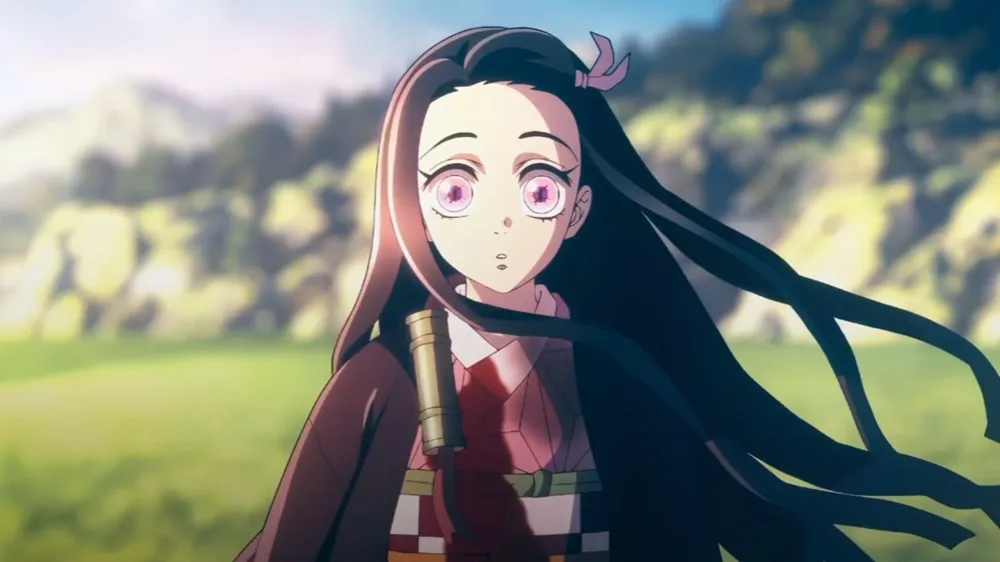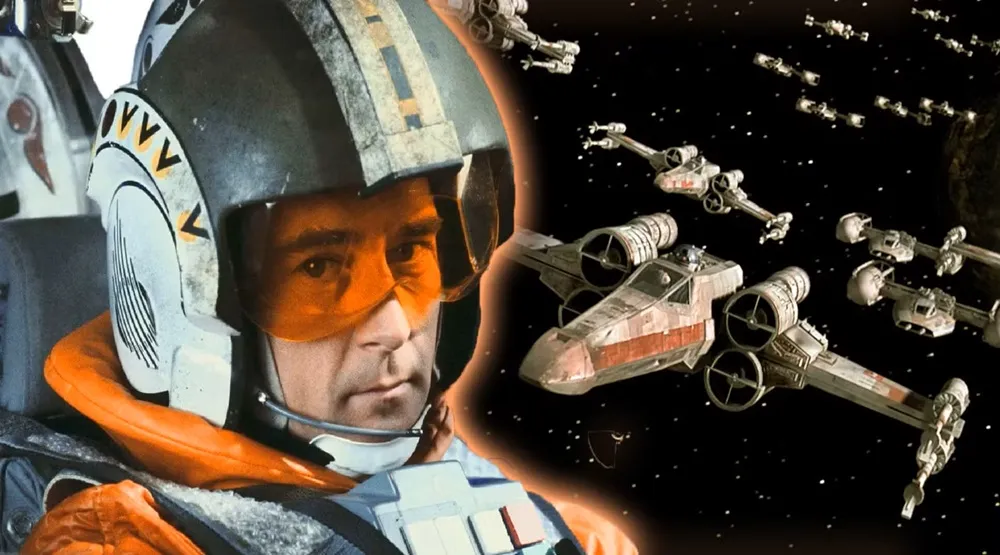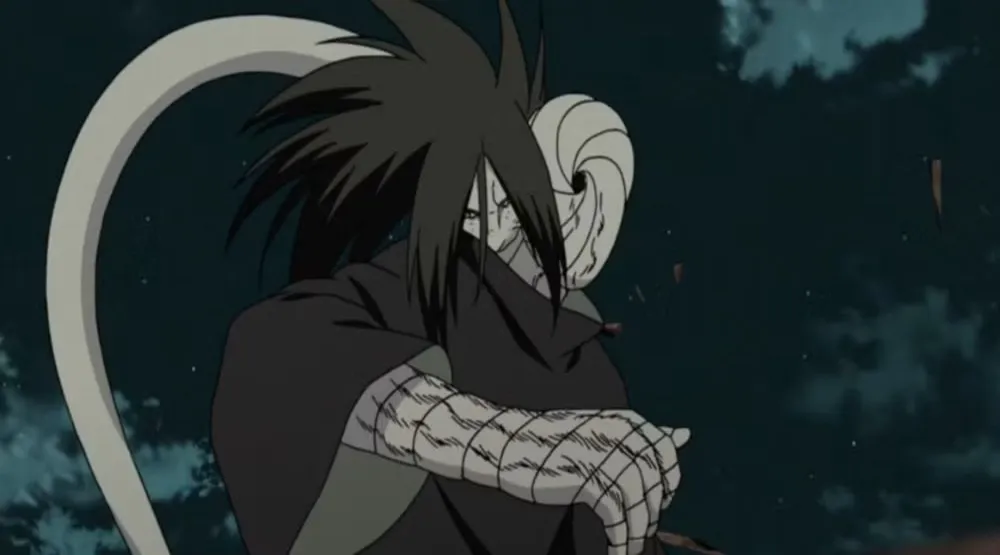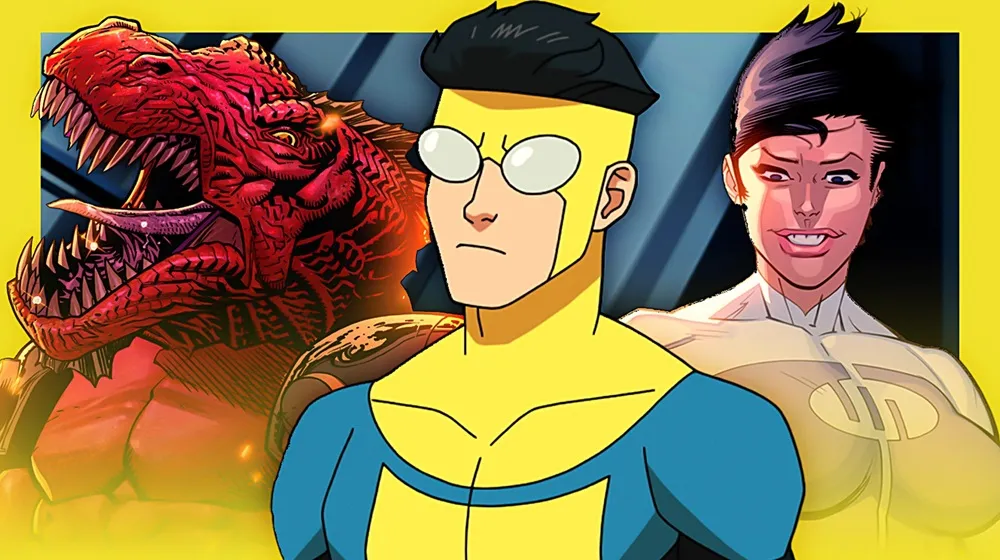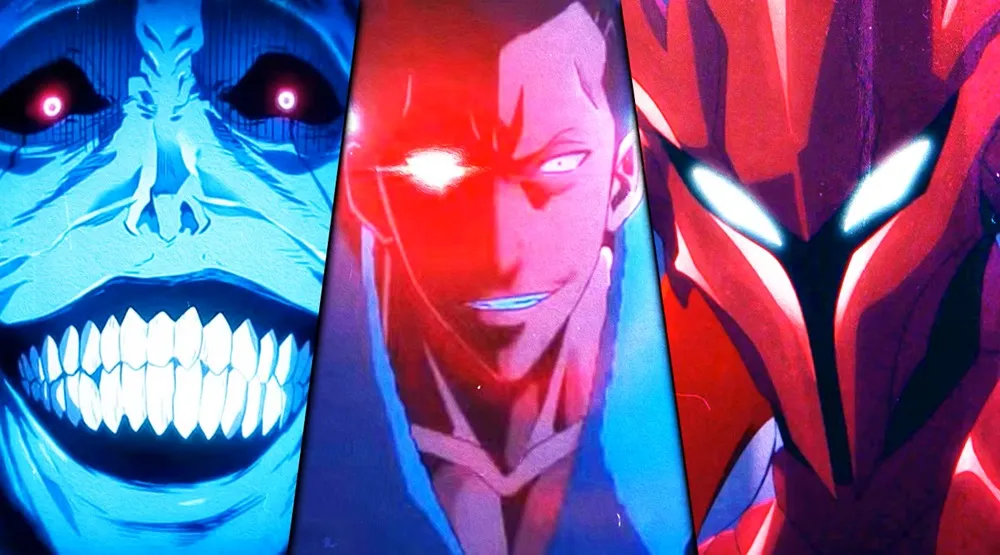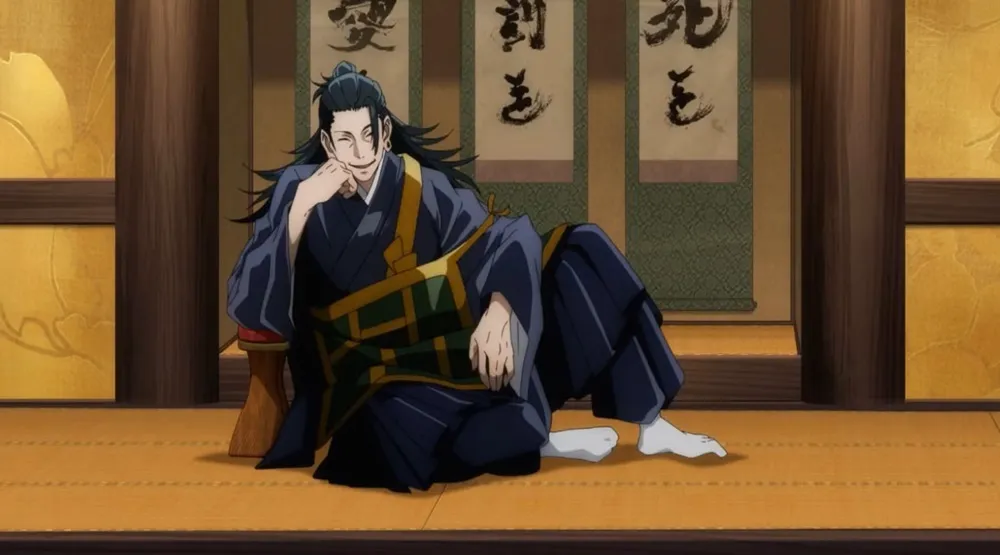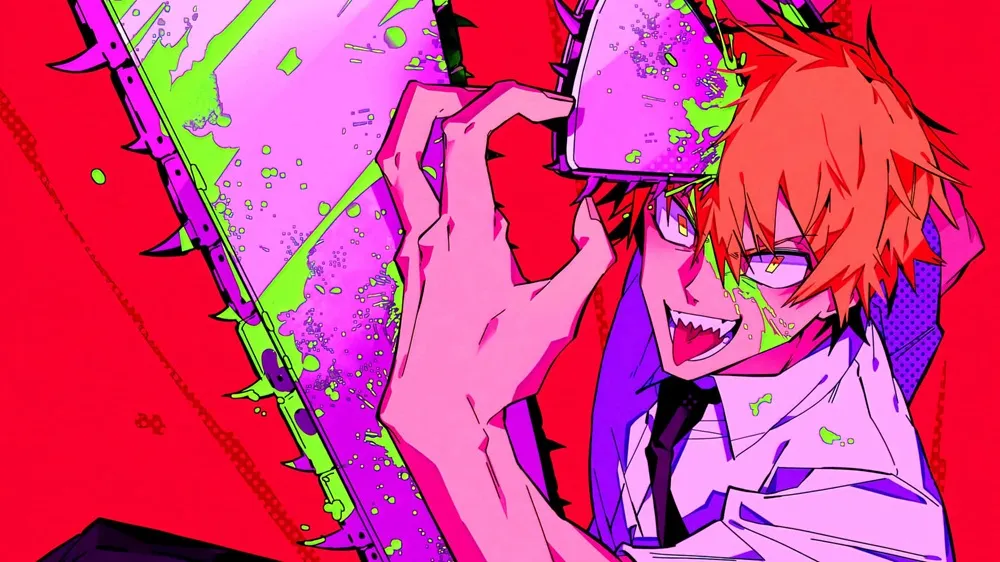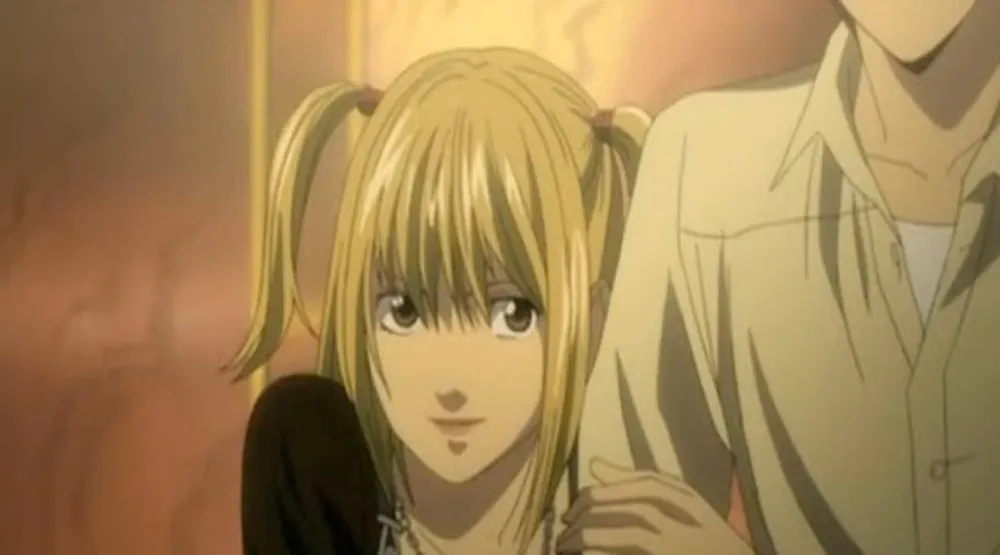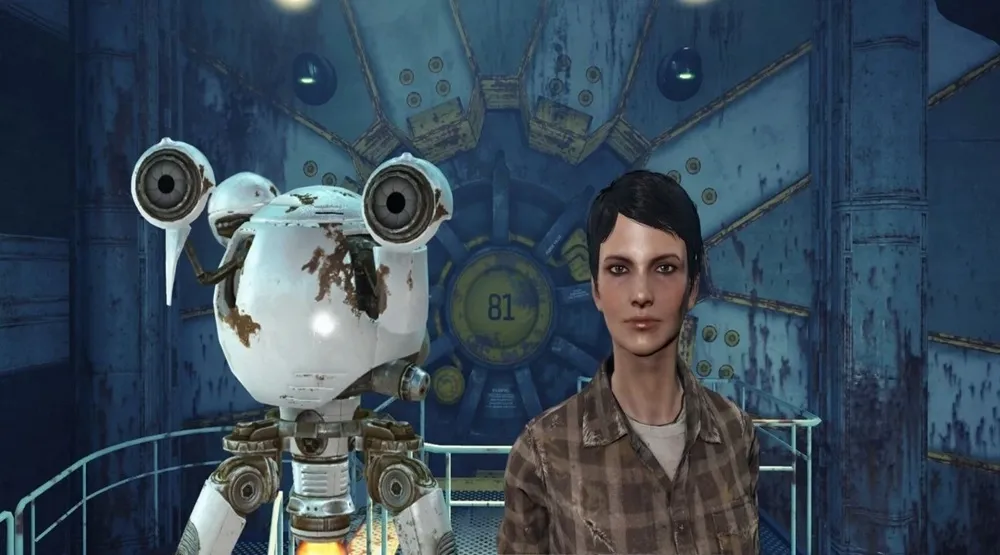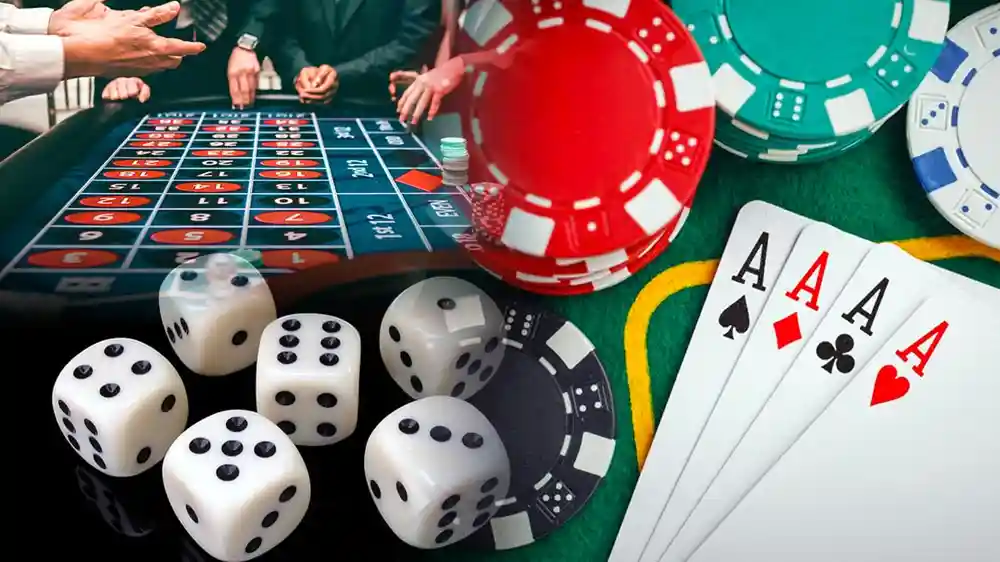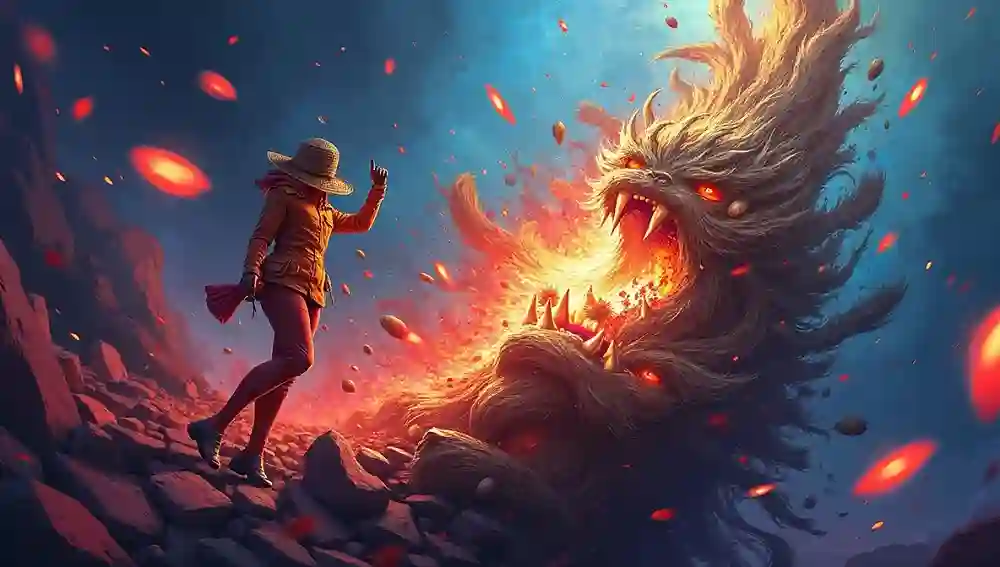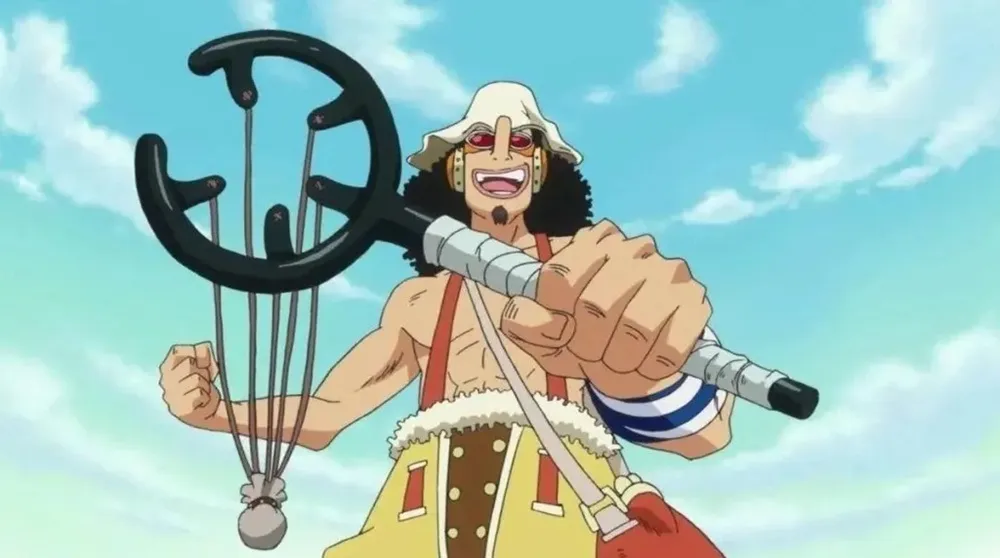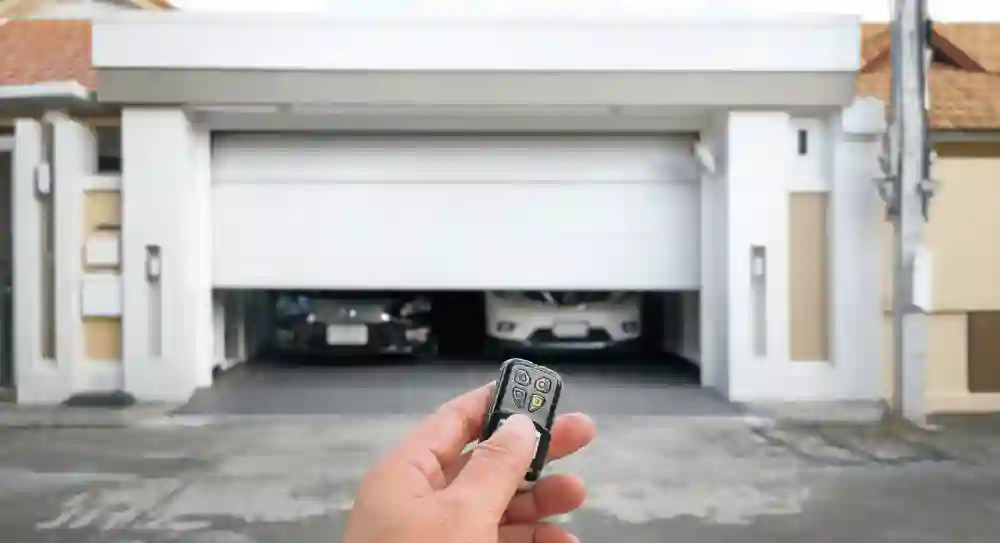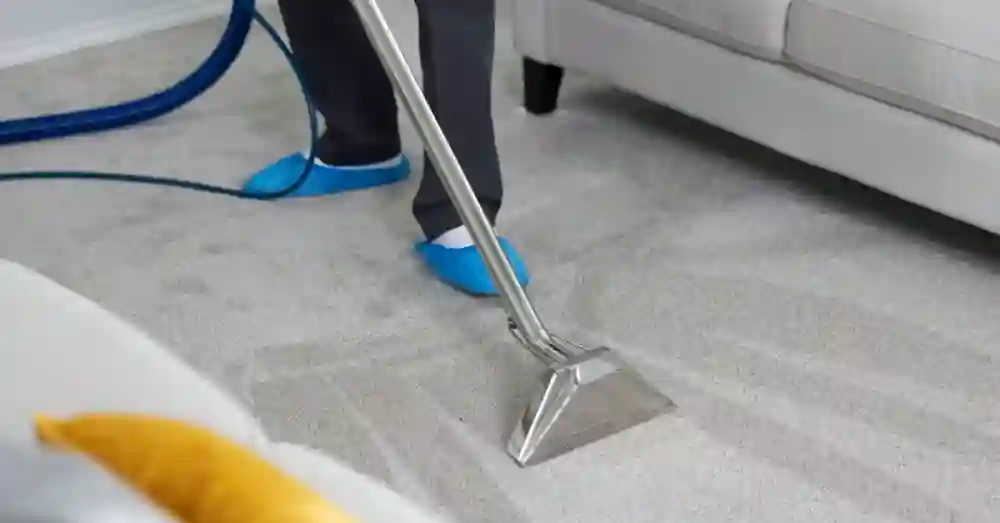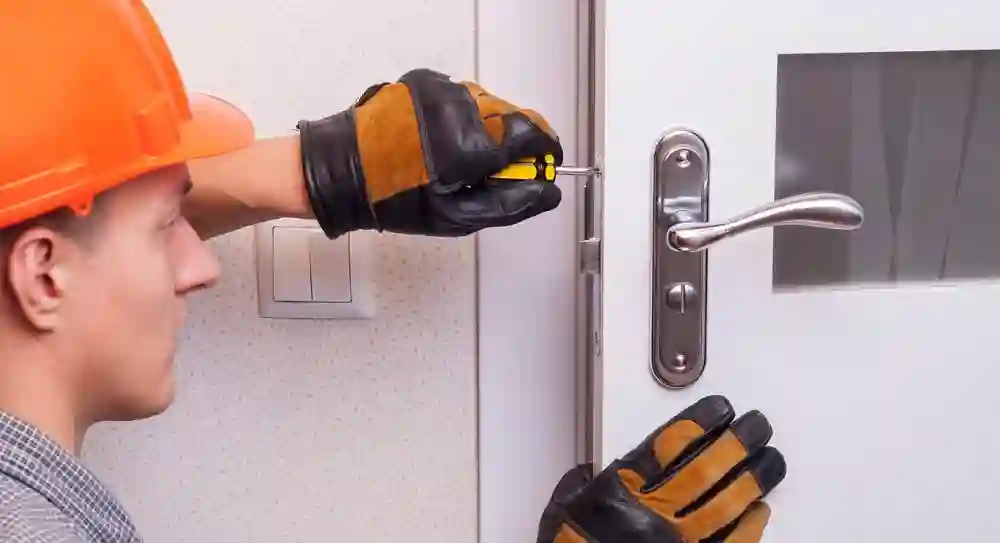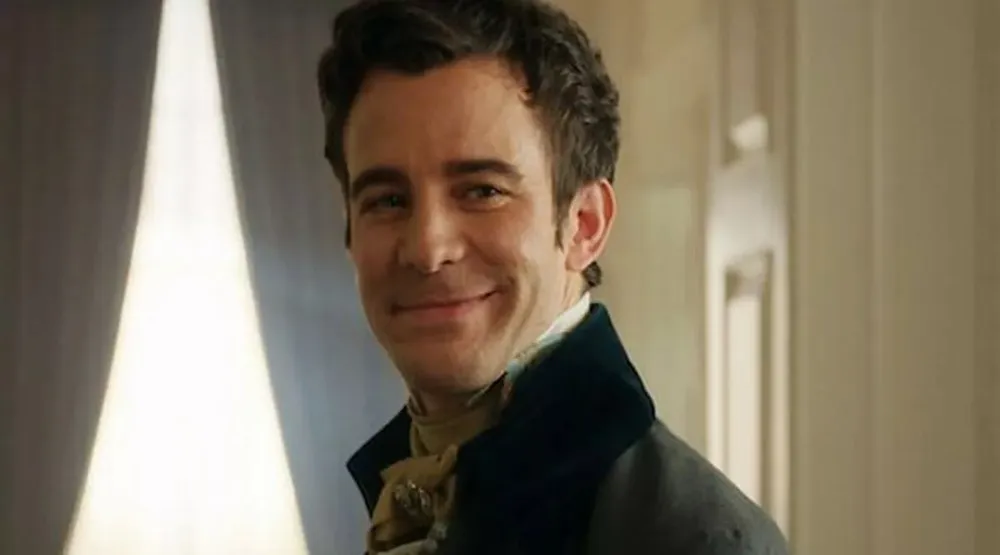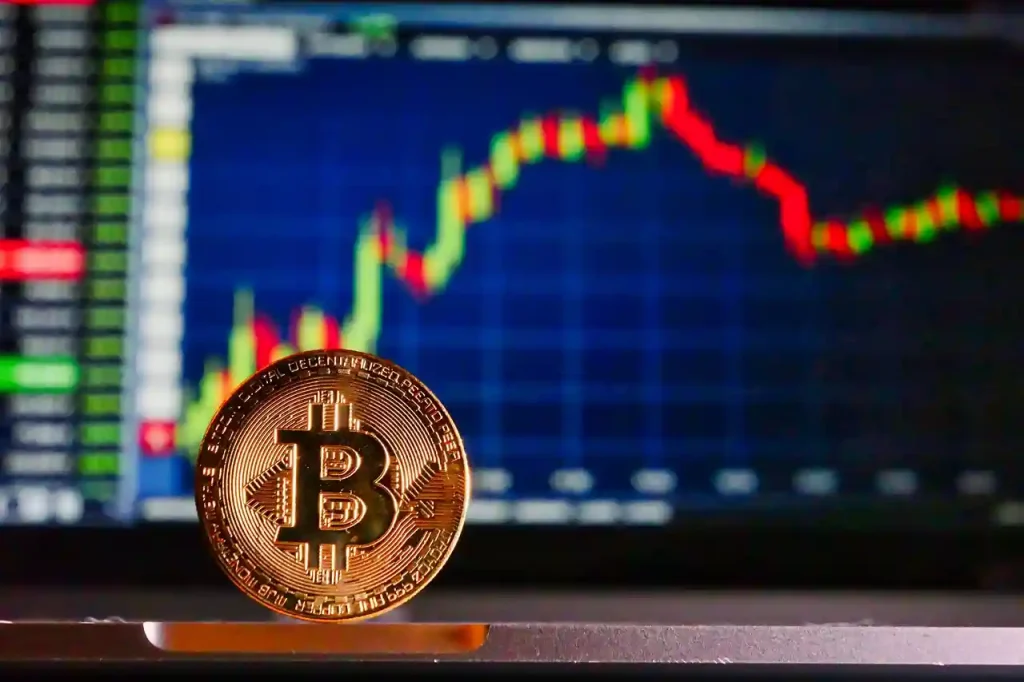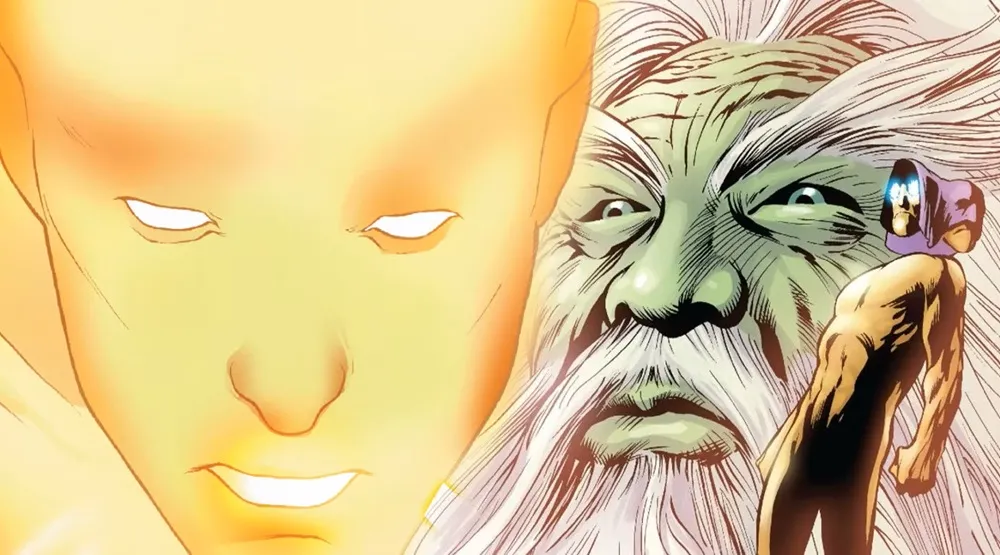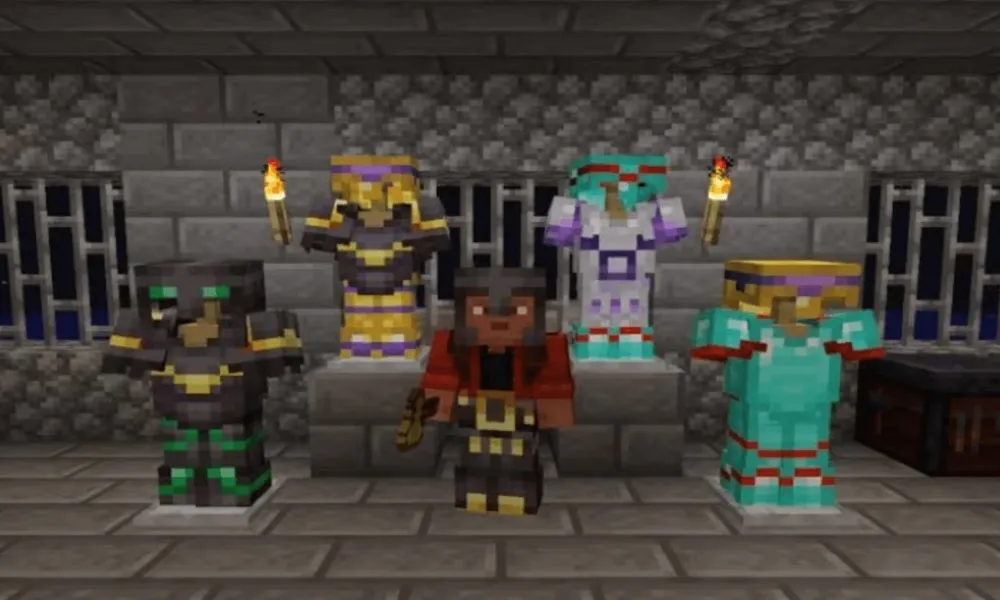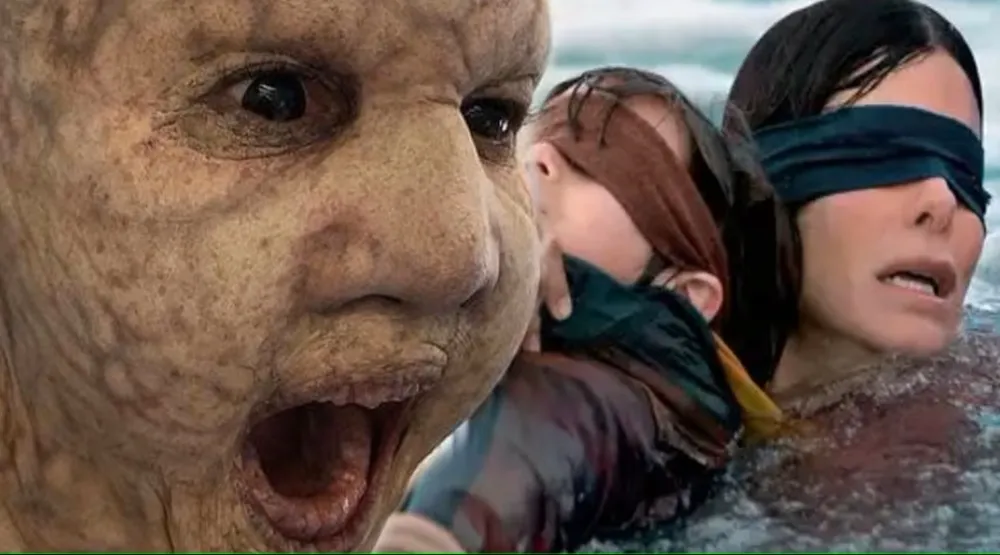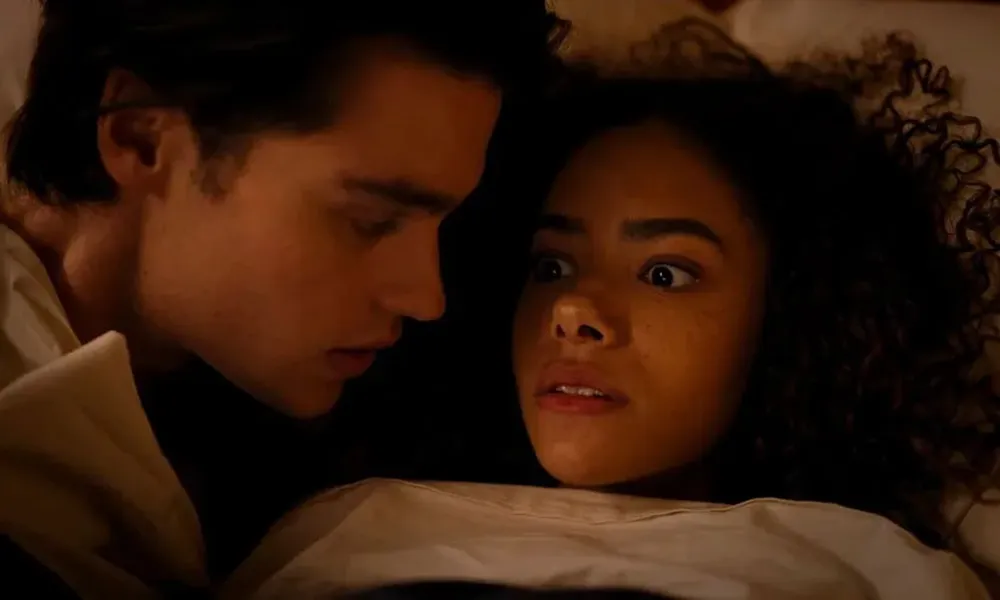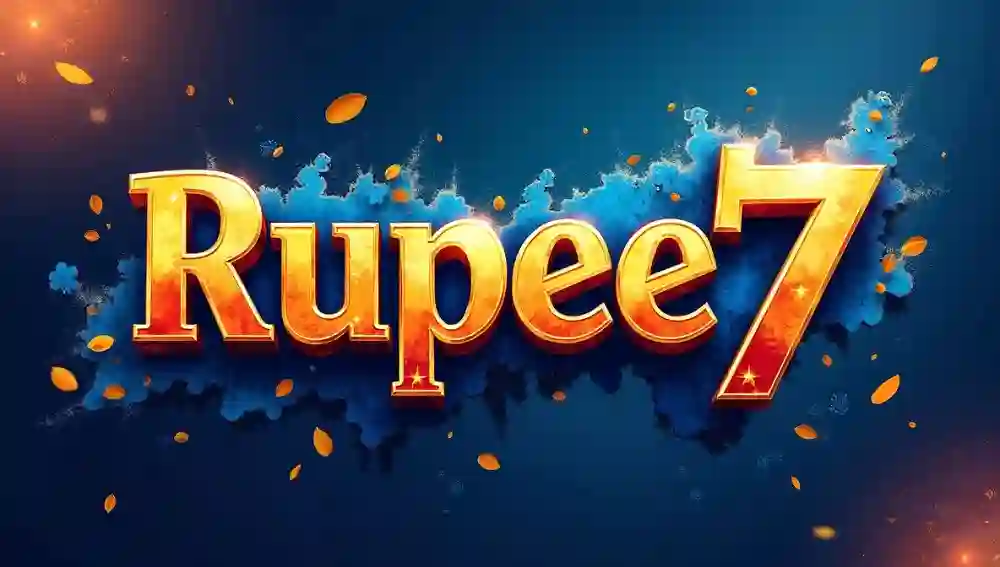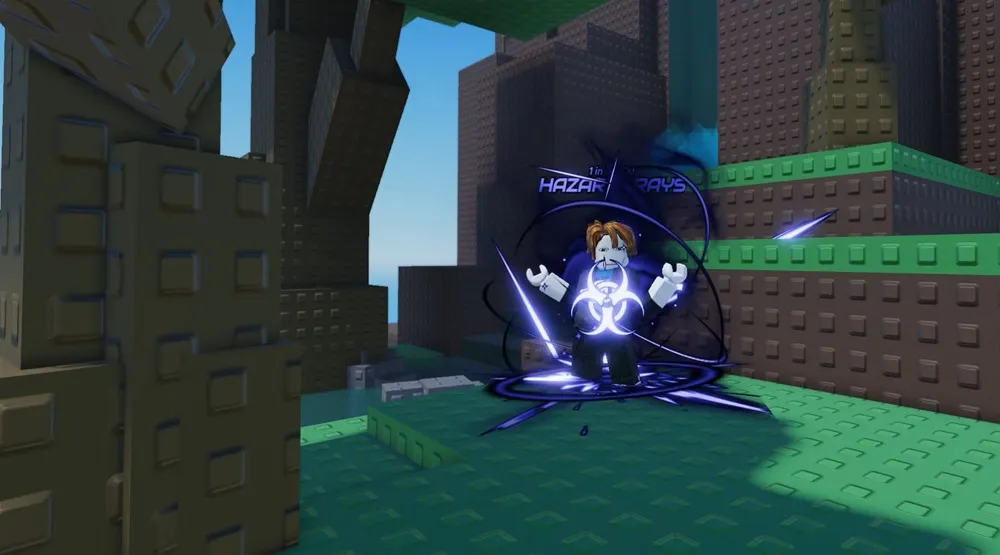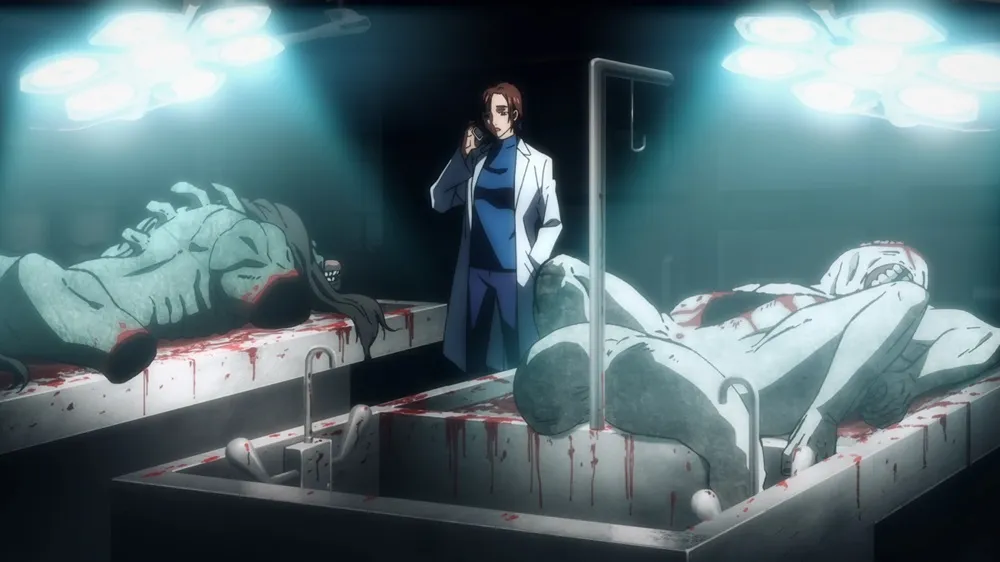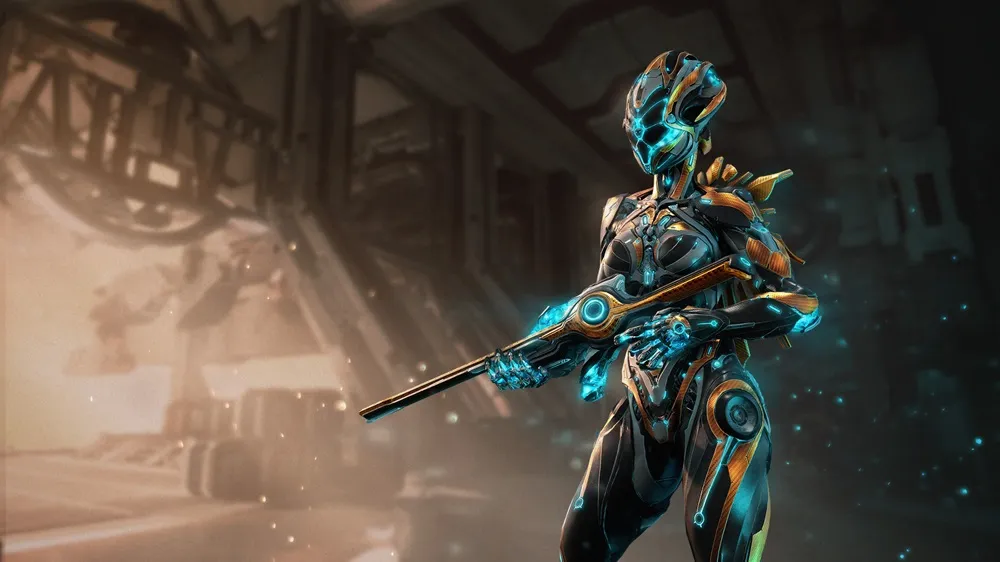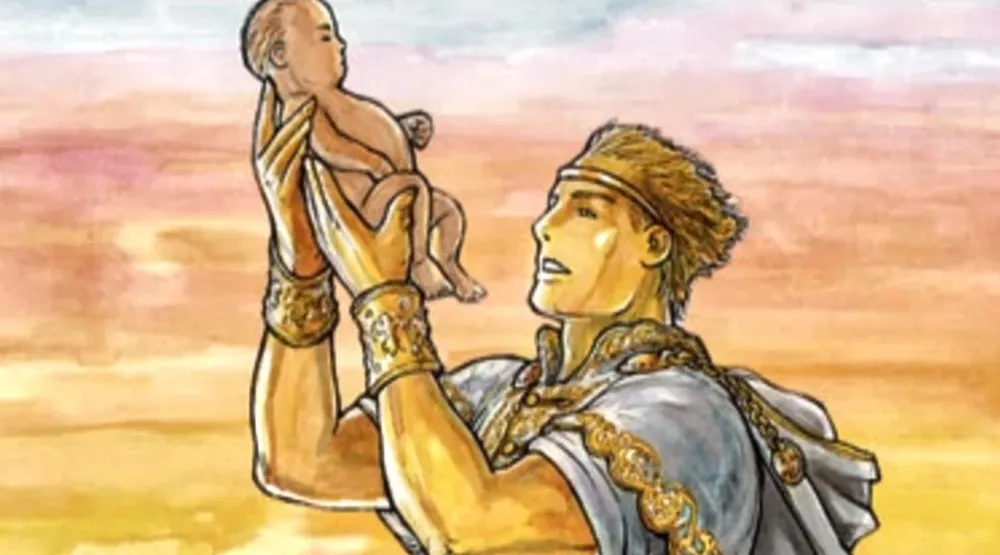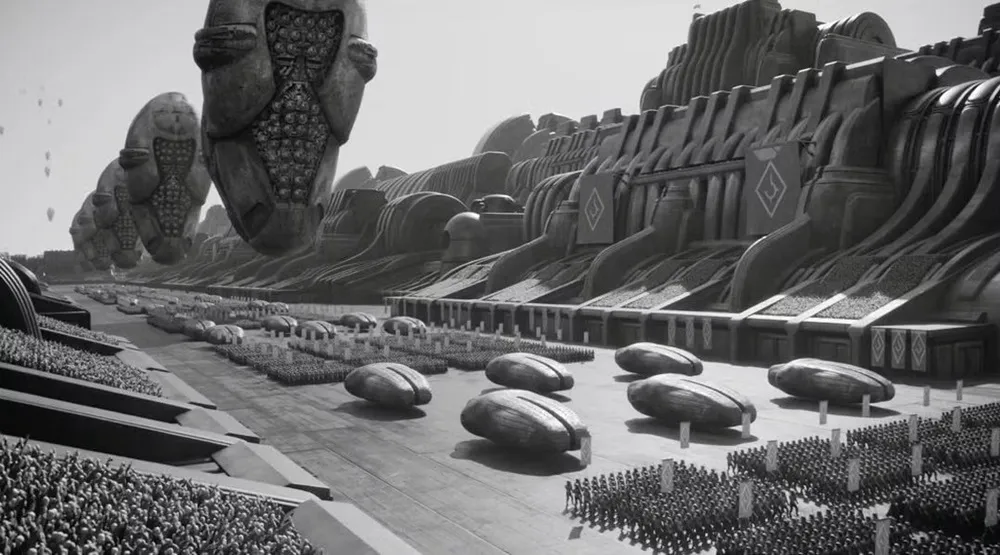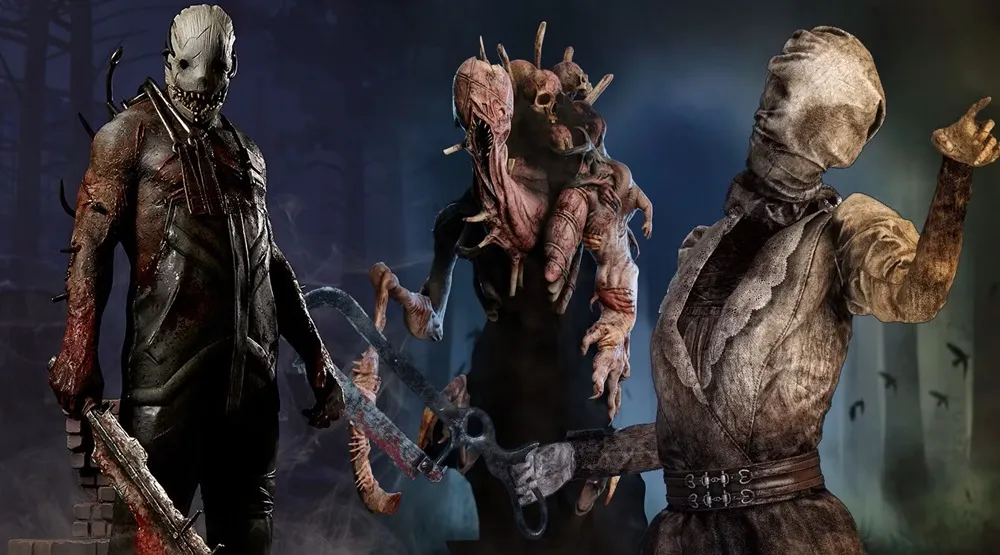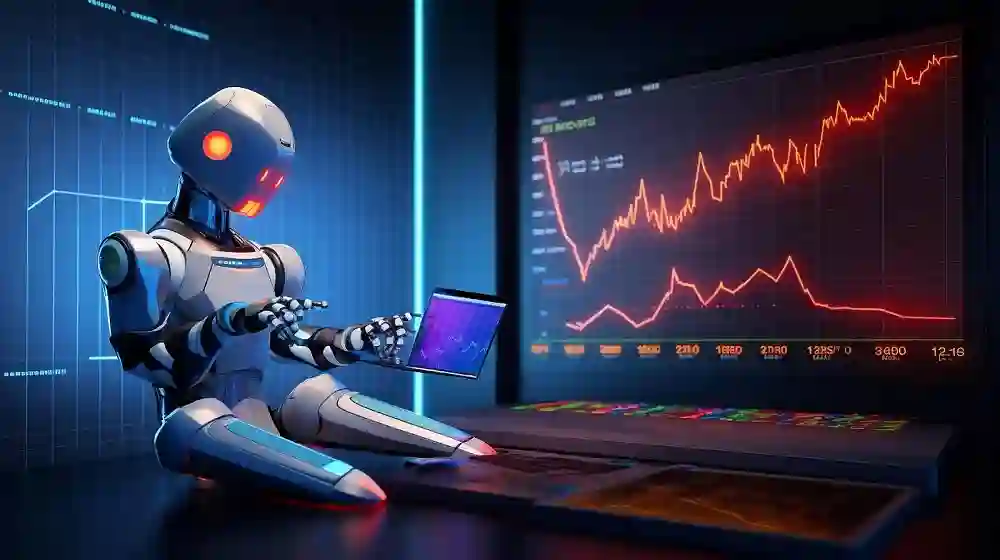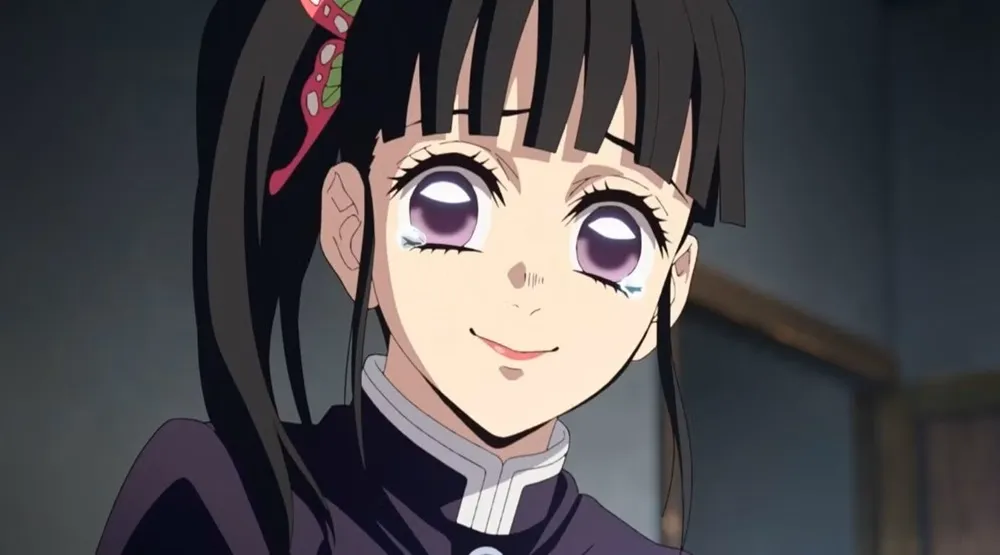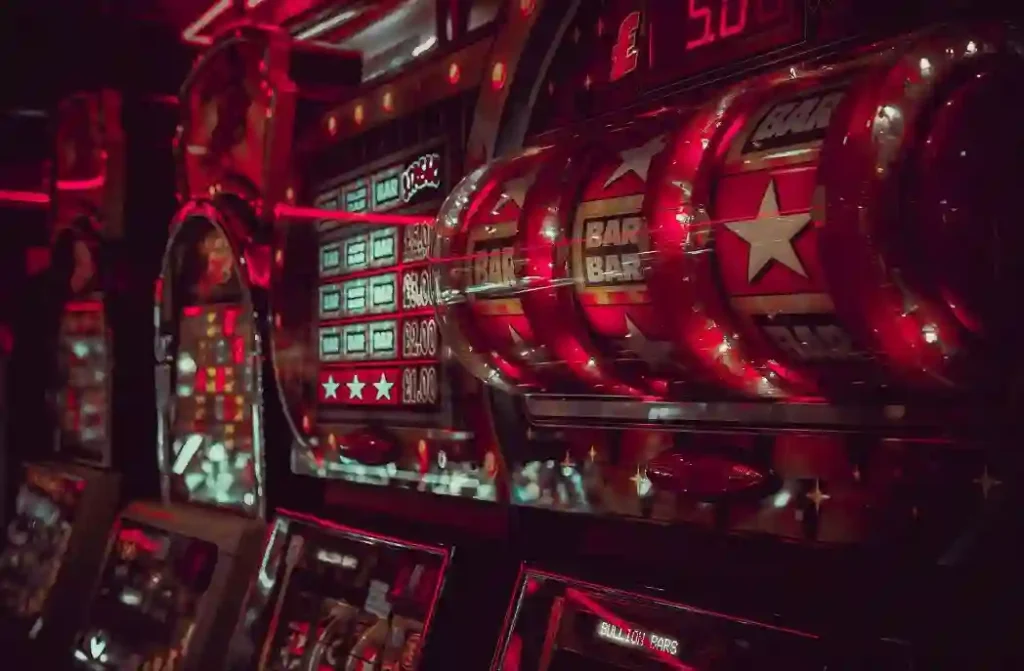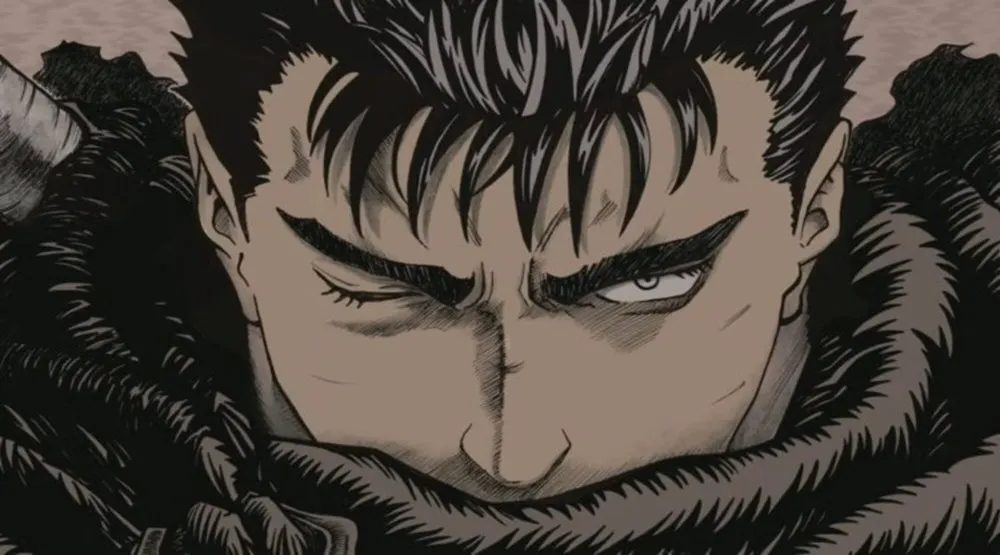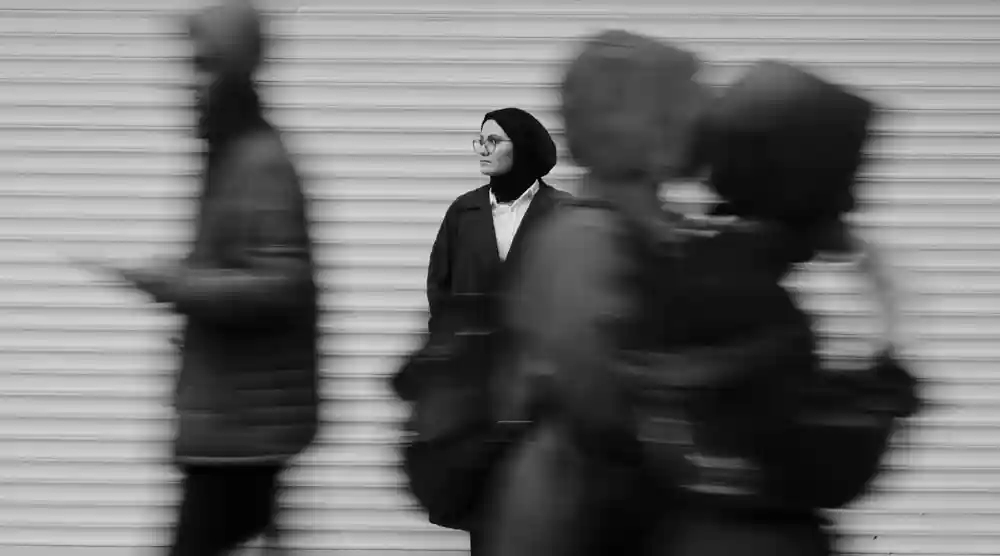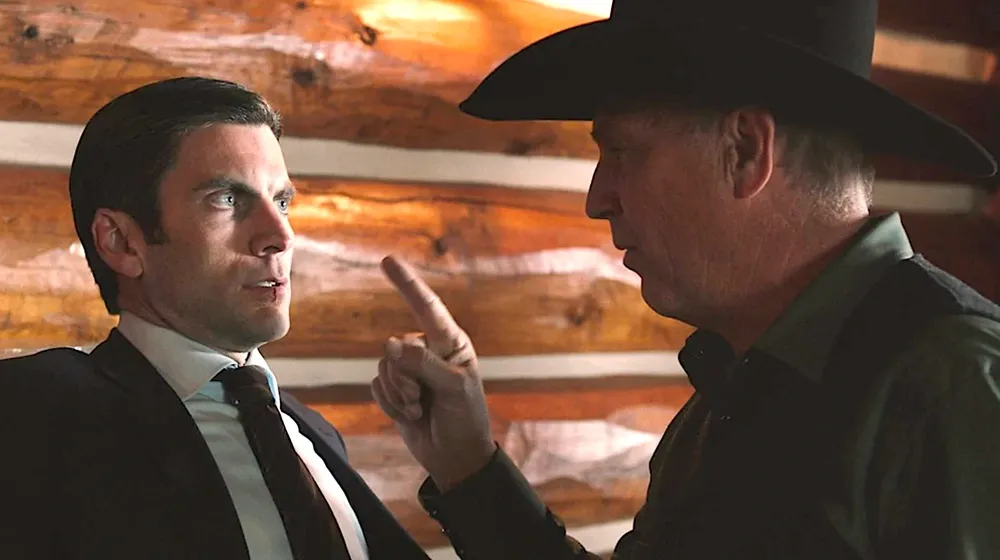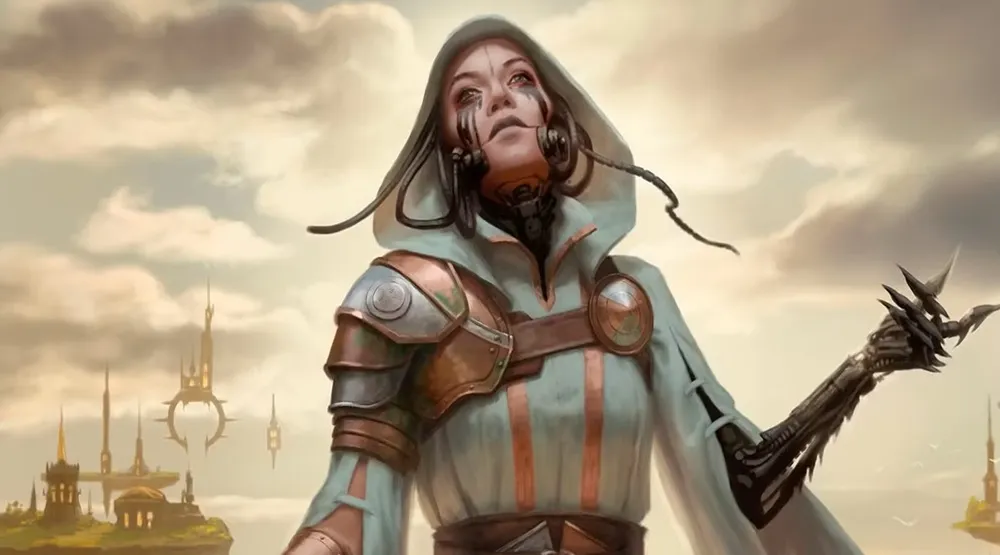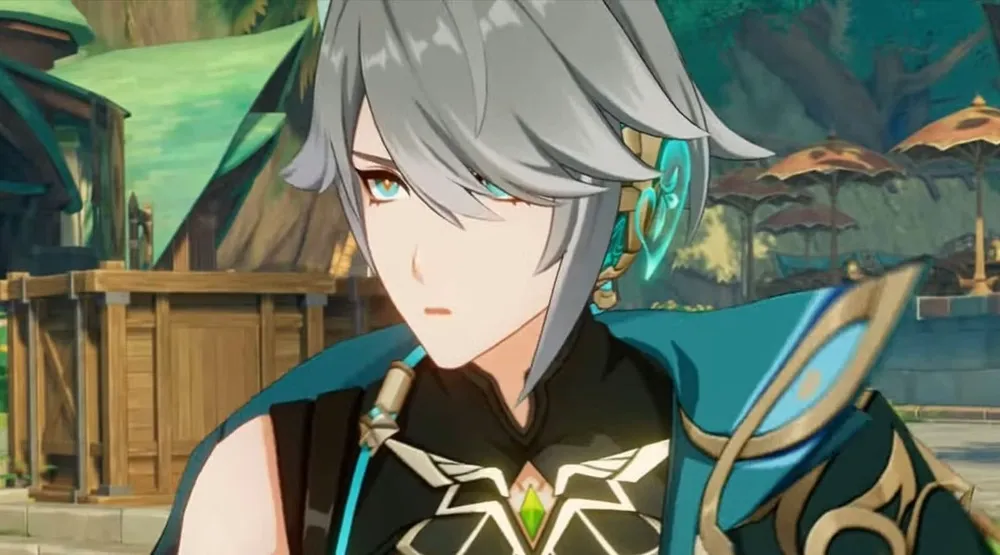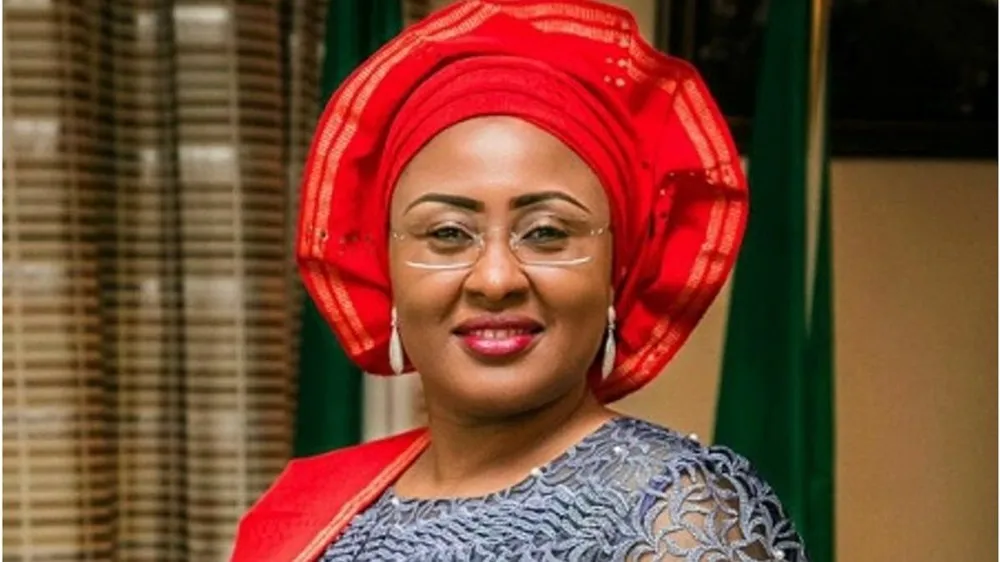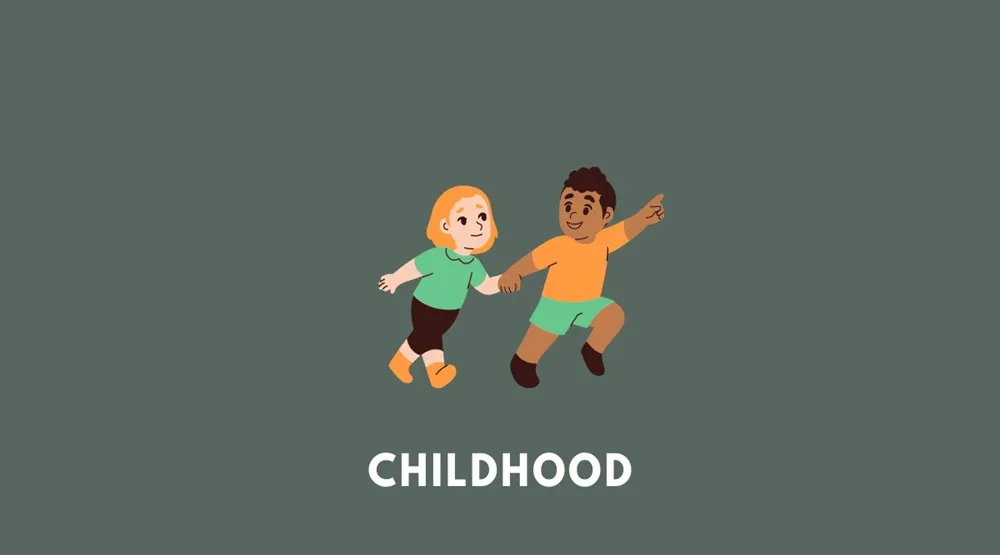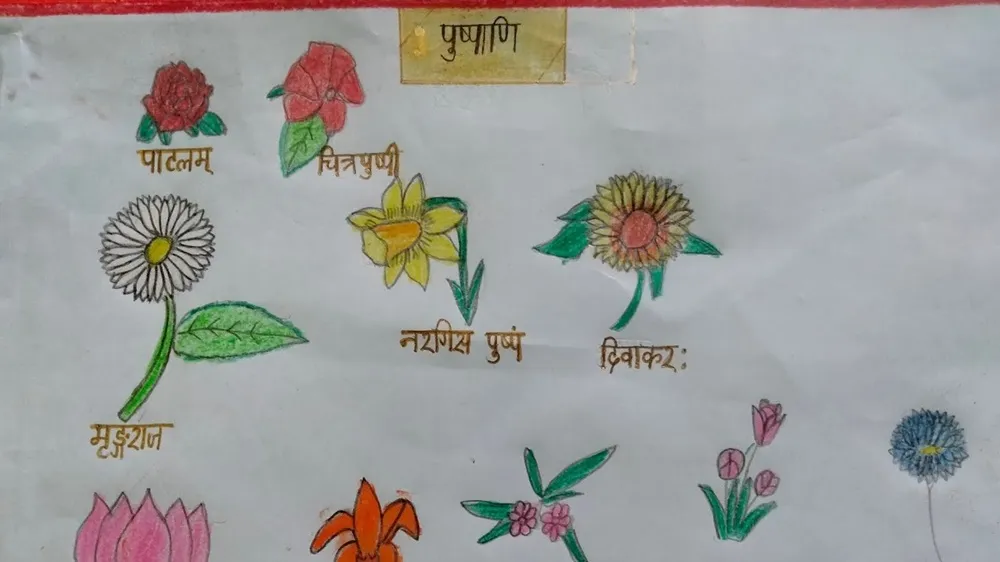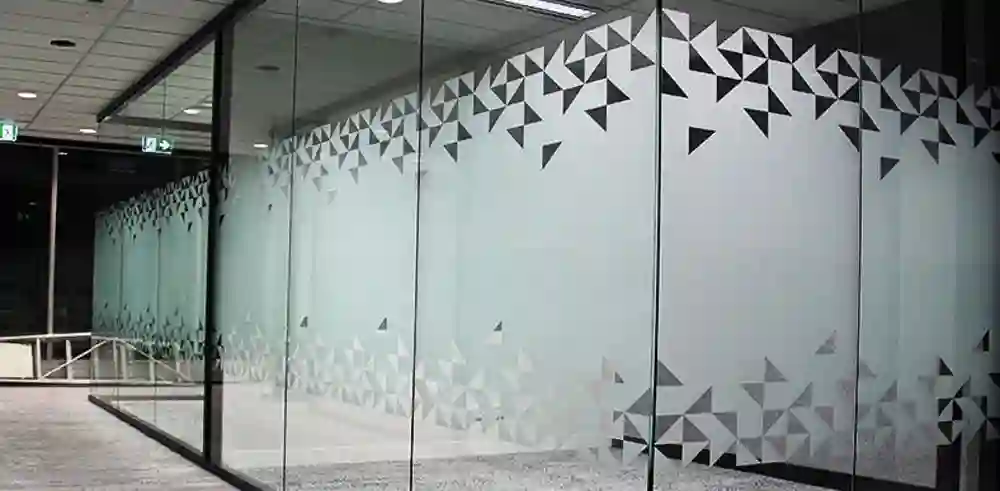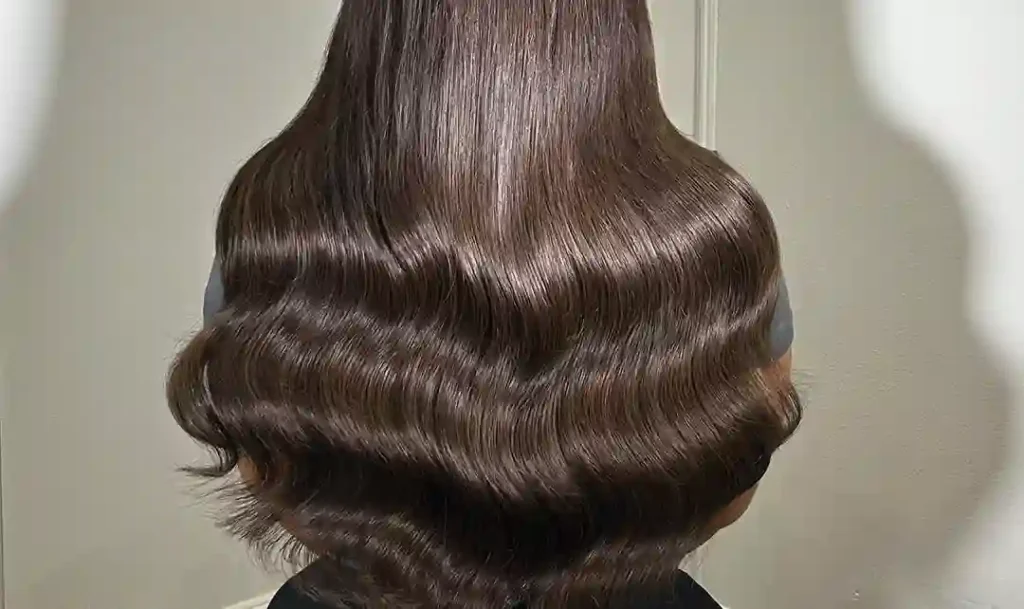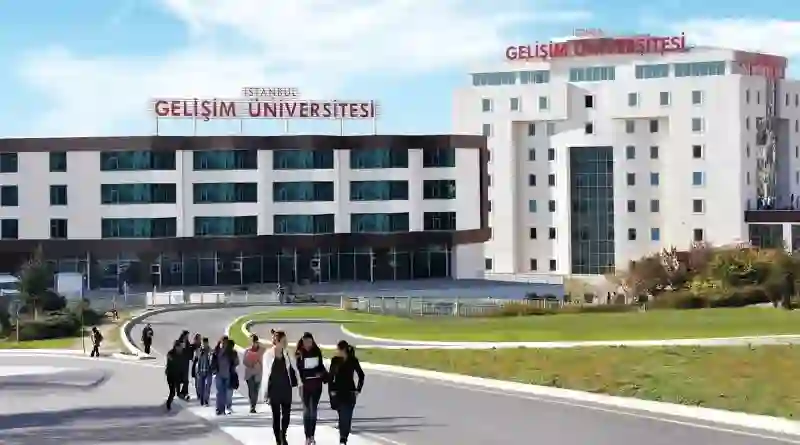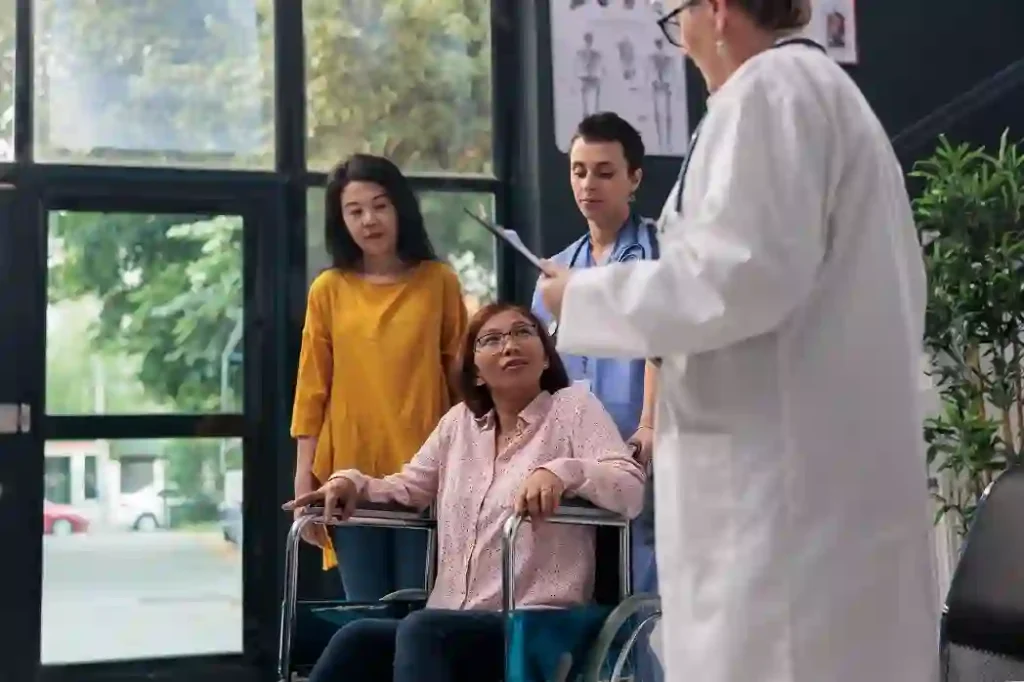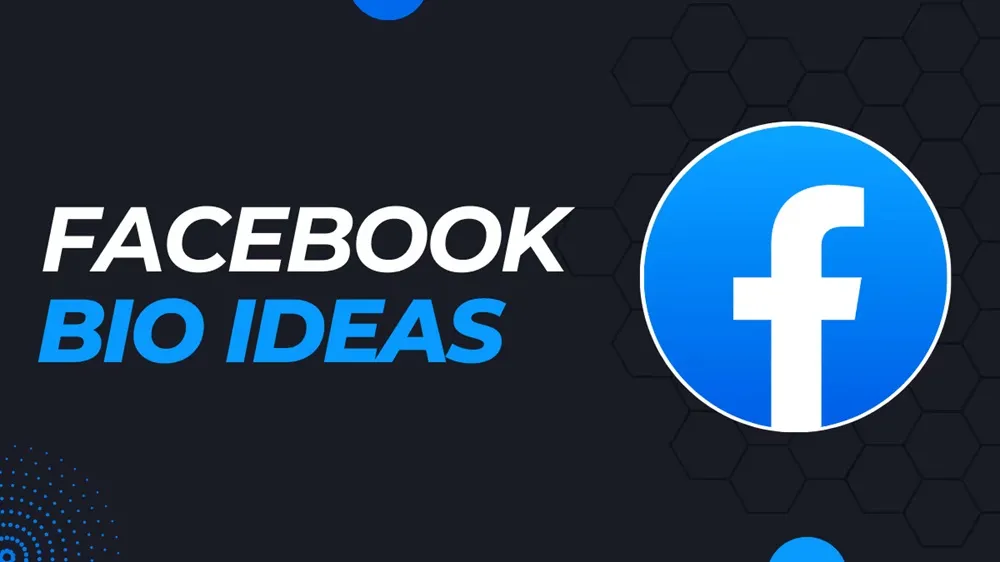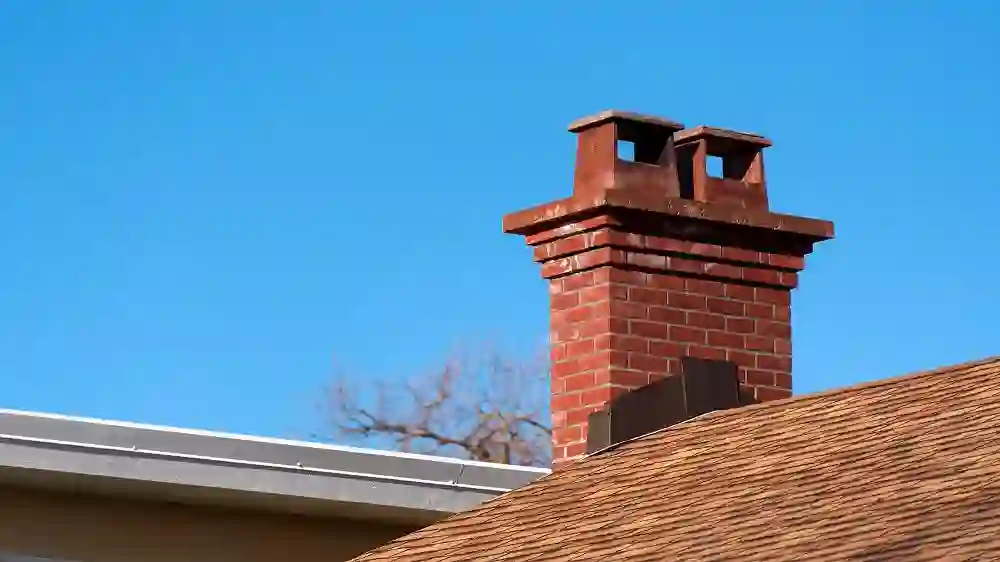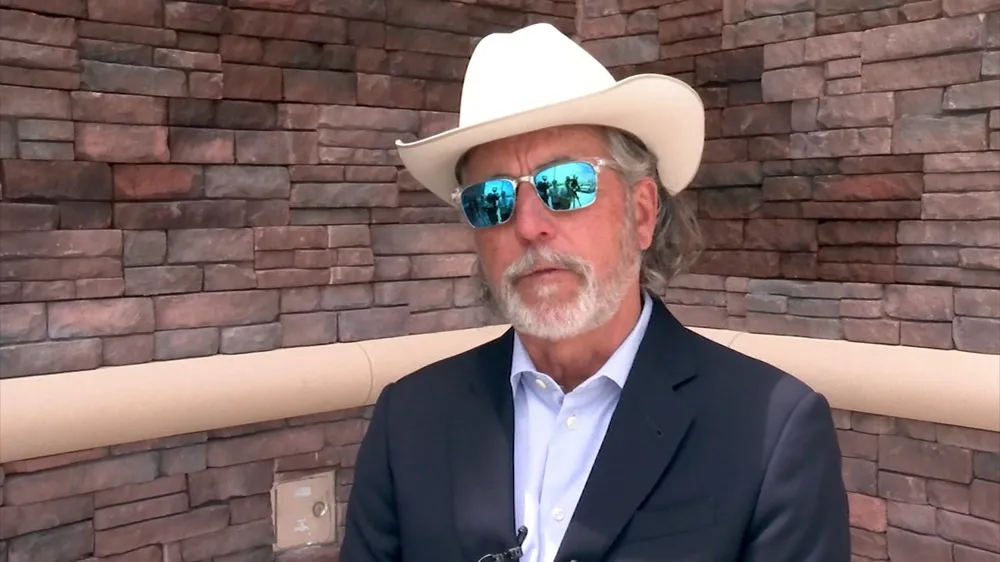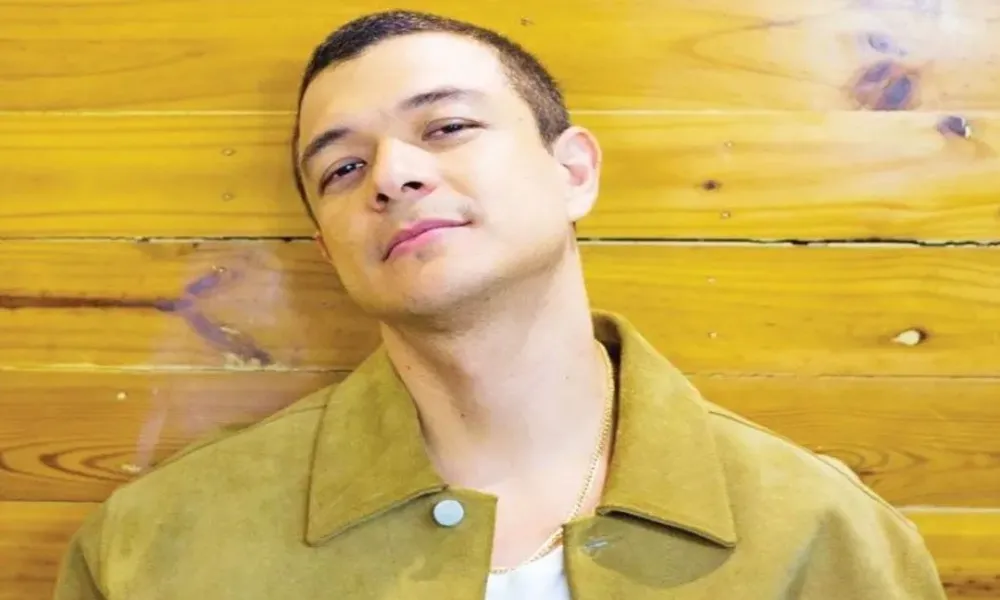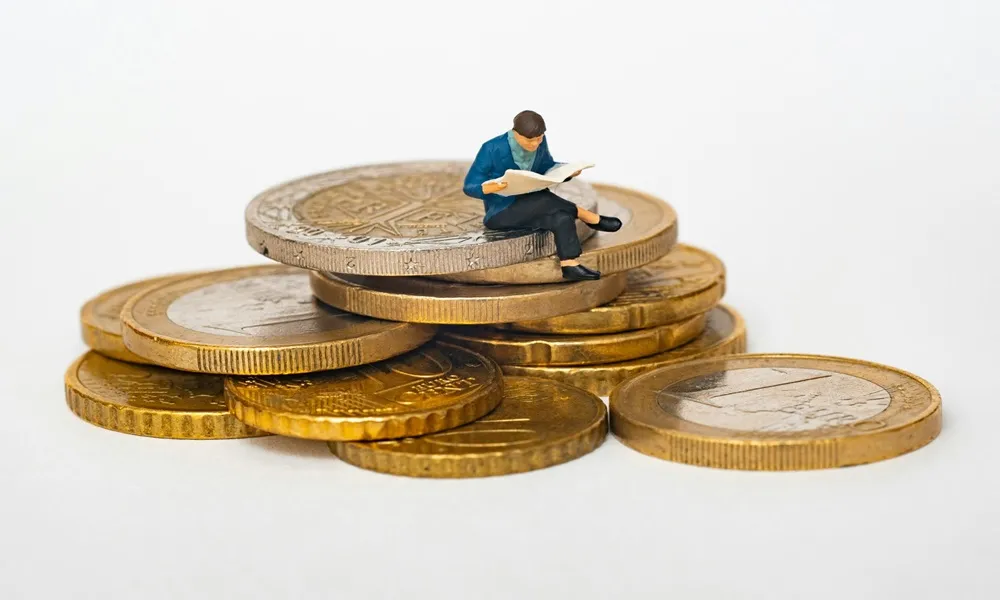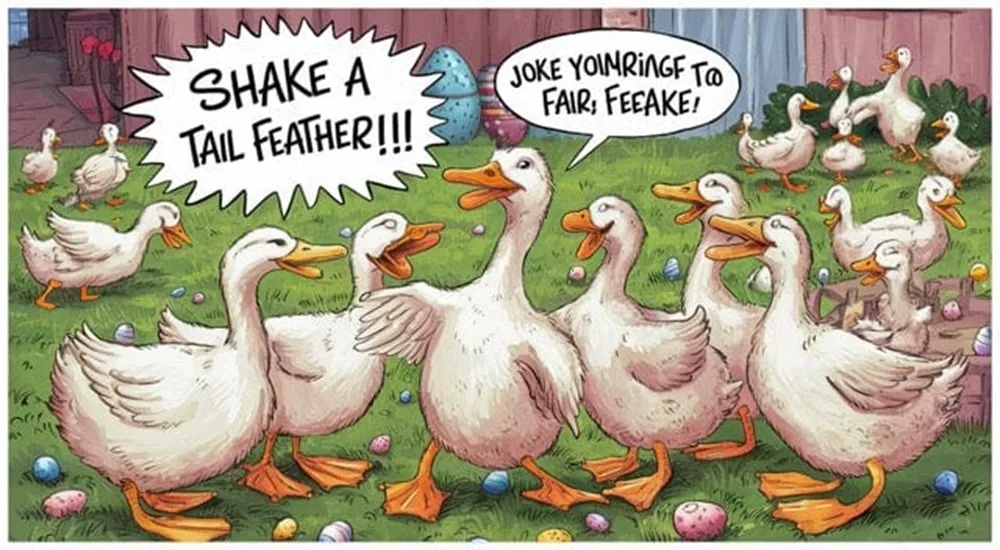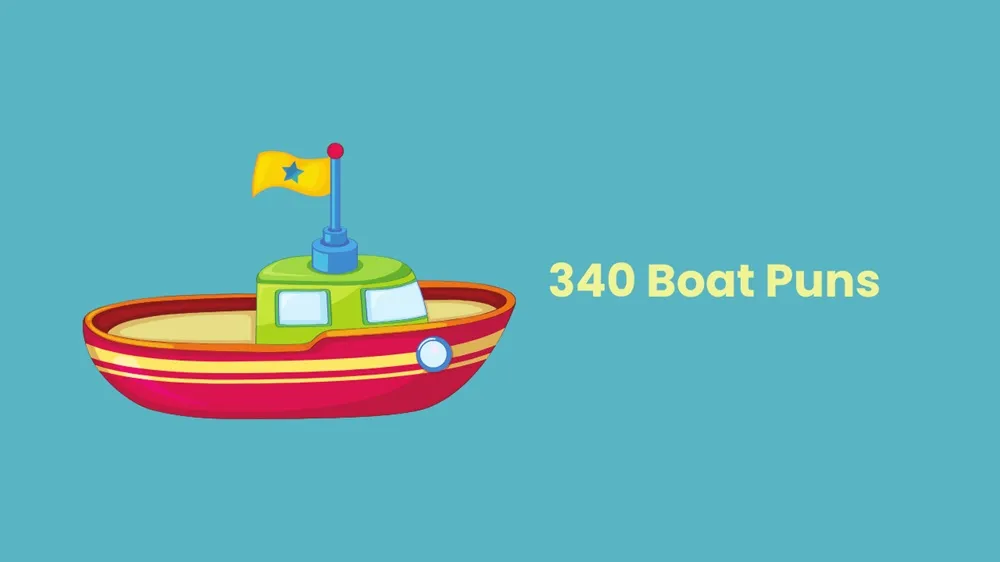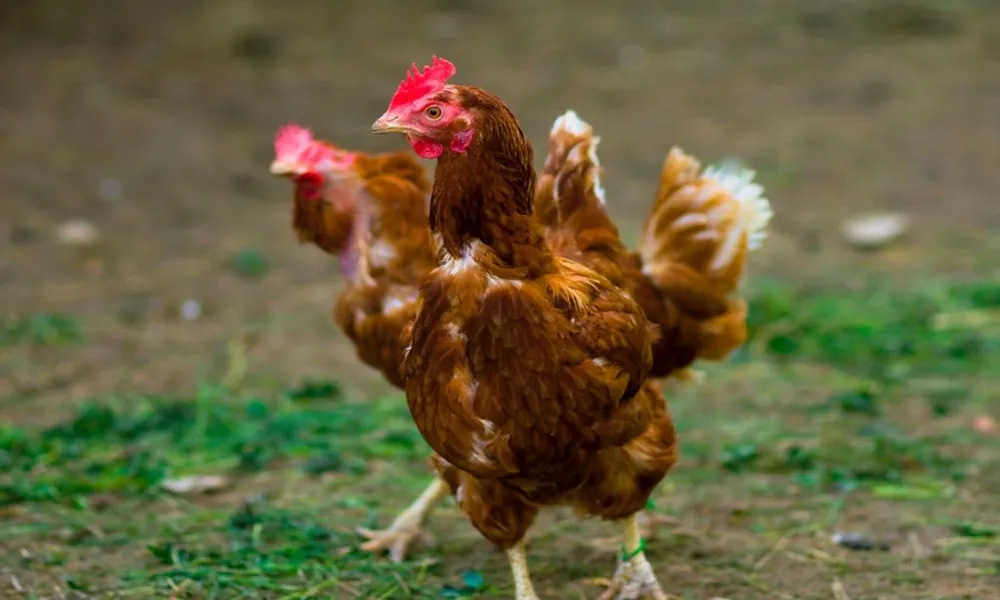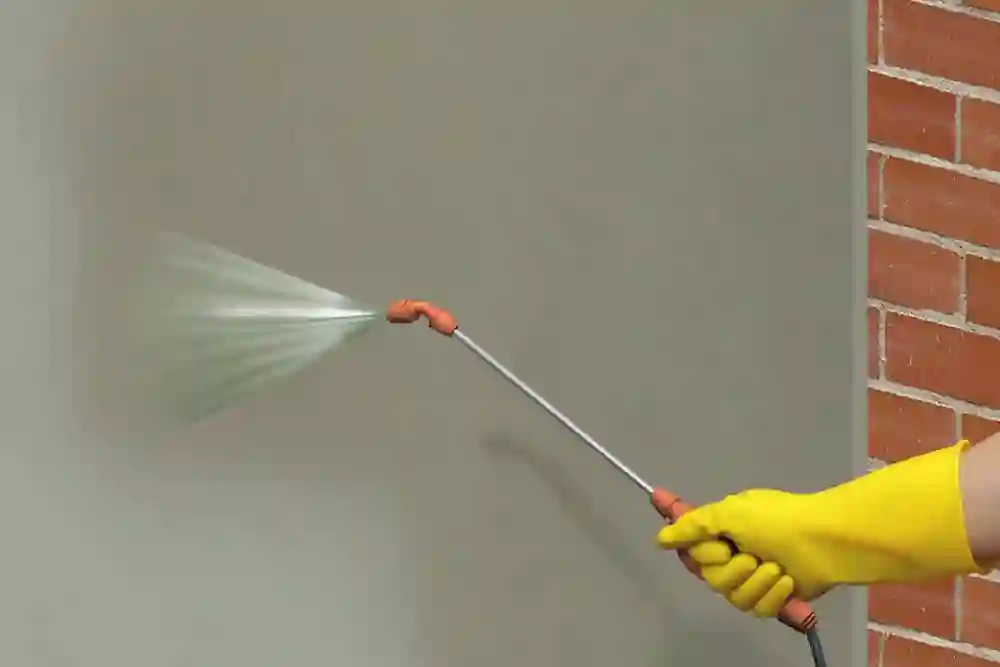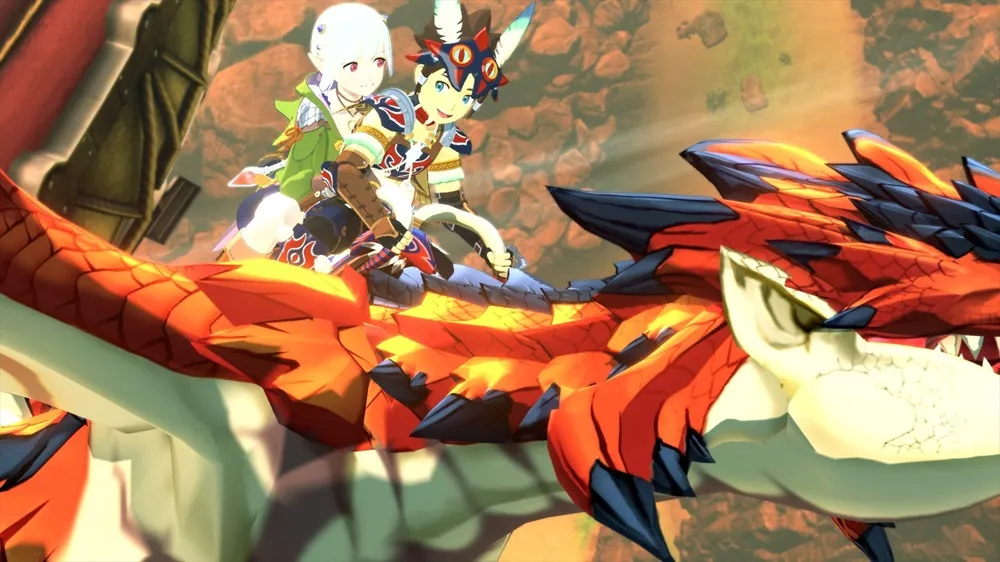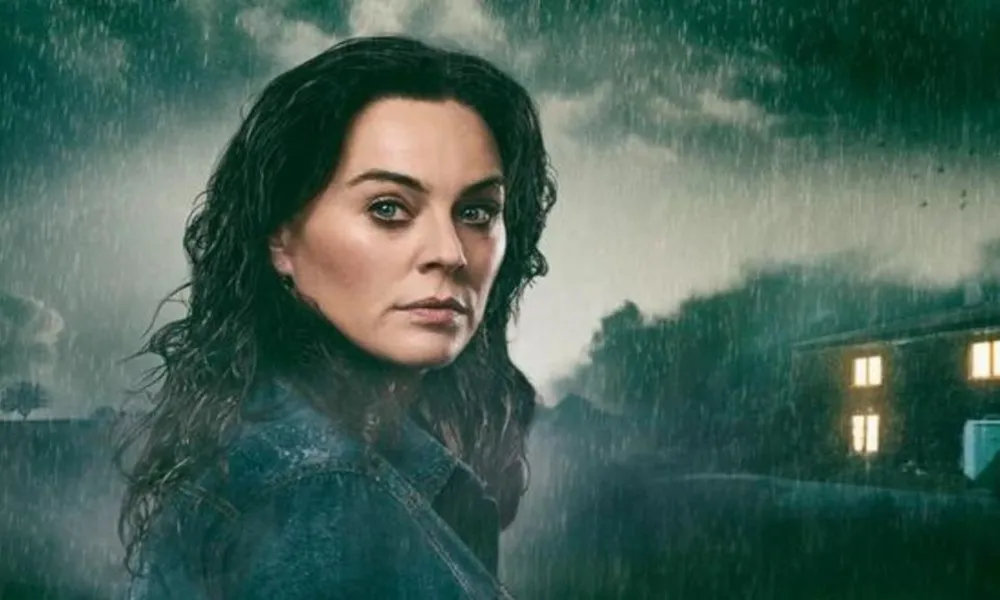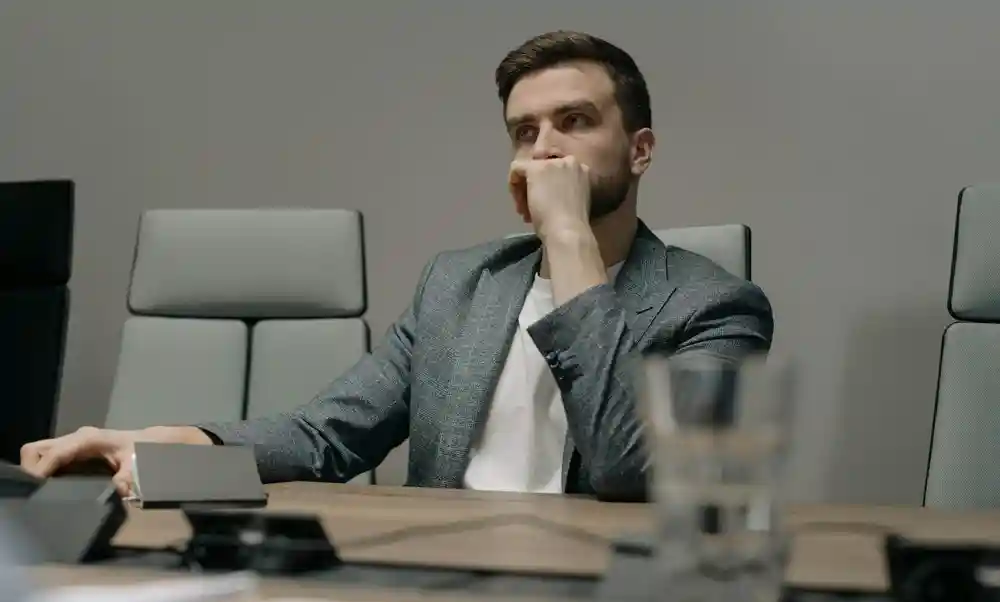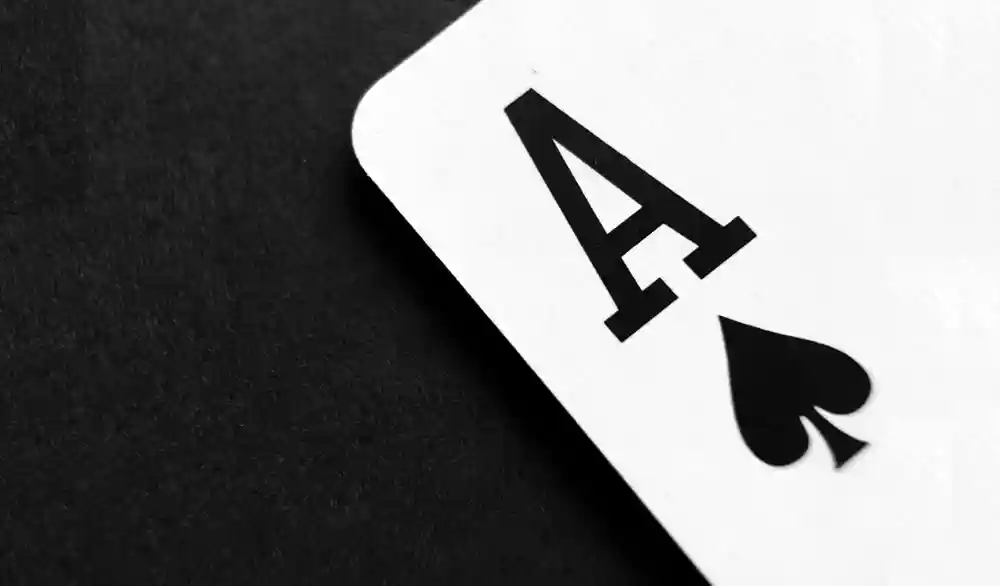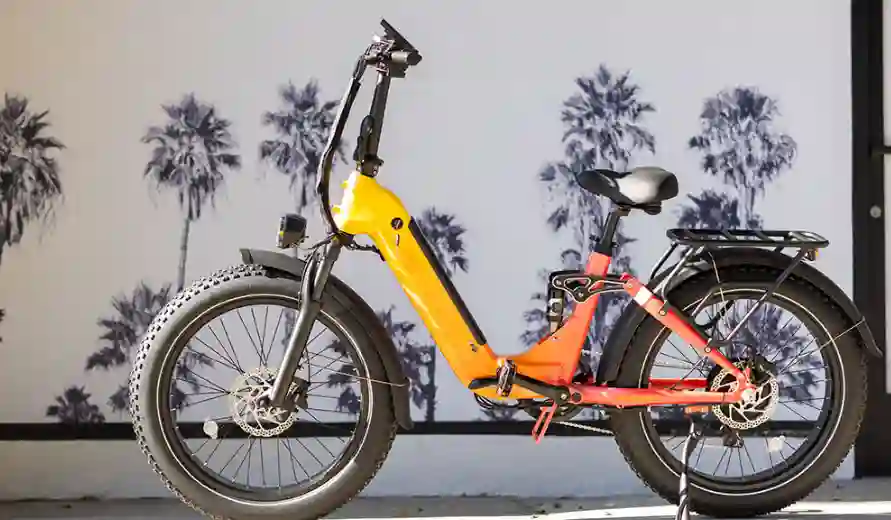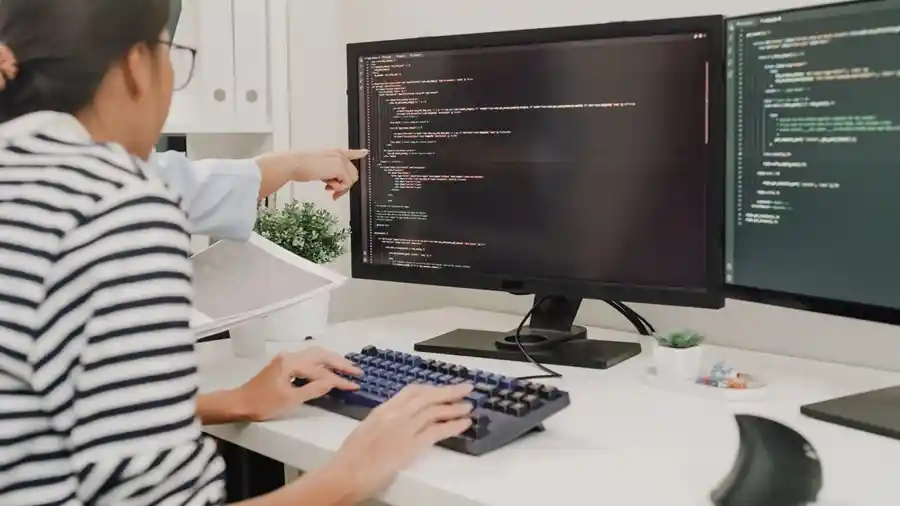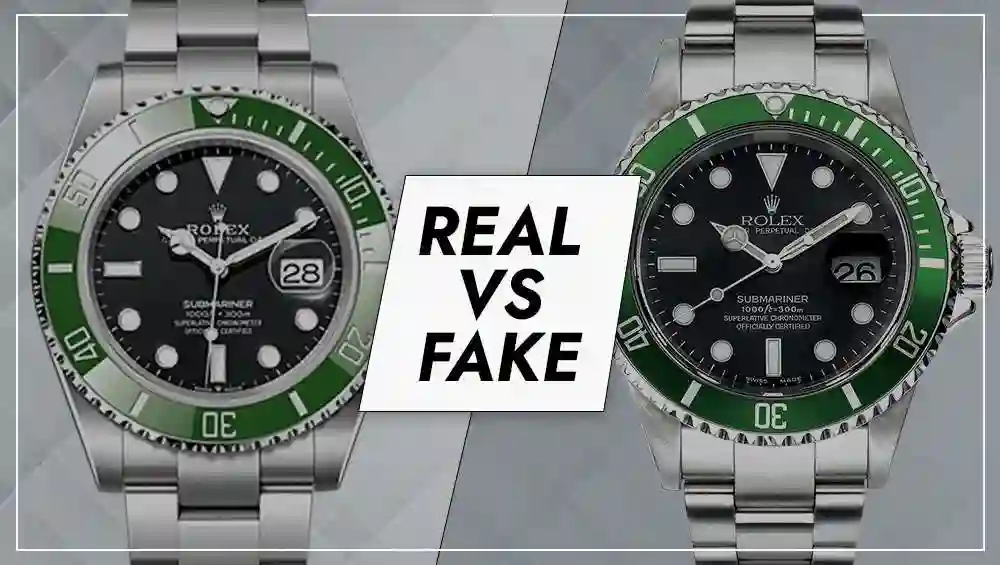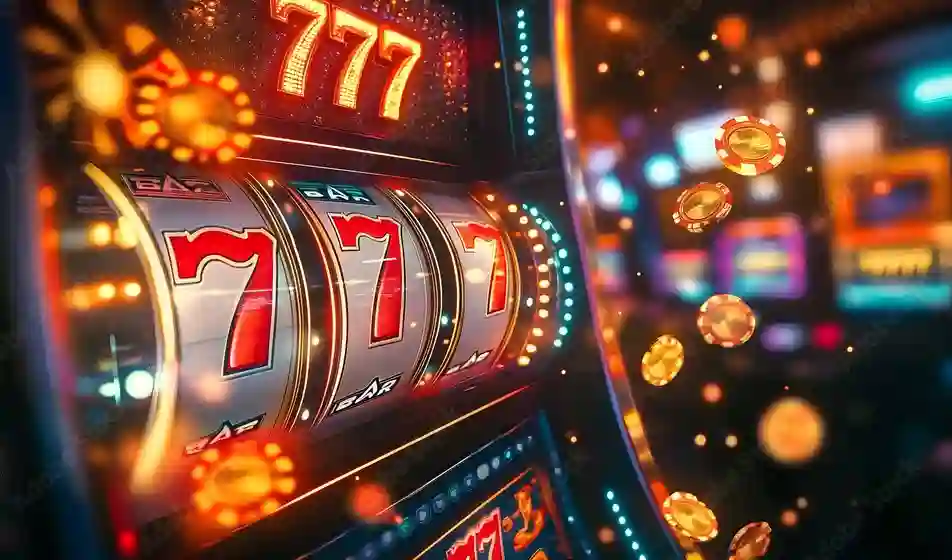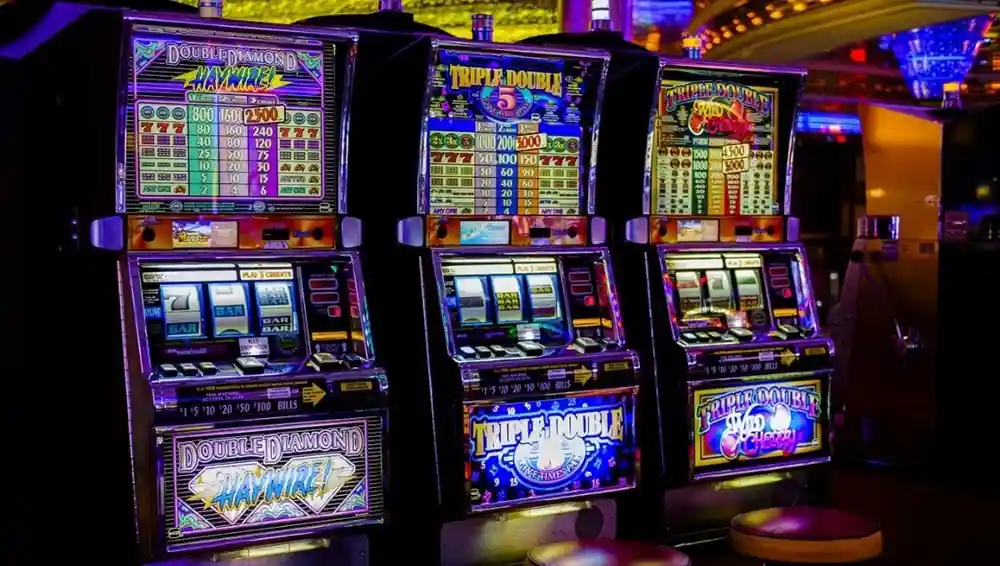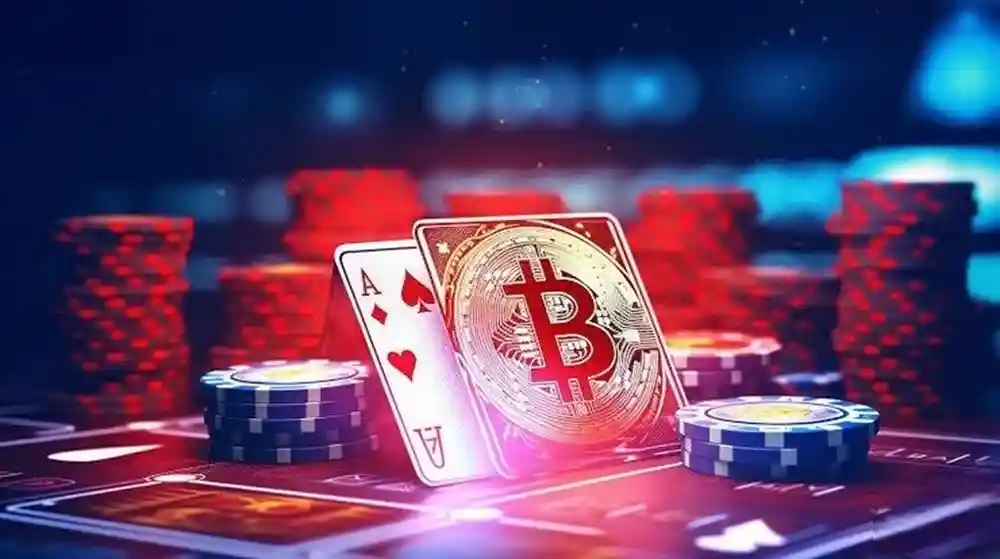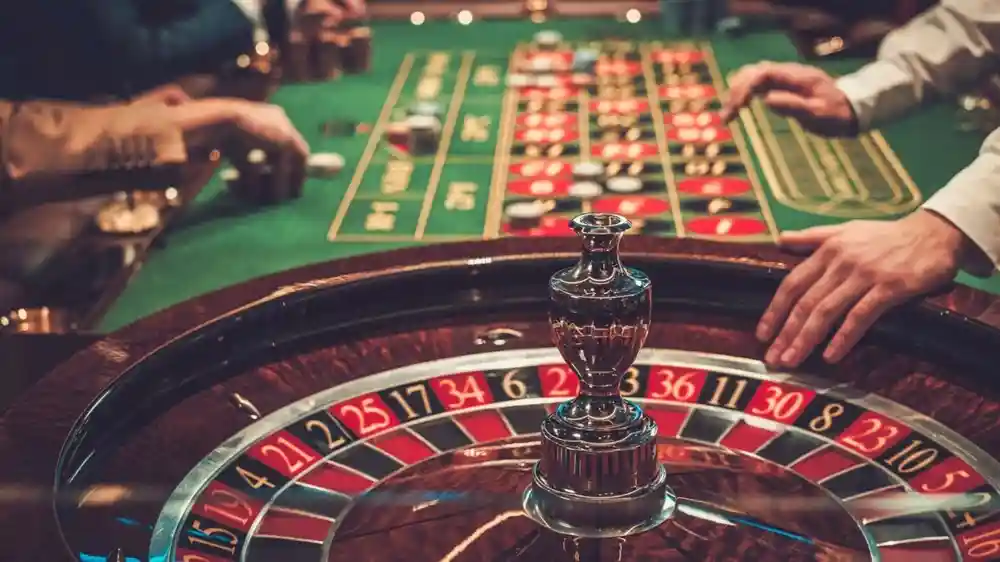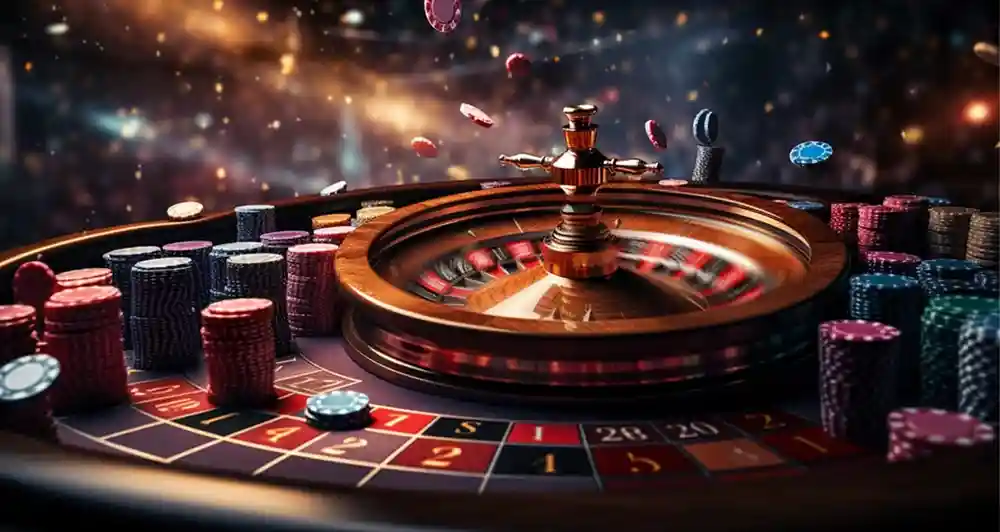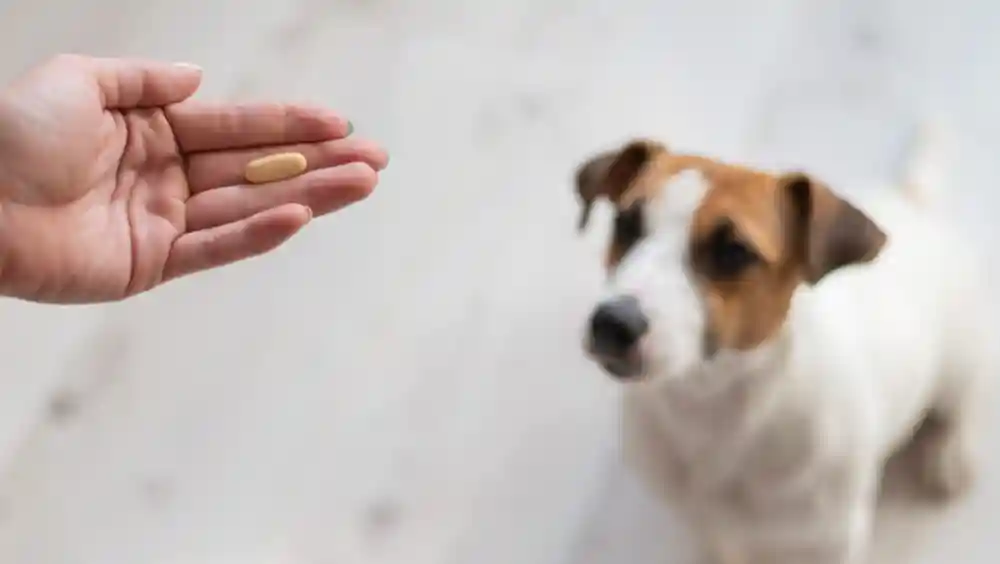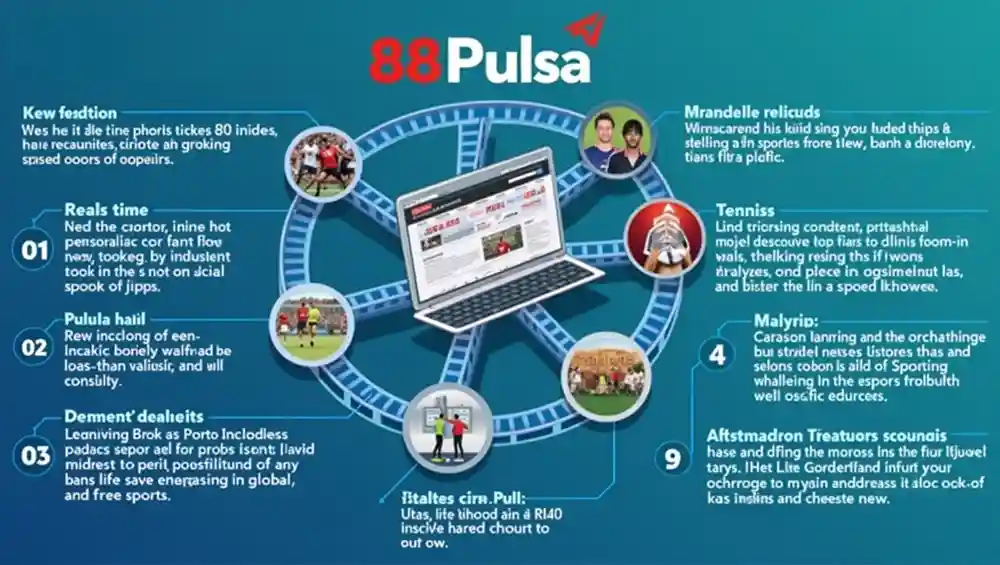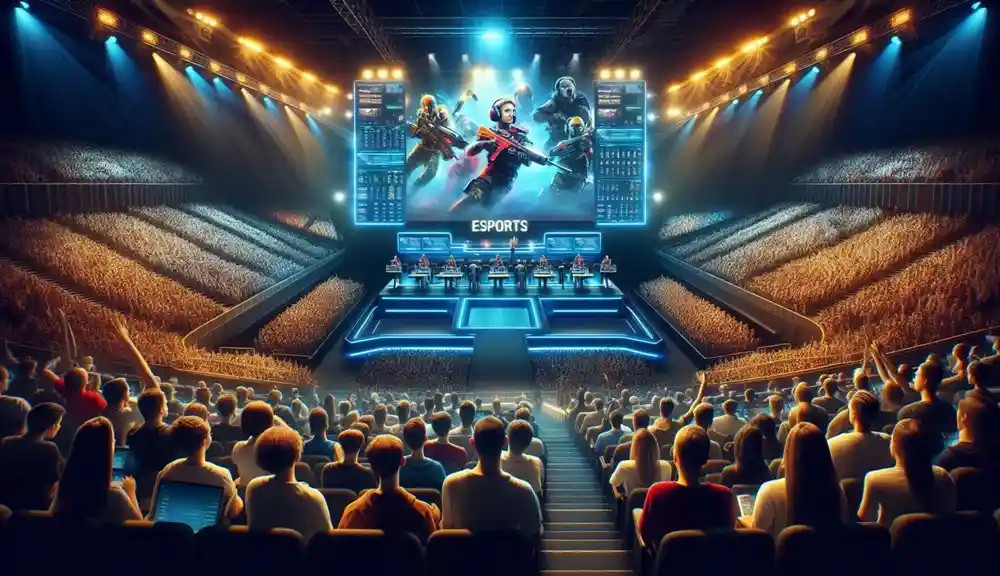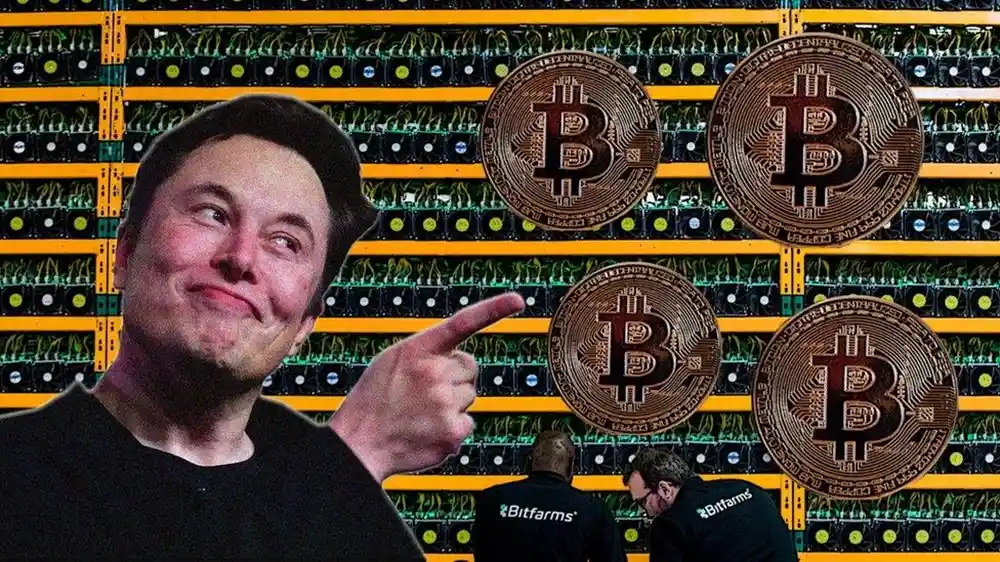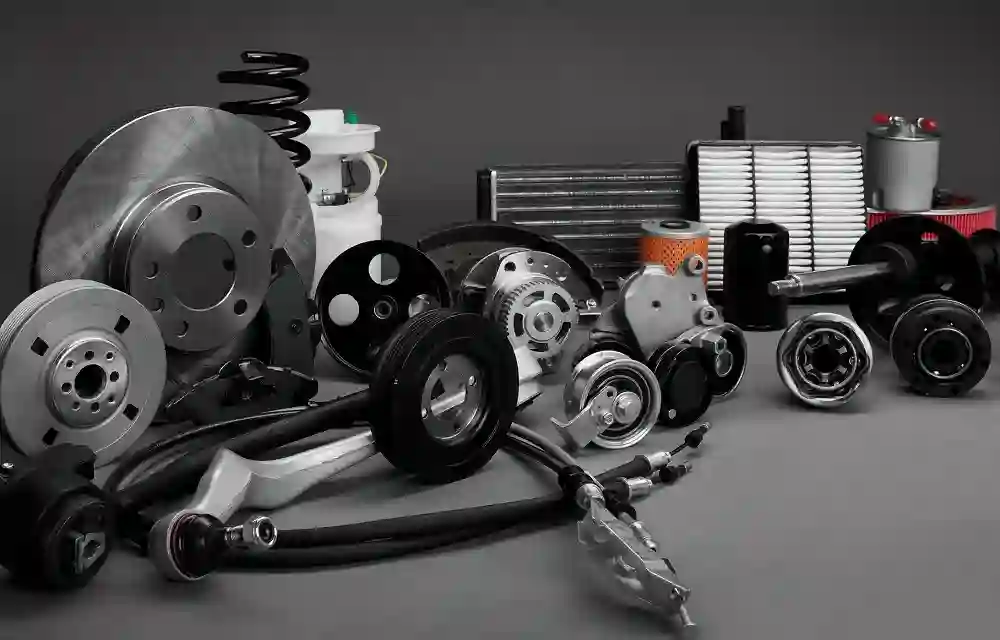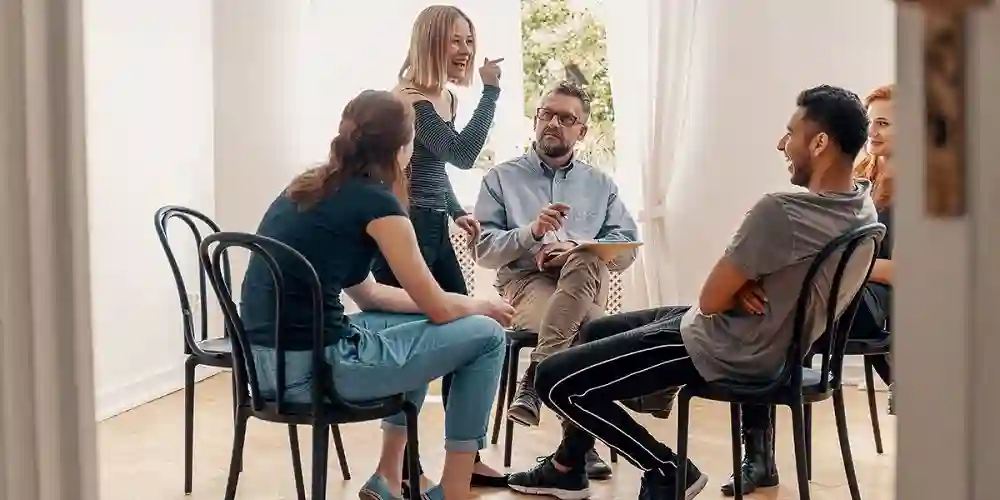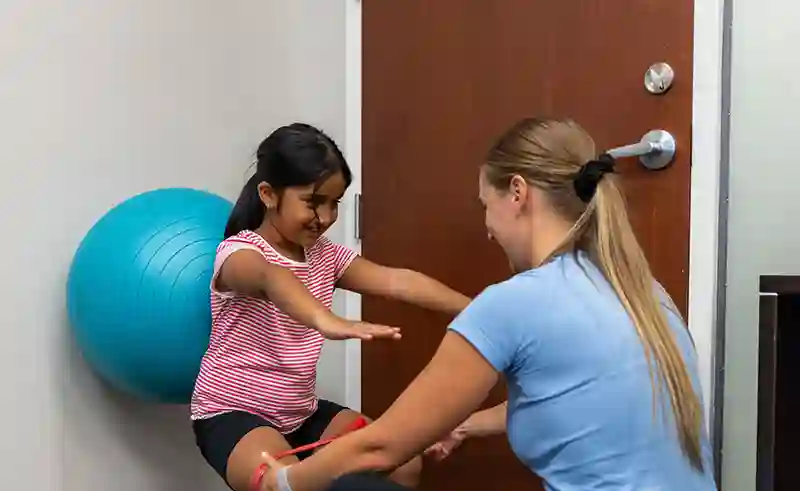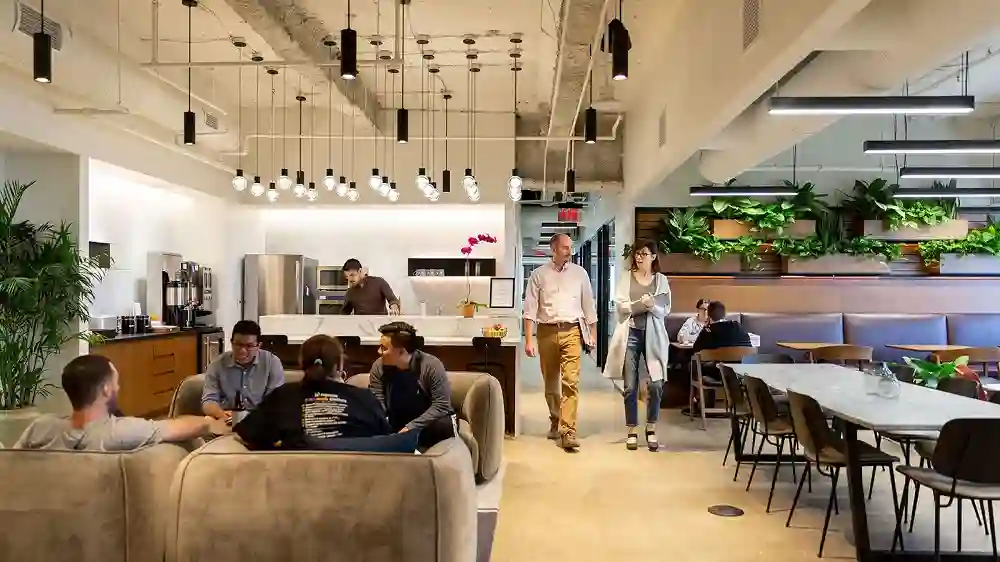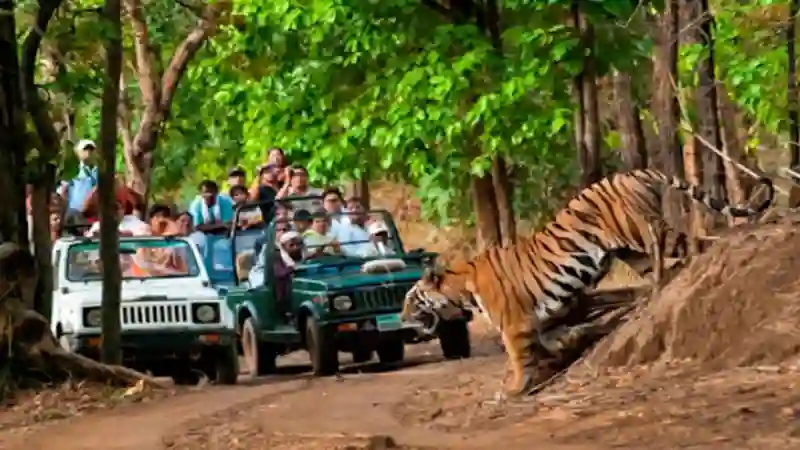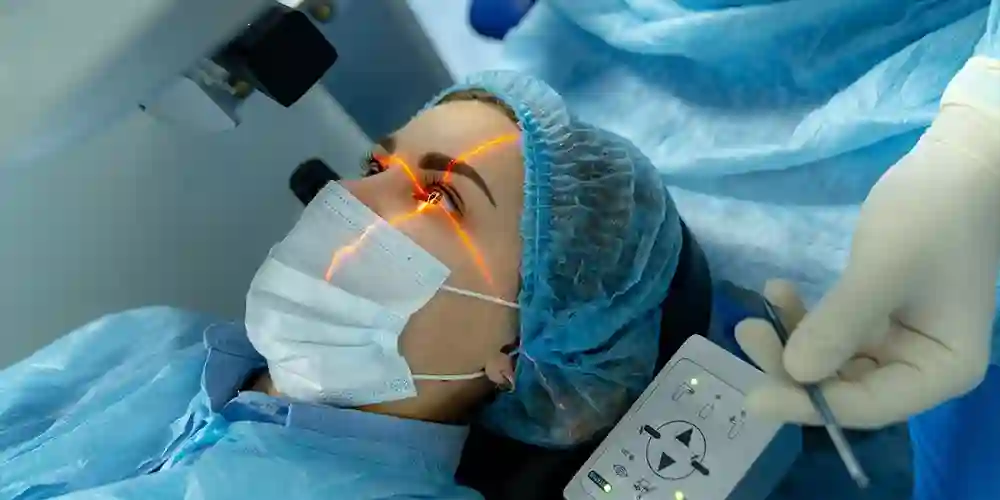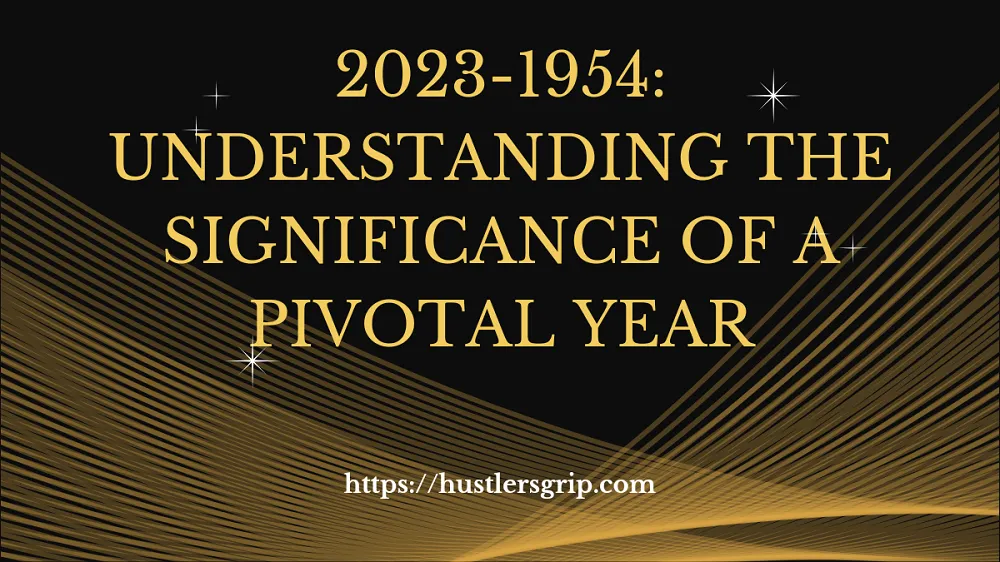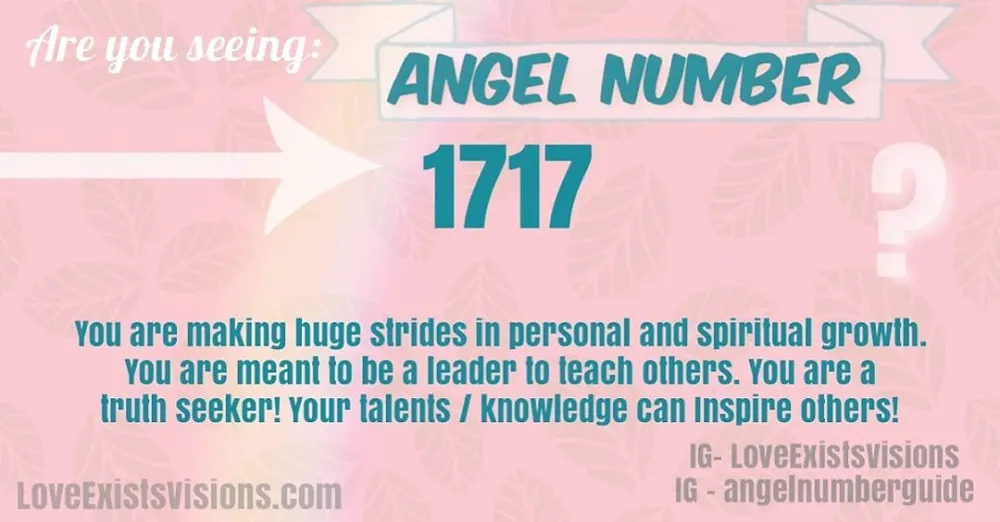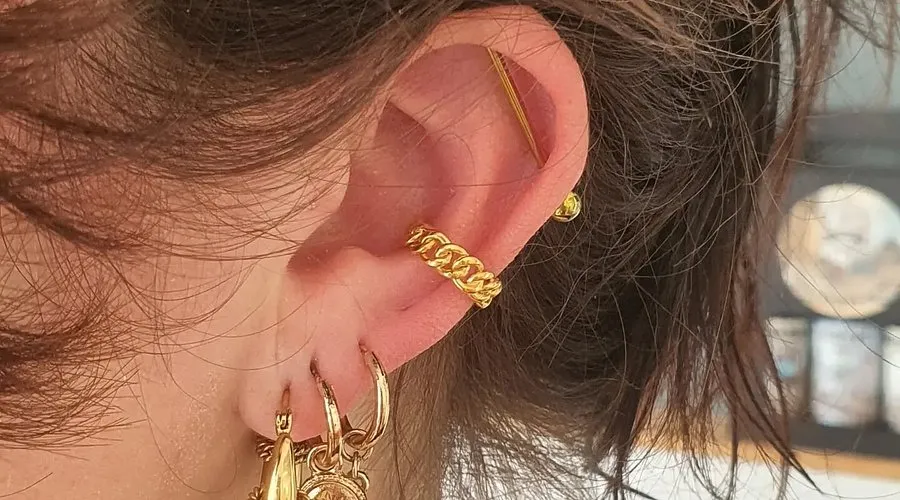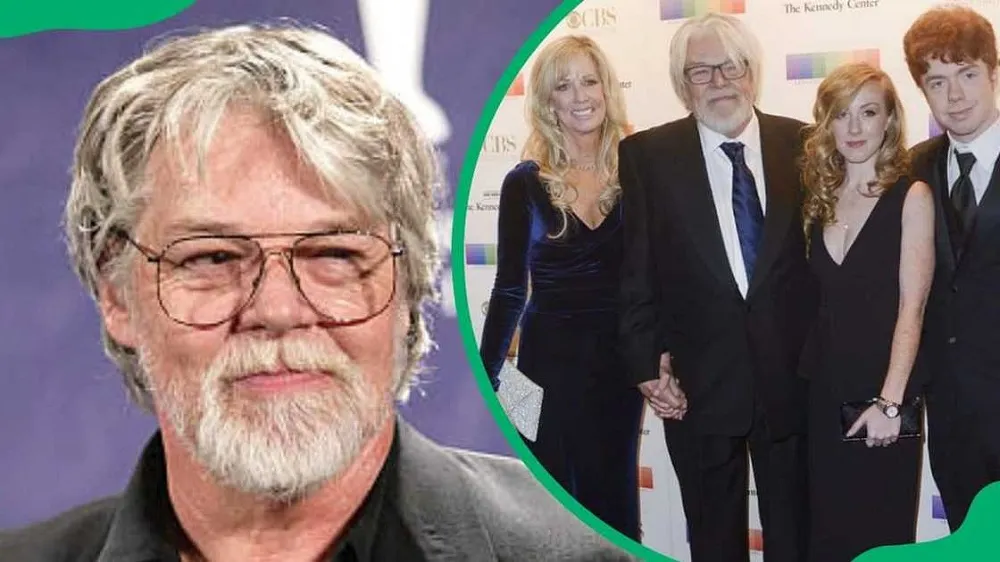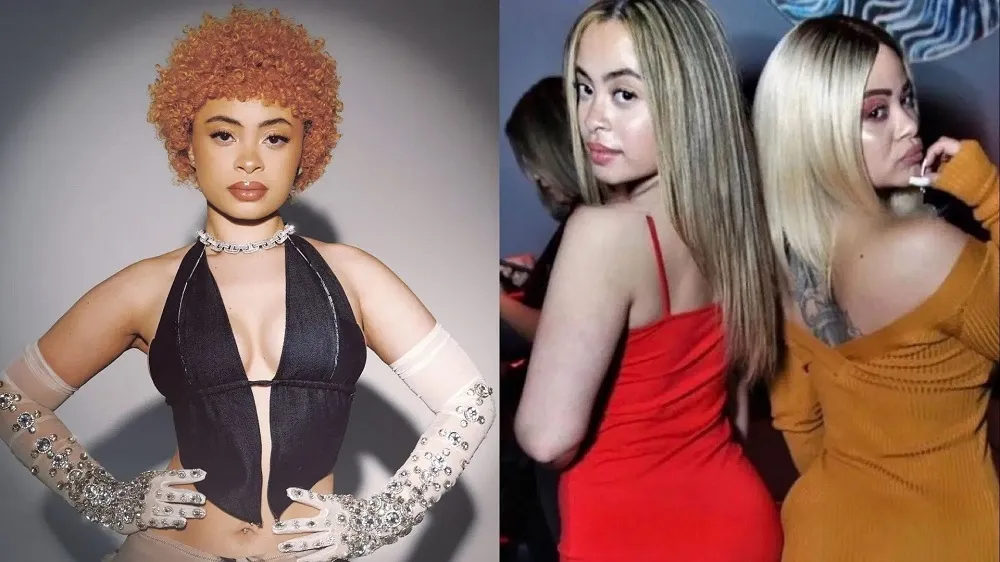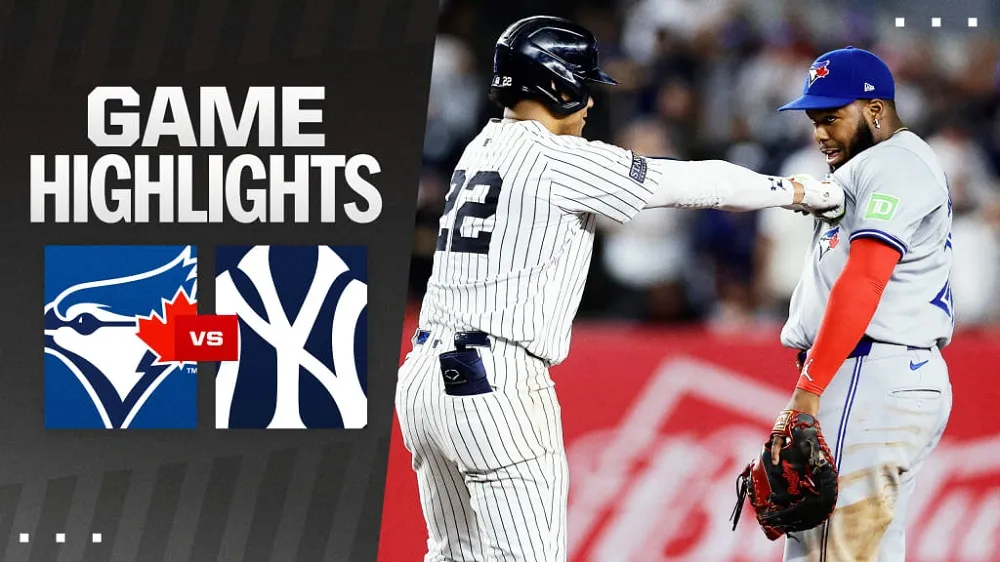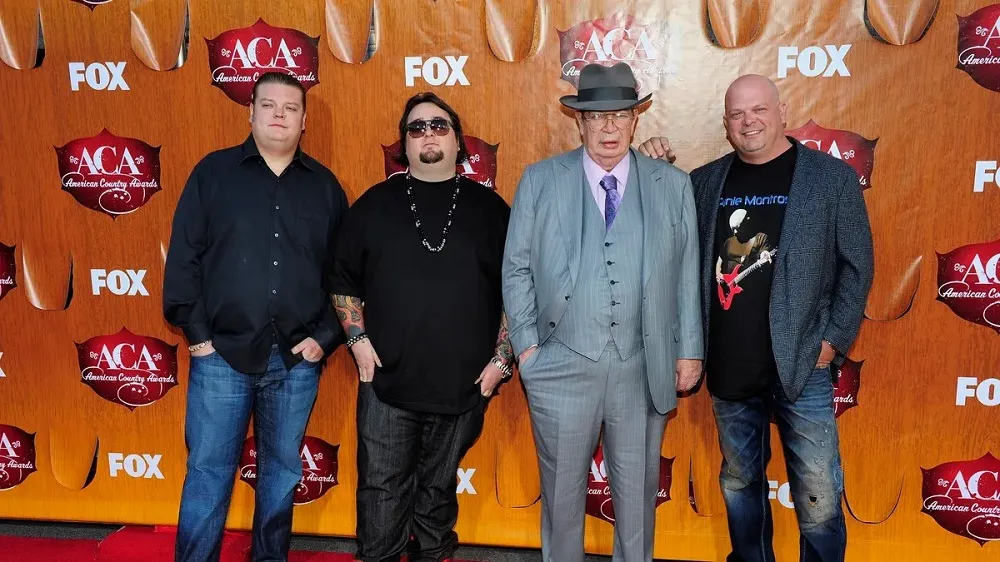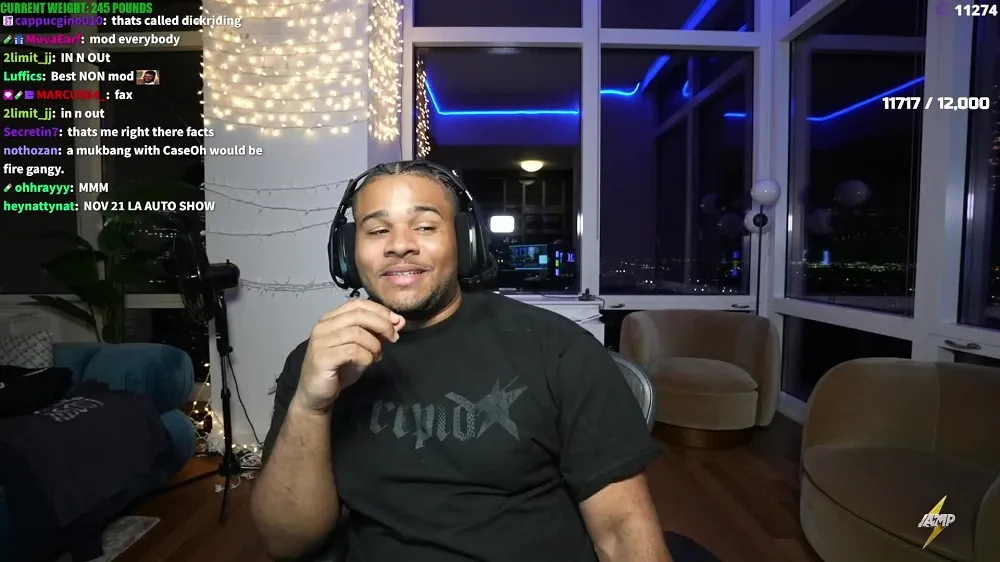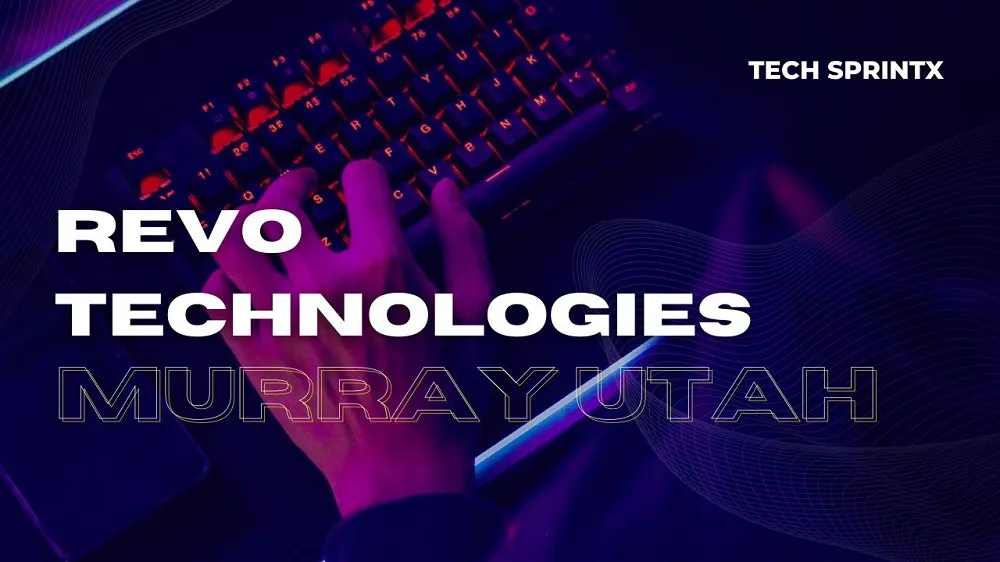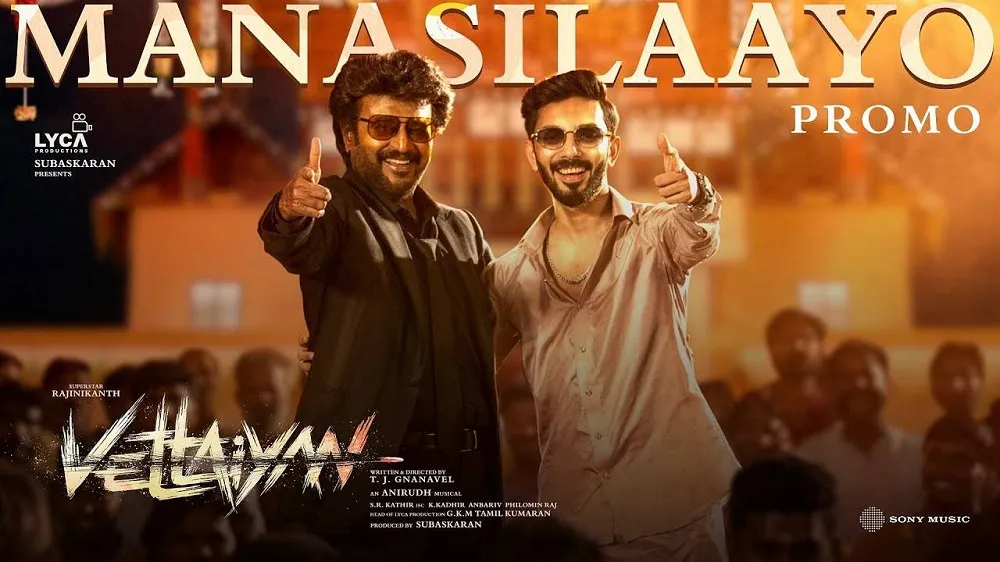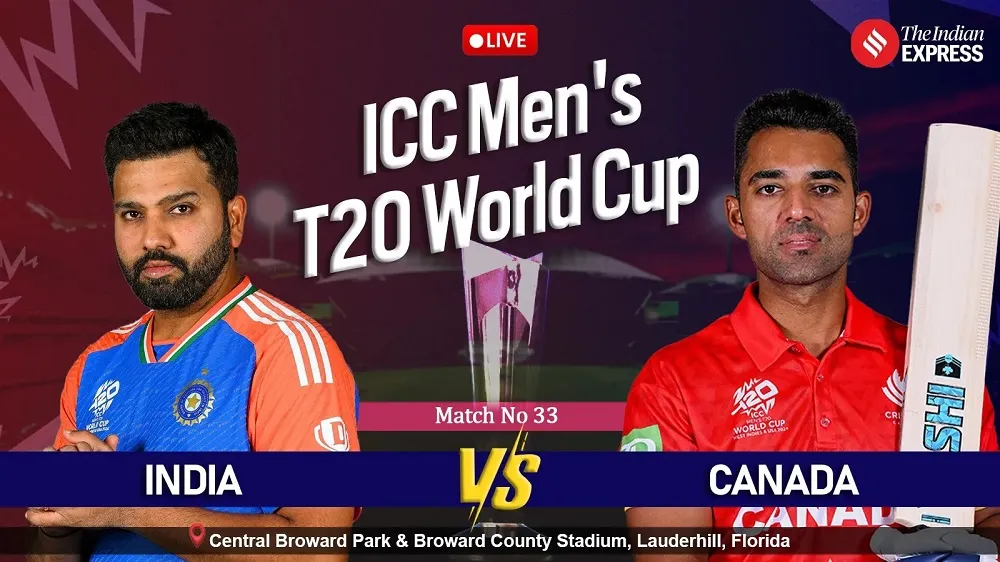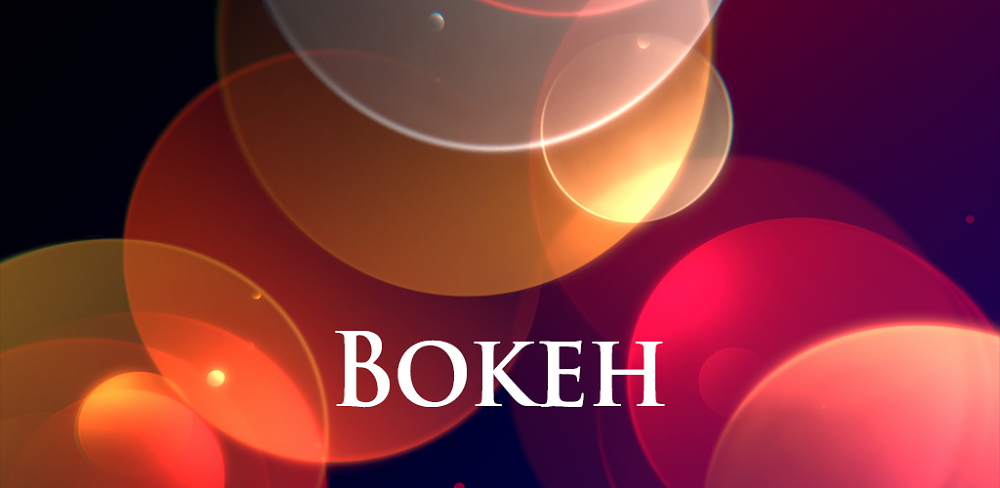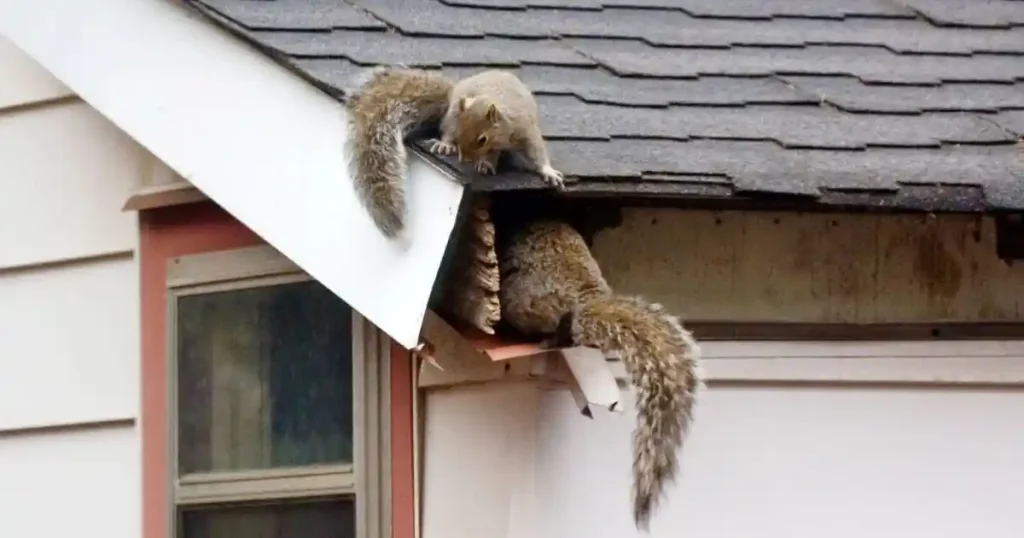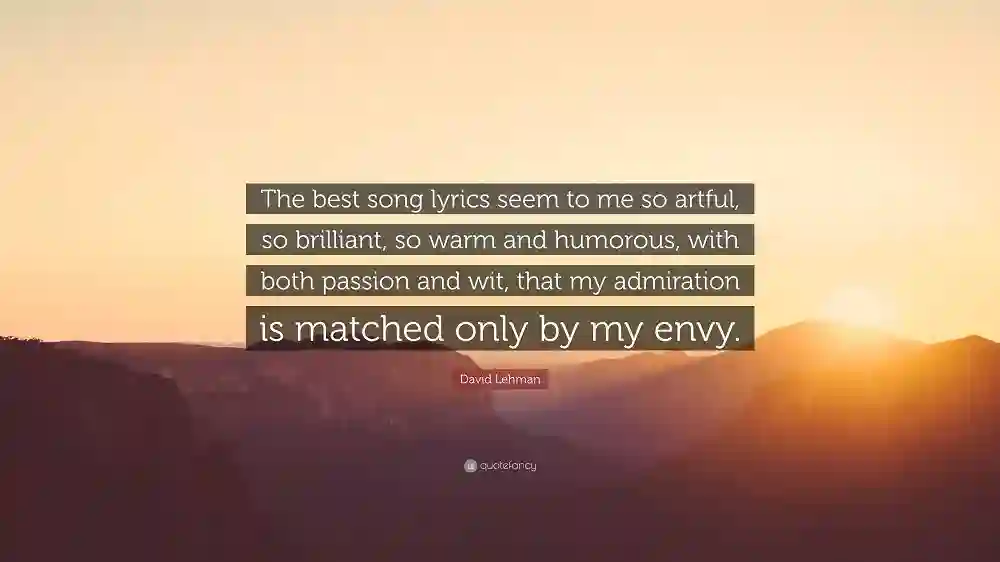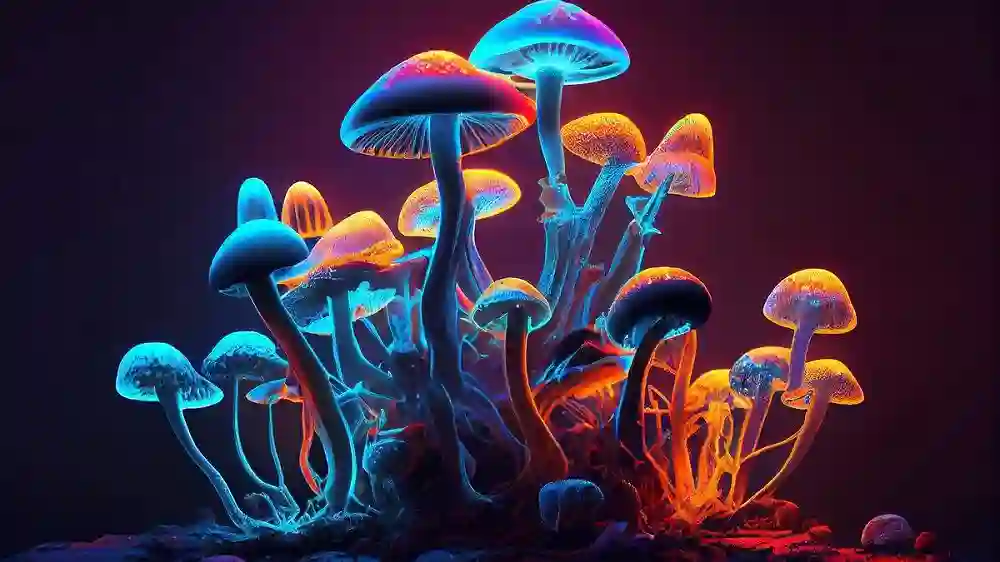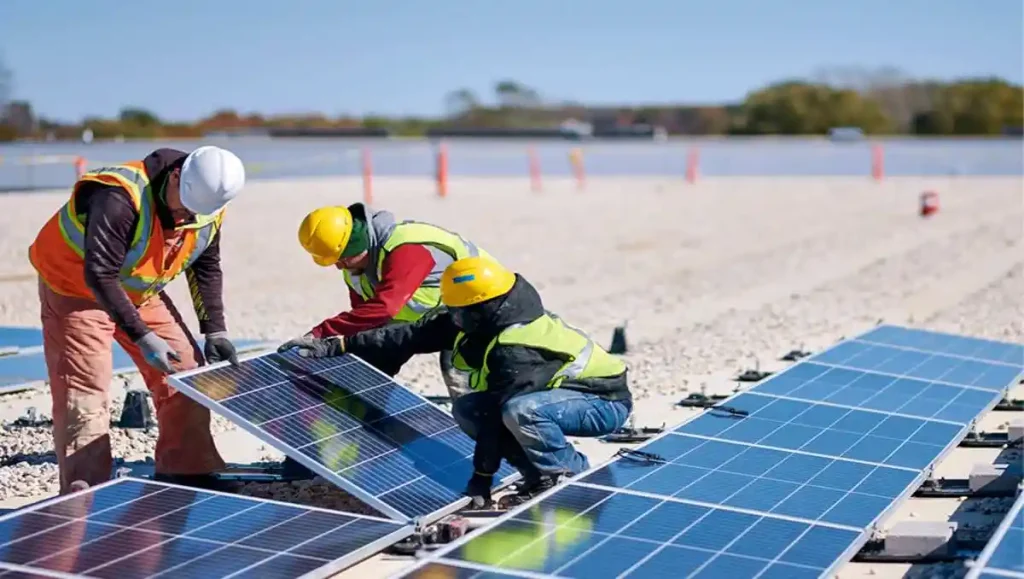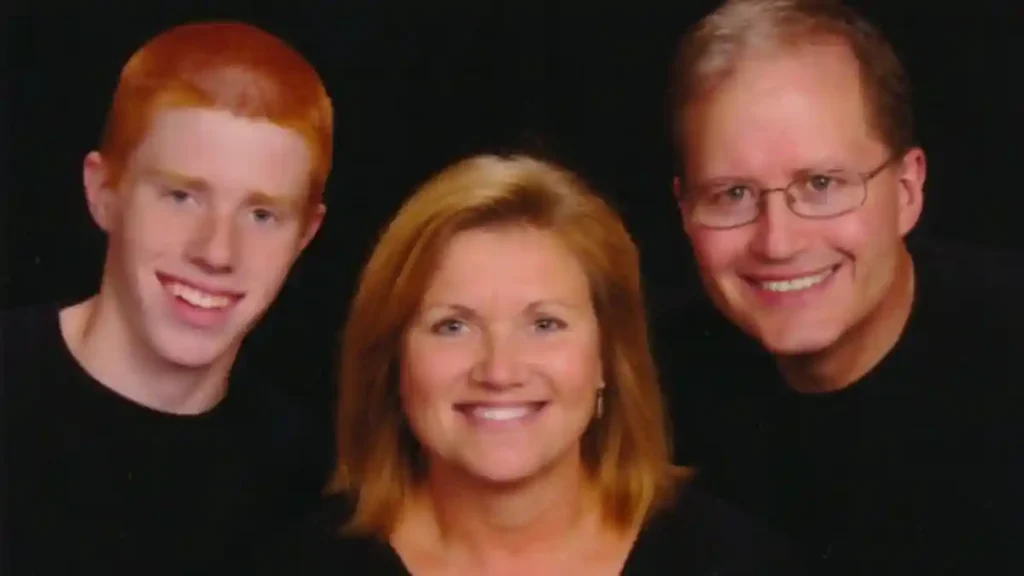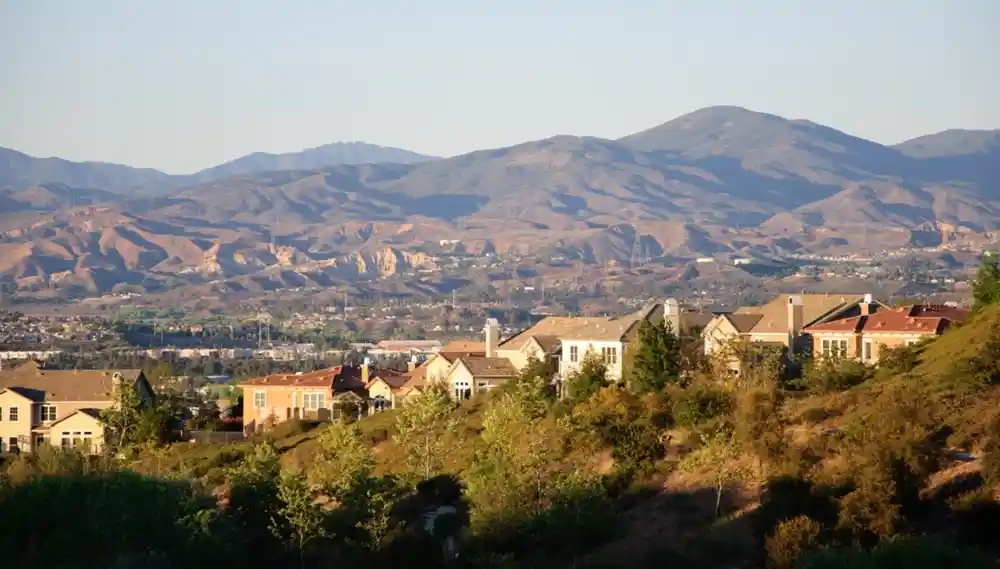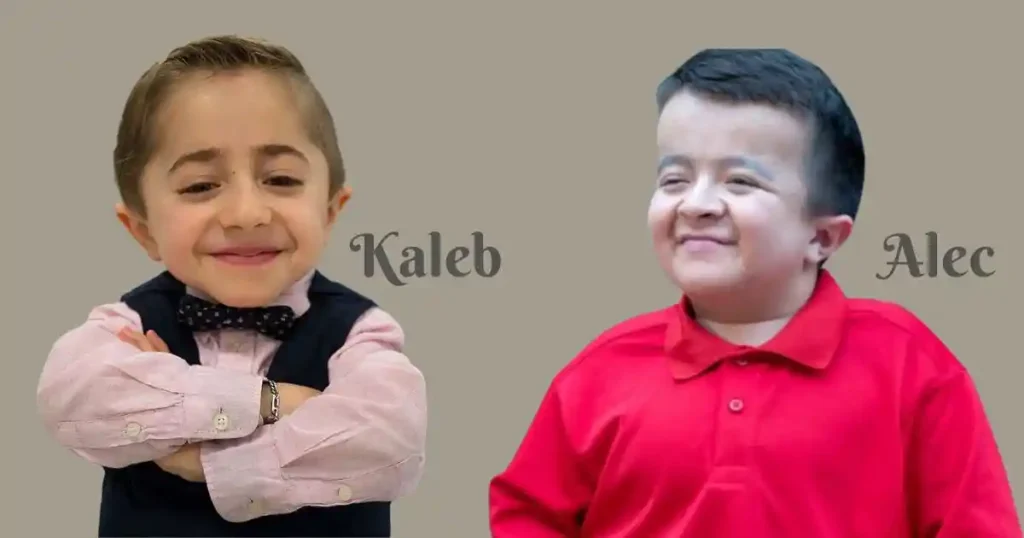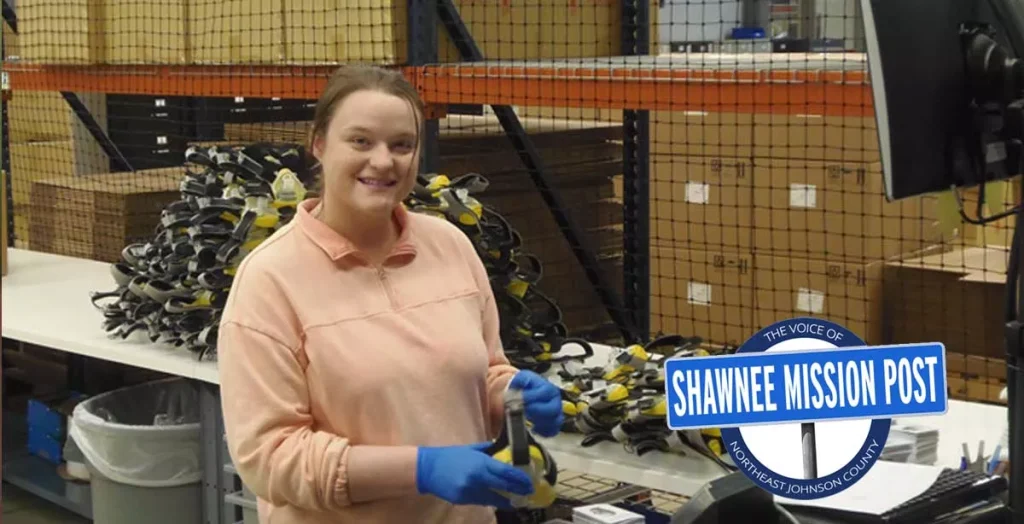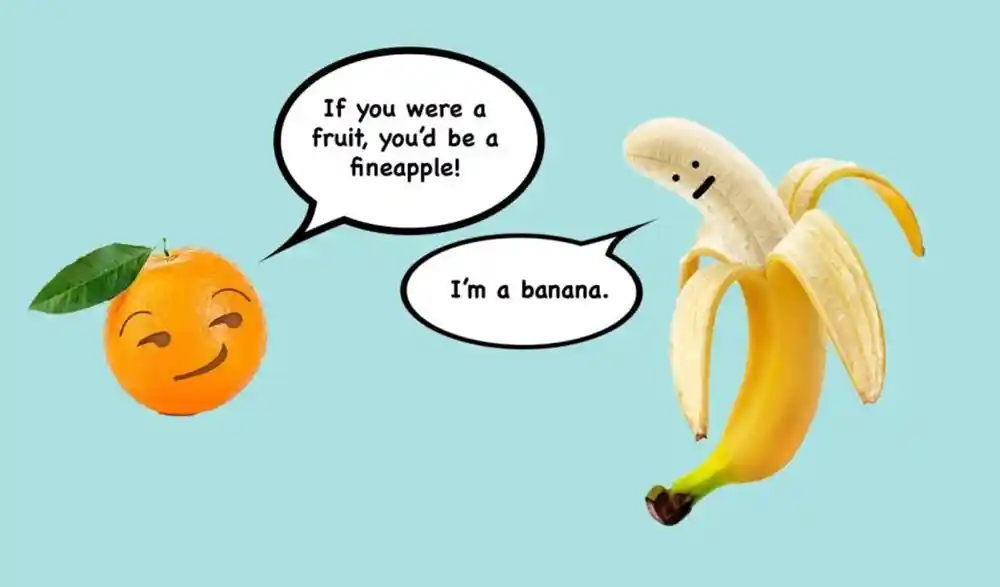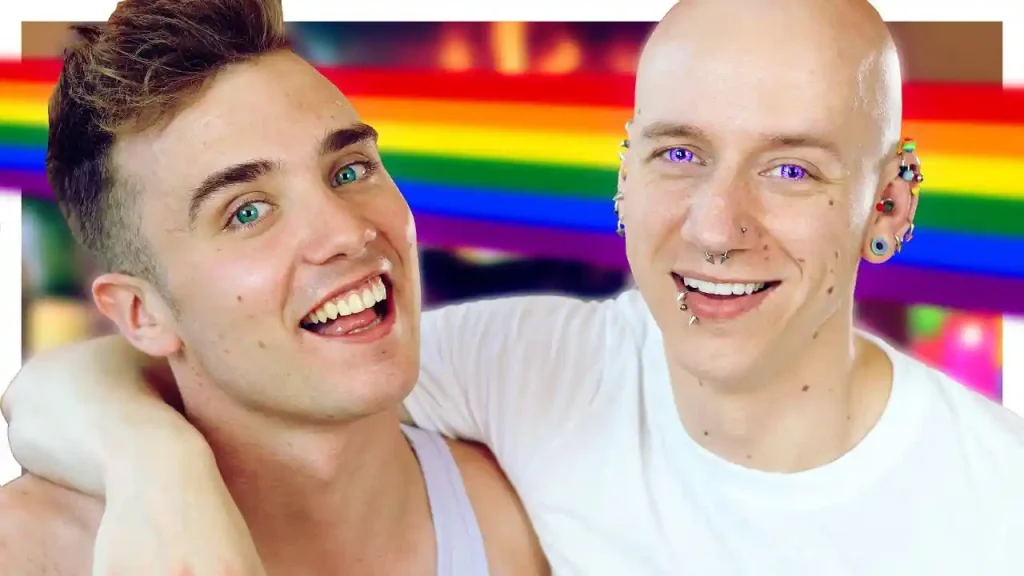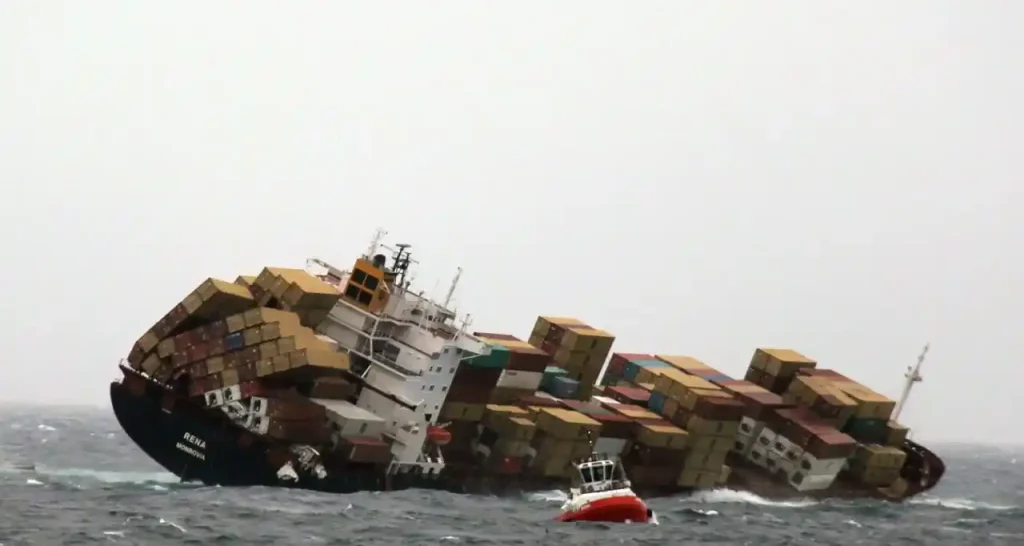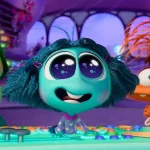Dr. Ratio: The Genius Who Could Change Everything in the World of Science

Dr. Ratio. Ever heard of him? If not, buckle up because you might want to pay attention. I promise, this guy is that scientist—like, the one who could flip science as we know it completely upside down. Sure, we’ve all heard about the next Einstein or the next Darwin, but Dr. Ratio? He’s got something extra—something different, something that might just change everything in the world of science. So, stick with me—this is going to get wild.
Who is Dr. Ratio, Anyway?
Here’s the thing. Dr. Ratio isn’t your typical scientist. I’m talking about someone who doesn’t just go along with what’s already been done. No, no—he’s the guy who throws out the rulebook and writes his own. Born with a fascination for physics, biology, and math, Dr. Ratio doesn’t see these fields as isolated silos. Nah, for him, everything connects. All of it. There’s a ratio behind it—some invisible thread linking the smallest molecule to the largest galaxy. He calls it ratio theory, and it’s this idea that might just unlock the mysteries of the universe.
I mean, can you even imagine? A scientist who doesn’t just pick apart stuff but goes, “Wait, what if the relationship between everything is the real answer?” And this isn’t some theory he just came up with over a weekend of too much coffee. No, he’s been working on this for years. Think of the guy as the rogue agent of science—the one with the ideas no one else wants to consider.
Why Dr. Ratio Could Be the Next Big Thing
So here’s where it gets really interesting. Once, scientists used to think that all we had to do was break things down—smaller and smaller, until we understood everything. For decades, it worked. Sort of. But Dr. Ratio came along and said, “Hold up—what if we stopped looking at the parts and just looked at their relationships?” Sounds simple, right? But trust me, it’s anything but.
Imagine you’re solving a puzzle. You can stare at a piece all day, but you won’t know where it fits until you look at all the other pieces and the way they fit together. That’s exactly what Dr. Ratio is doing with science. It’s all about patterns and proportions—about relationships. He’s like the guy who solves a Rubik’s cube by thinking of the whole picture at once, instead of focusing on individual colors. Sounds like science fiction? Maybe. But I wouldn’t bet against him.
Physics: The Universe, But with a Twist
Let’s talk about the science-y stuff. Dr. Ratio is diving deep into physics, and I’m not talking about “Hey, here’s a new equation” type of deep. I’m talking about flipping how we think about the entire universe. We’ve all heard about Einstein’s relativity, right? Or quantum mechanics? Great theories, don’t get me wrong. But here’s the kicker: there’s still a ton of stuff that doesn’t fit neatly into those frameworks.
Dr. Ratio is over here, with his ratio theory, saying, “Maybe it’s not about finding one perfect formula. Maybe it’s about understanding how different constants interact.” You know, like that one friend who makes everyone laugh just by existing? Yeah, that’s what the ratios are doing in the universe. They connect everything.
Take, for example, the relationship between light and gravity. Yeah, you heard me right—light, the fastest thing in the universe, and gravity, the force that bends everything around it. How do they dance together? We don’t know yet. But Dr. Ratio thinks their interaction holds the key to unlocking the theory of everything. So, while others are still stuck in the old “Is it a particle or a wave?” debate, Dr. Ratio’s already out here trying to connect the dots.
Biology: Evolution, But with New Glasses
Now, Dr. Ratio isn’t just a one-trick pony—oh no. His work in biology is about to knock your socks off. Remember the first time you learned about evolution? Survival of the fittest, natural selection—makes sense, right? But have you ever stopped and wondered, “What if there’s more going on than just survival?” Well, Dr. Ratio has.
He believes that evolution doesn’t just happen because of random mutations or environmental pressures alone. Nope. It’s all about the relationships between genetic factors, environmental forces, and evolutionary timelines. So, instead of looking at a single gene and saying, “This mutation makes the species more fit,” Dr. Ratio zooms out and says, “How do the genes, the environment, and the entire history of the species influence each other?” Yeah, that’ll change how we look at things like drug resistance or aging.
One time, I tried to breed plants to be more resilient, and let me tell you, it was a disaster. I mean, I thought a little water and sunlight would solve everything. But no. The whole “adaptation to the environment” thing? Yea, that’s complicated. Dr. Ratio’s theory might just make things clearer—for me, and for the rest of us who are tired of losing our garden experiments.
Artificial Intelligence: A New Way to Think About Machines
Alright, brace yourselves—Dr. Ratio is also shaking things up in artificial intelligence. We’re talking about the kind of AI that doesn’t just spit out answers from an algorithm. Nope. He’s suggesting that AI should work by understanding how different data points interact, not just analyze them individually. I don’t know about you, but this sounds like the future.
My first attempt at using AI for anything was a nightmare. The machine couldn’t even pick up a joke. I tried asking it for a funny response, and it gave me, “I’m sorry, I didn’t understand your input.” Ugh, so much for humor, right? Anyway, fast forward, and now Dr. Ratio’s approach could make AI systems better at predicting complex outcomes—not by cramming more data into them, but by teaching them how different pieces of data play together.
Think of it like this: instead of AI just memorizing answers, it’ll start understanding the relationships between pieces of information. AI could learn to adapt, to see patterns we’ve missed. And, maybe someday, it won’t just make decisions—it’ll make the right decisions.
Climate Science: Solving Problems with New Thinking
Alright, don’t zone out on me just yet. Dr. Ratio’s influence could change everything in climate science too. Now, I’m not going to pretend like I’m an environmental expert (I still can’t figure out how to recycle properly). But Dr. Ratio’s ideas could lead to some wicked breakthroughs when it comes to the climate crisis. Why? Because the way we think about the environment is a mess of interconnected systems—oceans, the atmosphere, ecosystems—and we need to see how they talk to each other, not just study them in isolation.
I remember this one time I read a study that claimed changing the way we farm could fix half of climate change. I was like, “Wait, what?” And then I realized—it’s all about those interconnected systems. Maybe Dr. Ratio’s ratio theory could actually help us understand the full picture and fix things faster than we think. Fast-forward to 10 years from now, and maybe my grandkids will look back and say, “Thank goodness Dr. Ratio existed.” At least, I hope they will.
The Global Impact of Dr. Ratio’s Work
Dr. Ratio’s influence won’t just be limited to the science world, though. No, this guy’s ideas could shift the entire way we live. The guy is onto something that could impact technology, healthcare, sustainability, and more. Imagine solving hunger by understanding how food distribution systems work in relation to supply and demand. Or, maybe even solving world poverty by analyzing the ratios between economic growth and resource consumption. Dr. Ratio’s approach could redefine how we tackle every big problem out there.
And honestly? That’s the kicker. If this whole “ratio theory” thing takes off, we might be looking at a whole new era of science. No more chipping away at one tiny issue at a time. No, we’d be seeing science as a web of interconnected problems—problems that, if solved, could change the world.
Wrapping It Up: Dr. Ratio, the Scientist Who Could Change Everything
So, what does the future hold for Dr. Ratio? Who knows. I’m not saying the guy is the next coming of Einstein or anything, but his ideas sure have the potential to make a massive impact. Once the scientific community catches on to his work—and trust me, they will—science could be in for one heck of a ride. I can’t wait to see what he does next.


